Janesville, Wisconsin, established in the early 1830s, saw significant growth in the late 19th century. Located along the Rock River, it became a bustling town with a mix of agriculture, industry, and commerce. This period was marked by expansion and development, transforming Janesville into a key hub in Wisconsin.
Economic Growth and Industry
The late 1800s were a time of rapid industrialization for Janesville. The arrival of the railroad in the 1850s had already boosted the local economy, making it easier to transport goods and raw materials. By the late 19th century, Janesville had several mills and factories, producing a variety of goods.
One of the most important industries was flour milling. The town had several mills, powered by the Rock River, which produced flour that was shipped across the region. These mills made Janesville an essential part of Wisconsin’s agricultural economy..
Read more
Another significant industry was tobacco processing. Farmers in the surrounding areas grew tobacco, which was then processed in Janesville’s factories. This industry provided jobs for many residents and contributed to the town’s prosperity.
The Rise of Commerce
As Janesville’s industries grew, so did its commercial sector. The downtown area became a bustling center of activity with shops, markets, and businesses catering to the needs of the growing population. General stores, hardware shops, and other retail establishments lined the streets, providing goods and services to residents and visitors.
Banks also played a crucial role in the town’s growth. The late 19th century saw the establishment of several banks in Janesville, which helped finance new businesses and infrastructure projects. These financial institutions supported the local economy and contributed to the town’s development.
Transportation and Infrastructure
Transportation was vital for Janesville’s growth. The Chicago & North Western Railway and the Milwaukee Road provided critical links to major cities like Chicago and Milwaukee. These railroads made it easier to export products from Janesville’s mills and factories and import goods needed for local consumption and business.
The town also invested in its infrastructure. Streets were paved, and new bridges were built over the Rock River, improving connectivity within the town. Public buildings, such as schools and a public library, were constructed, enhancing the quality of life for residents.
Social and Cultural Life
Janesville in the late 19th century was not just about work and industry; it also had a vibrant social and cultural life. Churches played a central role in community life, with several denominations establishing congregations in the town. These churches often served as community centers, hosting social events and gatherings.
Education was also a priority. Janesville built several schools to accommodate the growing population of children. The town’s commitment to education was evident in the establishment of the Janesville Public Library in 1884, providing residents with access to books and knowledge.
Social clubs and organizations flourished during this period. Groups like the Odd Fellows and the Masons provided social opportunities and support networks for their members. These organizations often held events and activities that brought the community together.
Challenges and Changes
Despite its growth and prosperity, Janesville faced challenges in the late 19th century. Economic fluctuations affected industries, and occasional crop failures impacted the agricultural sector. Fires were also a constant threat, with several significant blazes causing damage to buildings and infrastructure.
One notable fire occurred in 1871, destroying much of the downtown area. However, the community quickly rebuilt, with many new buildings constructed of more fire-resistant materials. This resilience demonstrated the determination of Janesville’s residents to overcome adversity and continue growing.
The People of Janesville
The late 19th century was also a time of demographic change for Janesville. Immigrants from Europe, particularly from Germany, Ireland, and Scandinavia, settled in the town, contributing to its cultural diversity. These new residents brought with them different traditions and customs, enriching the community.
Many of these immigrants found work in the town’s factories and farms. Their hard work and dedication played a significant role in Janesville’s economic success. The blending of different cultures created a vibrant and dynamic community.
#1 St Patrick’s Roman Catholic Church before the convent was built behind it, Janesville, Wisconsin, 1899
#2 View across street of City Hospital, Janesville, Wisconsin, 1892.
#3 The No. 1 Cotton Mill. Plank sidewalk in foreground, 1893
#4 An interior view of the front parlor at 165 N. High Street, 1898
#5 Railroad Hotel that was once located near the railroad yard on Beloit Avenue in south Janesville, 1880
#6 Looking northwest from the Methodist Episcopal Church, Main Street, with trolley track running down the center of the street, Janesville, Wisconsin, 1893.
#7 Elevated view over river of Dodge Street in Janesville looking west, Janesville, Wisconsin, 1870.
#8 View down Madison Street with houses along sidewalk, 1893
#9 Crystal Springs, a popular park 3 miles north of Janesville, 1850.
#10 St. Mary’s Catholic Church, 1876.
#11 Interior of the State School for the Blind, perhaps a study or room for recreation, Janesville, Wisconsin, 1893.
#12 Elevated view looking down Court Street in Janesville toward the west, Janesville, Wisconsin, 1870.
#13 Elevated view looking down Court Street in Janesville toward the west, 1870
#14 The First National Bank at the corner of River and Milwaukee Streets, 1890s.
#15 First Congregational Church, 1860
#16 Monterey Rock, 1875
#17 The YMCA building in Janesville, Janesville, Wisconsin, 1899
#18 Several looms in the instructional weaving facility at the State School for the Blind, Janesville, Wisconsin, 1893.
#19 Music recital room at the State School for the Blind with seven rows of seating, a piano and cello, Janesville, Wisconsin, 1893.
#20 Institution for the Education of the Blind, 1865
#21 Janesville City Hospital, 1893
#22 Elevated view of the town with All Souls Church in the bottom right corner, 1893
#23 Right side view of Chicago, Milwaukee & St. Paul Railway locomotive engine no. 632., 1886
#24 St. Patrick’s Catholic Church, which was built about 1800 at 315 Cherry Street, 1864.
#25 View down Madison Street with houses along sidewalk, Janesville, Wisconsin, 1893.
#26 Exterior of the second Rock County Court House which stood from 1896 to 1955, Janesville, Wisconsin, 1875.
#27 Milwaukee Street looking east in Janesville, Janesville, Wisconsin, 1870. The Myers House is located at the top of the hill.
#28 Jefferson School, built on the site of the first cemetery in Janesville, Janesville, Wisconsin, 1870.
#29 Elevated view of the busy streets of Court and Milwaukee, Janesville, Wisconsin, 1870.
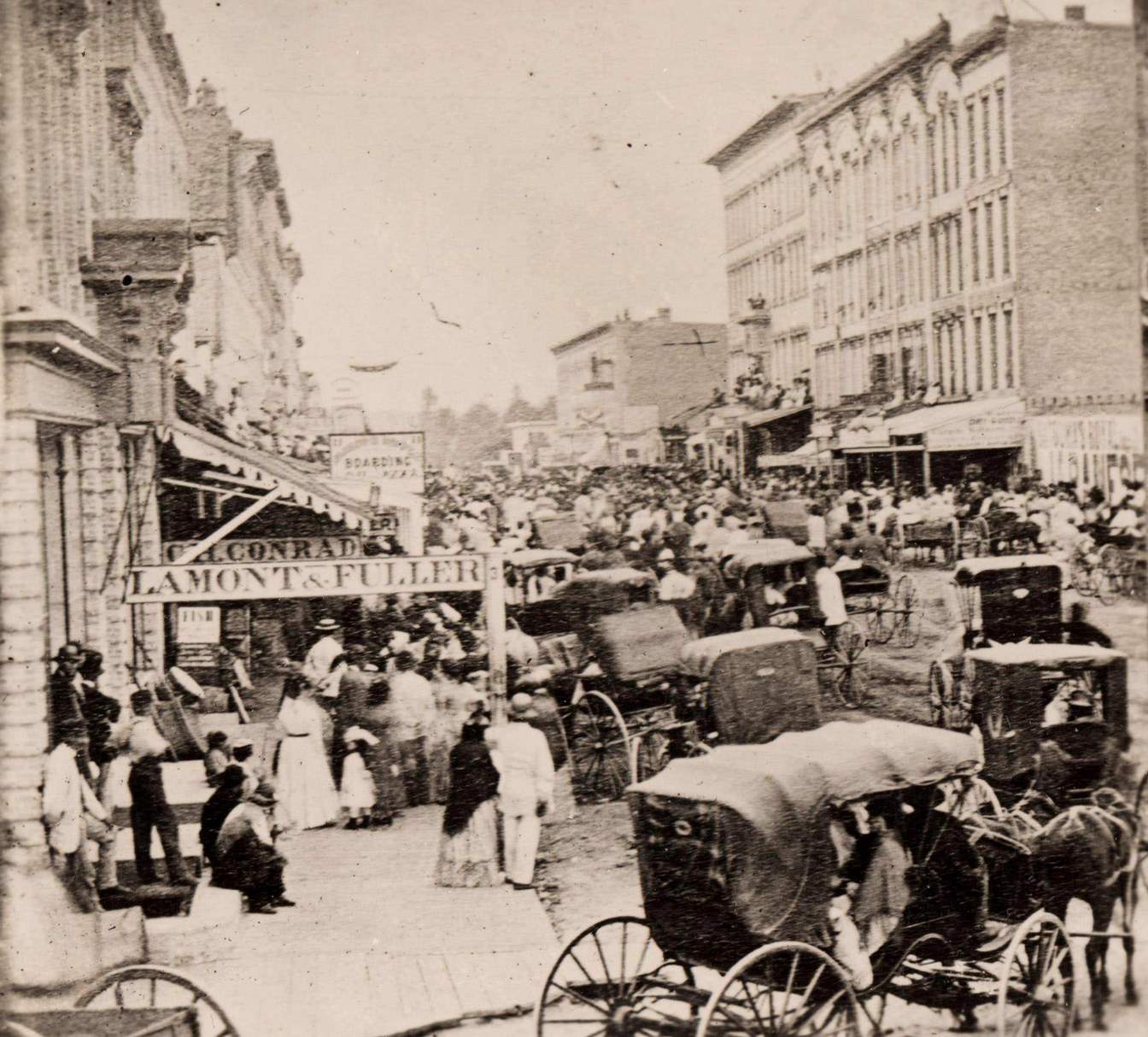
Three prominent buildings in view are: Court Street Methodist Church on the far left (b. 1868), with stores on the ground floor; (Lamont & Fuller); the Meyers House (fourth tall structure from the right); and the Young America Hall (to the right of the Meyers House). The Smith Block, NE corner of Main and Milwaukee (across from the Meyers House) does not show, but was constructed c. 1871, which dates the picture 1868-1871
#30 Elevated view of Milwaukee Street, Janesville, Wisconsin, 1865.
#31 Milwaukee Street looking west with small dog in foreground, Janesville, Wisconsin, 1865.
#32 Elevated view of Janesville with a residential area in the foreground and the business district in the background, Janesville, Wisconsin, 1860.
#33 Bird’s-eye view of Janesville from the High School building, 1860
#34 View across street of City Hospital, 1892
#35 Elevated view over river of Dodge Street in Janesville looking west, 1870
#36 Jefferson School, built on the site of the first cemetery in Janesville, 1870
#37 The Kimball and Lowell Hardware Store located on the corner of Franklin and Milwaukee Streets, 1887
#38 The Lappin Block, 1892
#39 Looking northwest from the Methodist Episcopal Church, Main Street, with trolley track running down the center of the street, 1893
#40 Milwaukee Street in Janesville, 1865
#41 View from along right side of bridge of Milwaukee Street looking east in Janesville, 1870
#42 The Rock River, 1868
#43 Rock County Court House, 1875
#44 Stereograph of the Rock County Court House, 1890
#45 View of the Janesville Countryside, 1860
#46 View from the south, with a railroad in the foreground, a river in the middle distance, and Janesville in the background, 1893
#47 Elevated view of Janesville with a residential area in the foreground and the business district in the background, 1860
#48 View from the cupola of the old Jefferson School. The large building in the upper left is the Hyatt House, which burned in 1867.
#49 Aerial view of a residential part of Janesville, 1865
#50 Elevated View of Milwaukee Street, 1865
#51 An elderly man stands in a room holding a small girl, 1898
#52 Stereograph of the Rock County Court House, 1890
#53 Milwaukee Street looking west from the Jackman Building includes a horse and buggy, the Valley Chief Reaper Gun Shop, and a furniture store, 1850
#54 Milwaukee Street, West, 1860
#55 Hyatt House Hotel, 1856
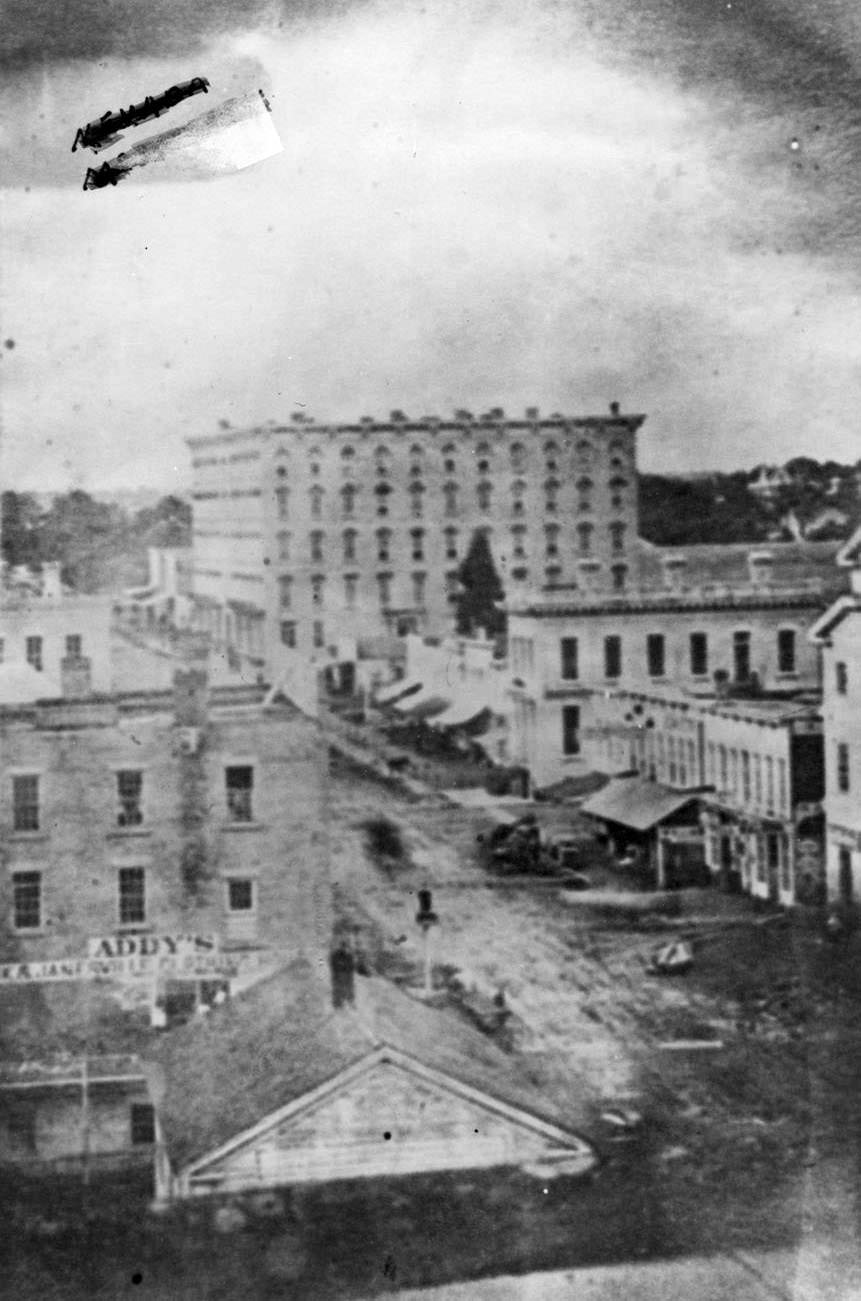
Janesville's Hyatt House Hotel and its environs before the hotel burned down: A. Hyatt Smith built the Hyatt House on the site of the old Stevens House Hotel on the west side of the Rock River around 1856. The Stevens Hotel burned down on April 1, 1853. West Milwaukee and Franklin Street is the 2005 corner on which this hotel stood. Five stories high and built of brick, the Hyatt House was the most elaborate of the city's nineteenth-century hotels. Its dining room could seat 400-500 guests at one time. The building was destroyed by fire on October 12, 1867. Chester A. Arthur is said to have stayed at the Hyatt House in 1857, before he was president, when he was on a tour of the West on a prospecting trip. Stephen A. Douglas, a Democratic candidate for President against Abraham Lincoln, gave a campaign speech at this hotel.
#56 Railroad roundhouse with wood-burning locomotives, 1860
#57 Civil War soldiers lined up in Janesville, 1860
#58 Railroad roundhouse, Chicago and North Western Roundhouse in south Janesville, 1864
#59 A marching band marching down Janesville’s unpaved Main Street in a Fourth of July parade, 1869.
#60 Early woolen mill, Janesville, 1870
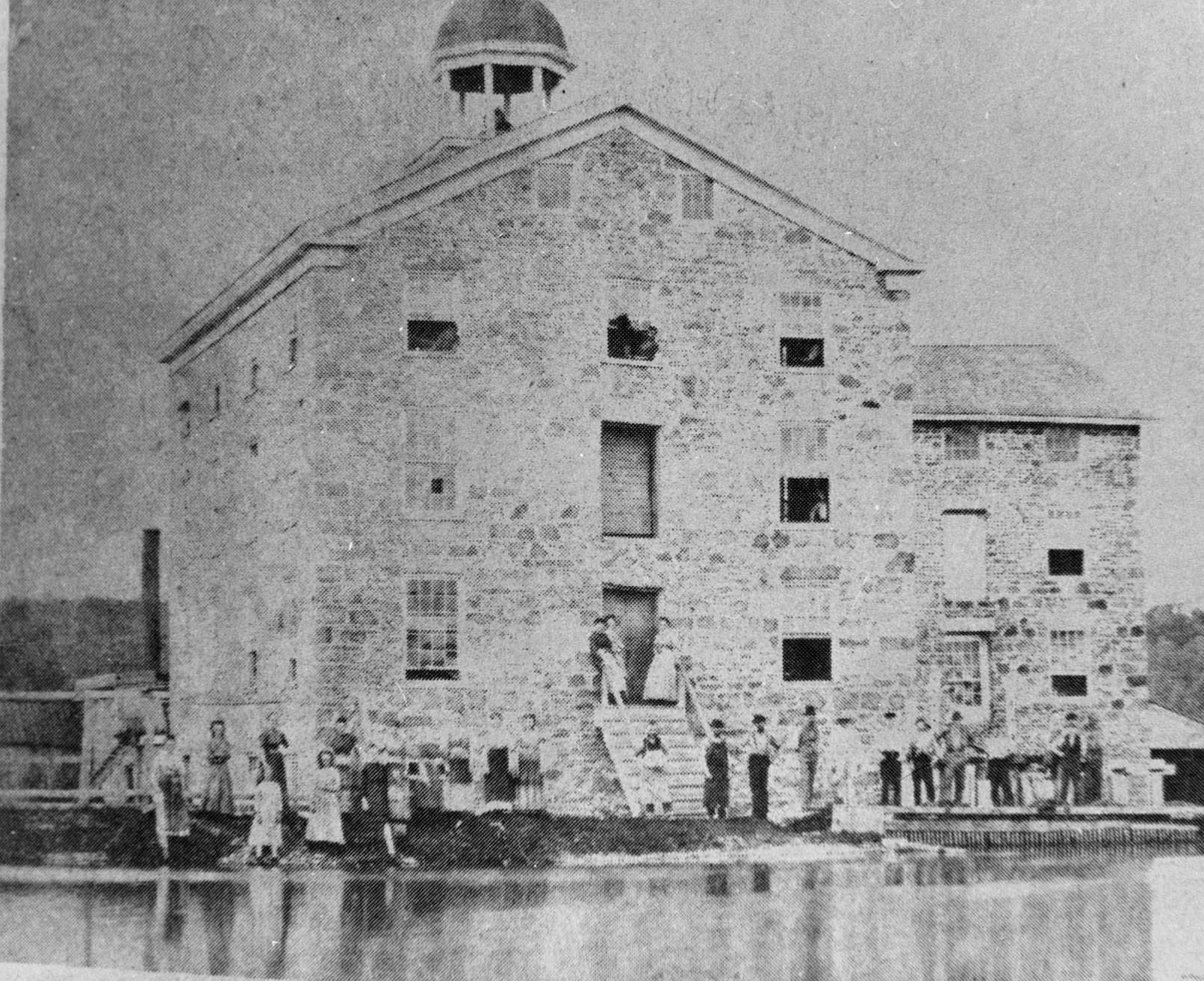
PJanesville's first woolen mill built in 1849. Men, women, and child laborers stand in front of the stone three-story structure, said to be on the site of what became the Panoramic Corporation and thus the longest continuously occupied industrial site in the city. This may be the oldest photograph in existence showing a Janesville labor force at its place of employment. The mill was constructed in 1849 as the Whitaker Mill. F. A. Wheeler and Sons then ran it. Payne, Hastings, and Co. took over the mill sometime between 1866 and 1870. In 1873, the company was reorganized as the McLean Woolen Mills. Around the turn of the twentieth century, it became known as the Rock River Woolen Mills. The stone building in this photo burned down around 1881 and was replaced by a new structure which was still standing in 1982 as part of the Panoramic complex. A JANESVILLE GAZETTE article from March 11, 1871, described what went on on each floor of the mill: the lower level was used for storage.
#61 D. D. Wilson’s Music Store and the Park Shoe Store, at the northwest corner of Court and Main Streets, 1870
#62 Rock County Jail, 1871
#63 Rock County Courthouse, 1871
#64 Myers House Hotel and Todd’s Brewery on Milwaukee Street, 1875
#65 Myers House Hotel from South Main Street. Photo includes an unpaved street, a horse and coach, 1875
#66 Myers House Hotel, 1880
#67 Janesville Machine Company, 1880
#68 Claremont S. Jackson home in Janesville, 1880
#69 Milwaukee and Main Street, 1882
#70 “Enterprise” steamboat and “Bower City Belle” boat on the Rock River, June 1884
#71 Janesville Cotton Mills building at 216-220 North Franklin Street, 1888
#72 Janesville residences, schools, churches, street scenes, bridges and dams, 1888
#73 William Henry Tallman House at 440 South Jackson Street in Janesville, 1888.
#74 Janesville City Hospital, 1890
#75 Kate and Ellen Nelson on Park Avenue with an older couple, 1890
#76 A building with a mansard roof at the corner of Franklin and Milwaukee Streets in Janesville, 1890
#77 West Milwaukee Street near Jackson Street looking east, 1890
#78 Elks Carnival Parade on Milwaukee Street in August, 1890
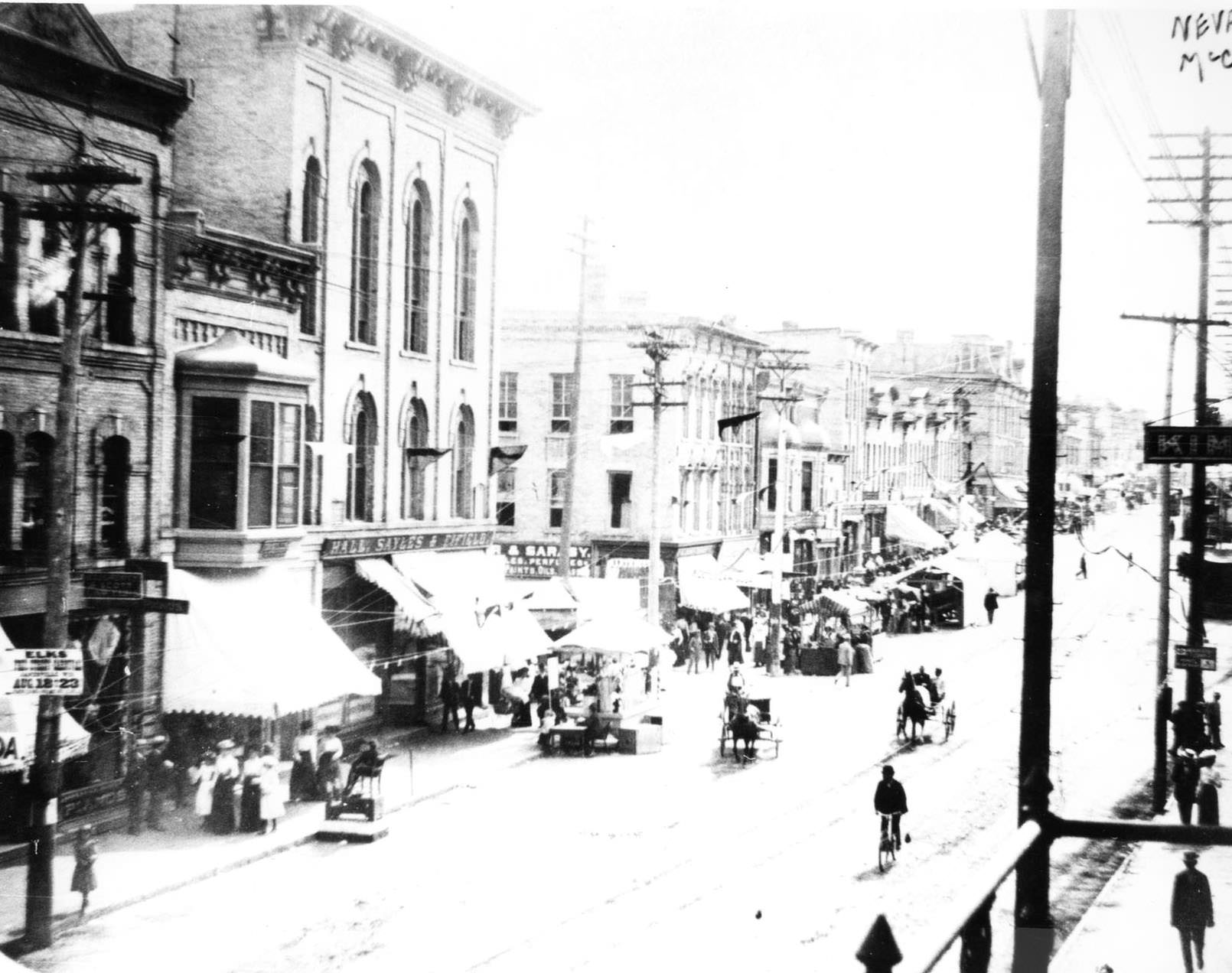
Photo one, on the corner of River and Milwaukee Streets, includes views of the Hall, Sayles and Fifield Jewelry Store, Sarasy Drugs, and Kimball Undertaking as well. In the street are horse-drawn carriages, stores with awnings, and a man on a bicycle are seen: Photo two shows the parade crossing Milwaukee Street bridge. Chauncy Miltimore leads the parade on horseback followed by a a marching band.
#79 Rock County Courthouse in Janesville is taken from a street in winter, 1890.
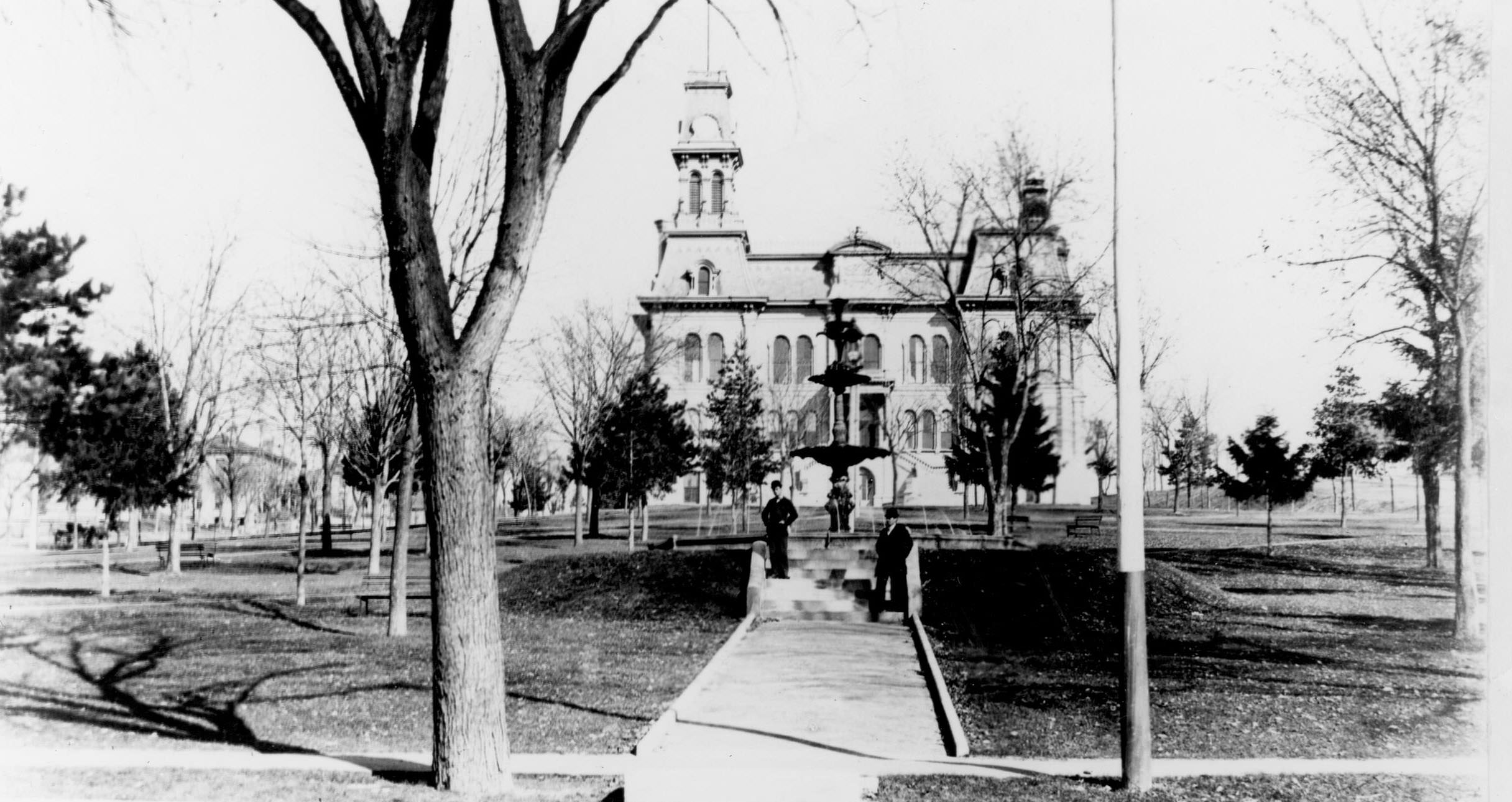
The trees are bare, and there are two men in dress coats and hats on either side of the three-tiered fountain in front of the courthouse in the area called Lower Courthouse Park. The first courthouse, a wooden affair, was built in 1842 but was consumed by fire in 1858. The second courthouse opened on February 1, 1871 and was razed in 1957 to make way for a third courthouse.
#80 Hotel Corneau on the corner of Main and First Street in Janesville, 1890
#81 Kate and Ellen Nelson in front of their house with dog and horse-drawn carriage, 1890
#82 Main Street as seen from Milwaukee Street in the 1890s
#83 Fourth Avenue bridge looking south down the Rock River, 1890.
#84 Corn Exchange fountain, 1890
#85 Jackson Street merchants with their wares, 1890
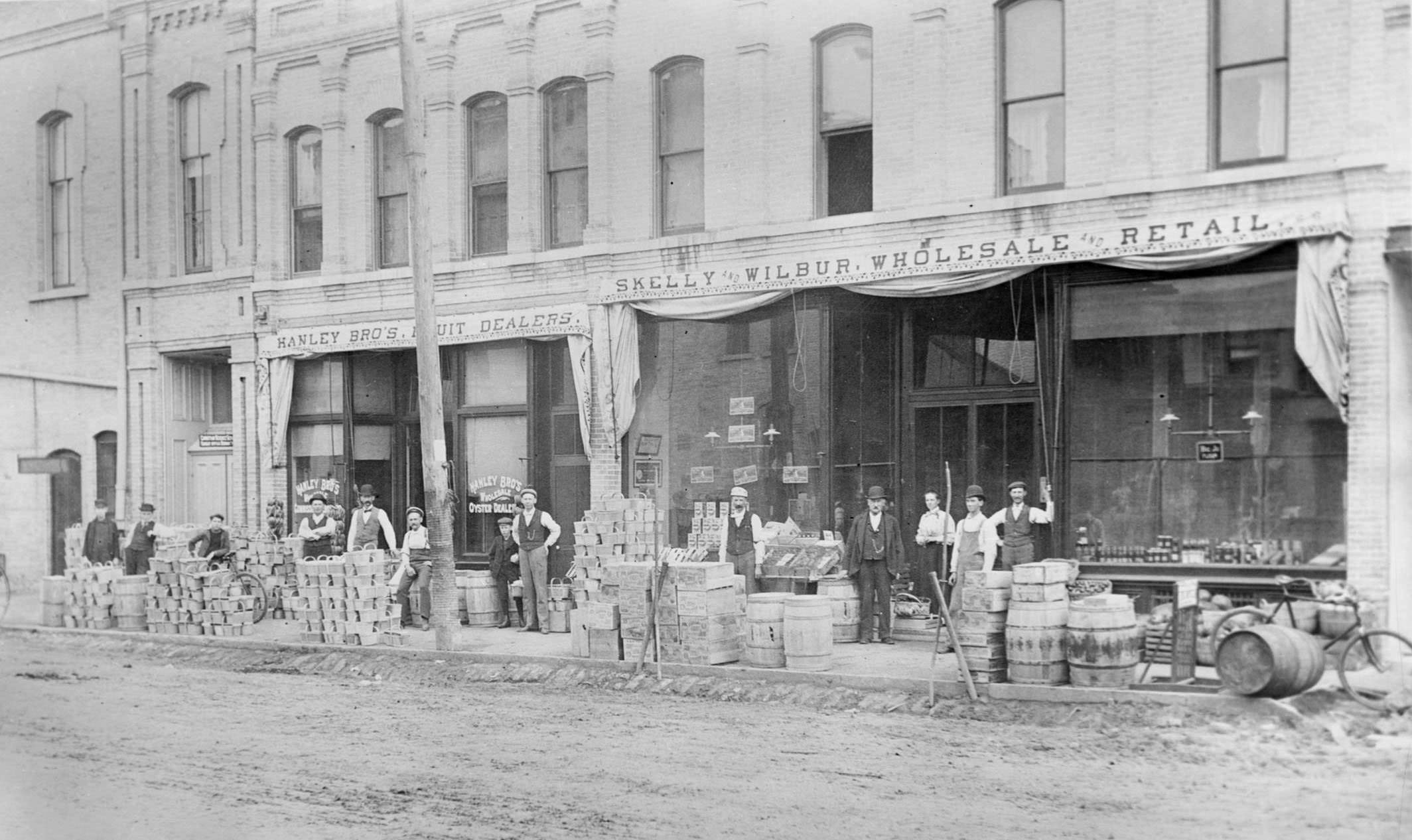
A street scene of merchants on Jackson Street standing outside their stores with many of their wares, including baskets and barrels. Hanley Bros. Fruit Dealers, Skelly and Wilbur Wholesale and Retail are the stores identified by their signs. John Hyzer is said to be one of the men in the photo. The street is unpaved. This batch of retail stores later became the Cain Ashcraft Building (11 South Jackson Street).
#86 Five men outside their grocery store on River Street in Janesville, 1890.
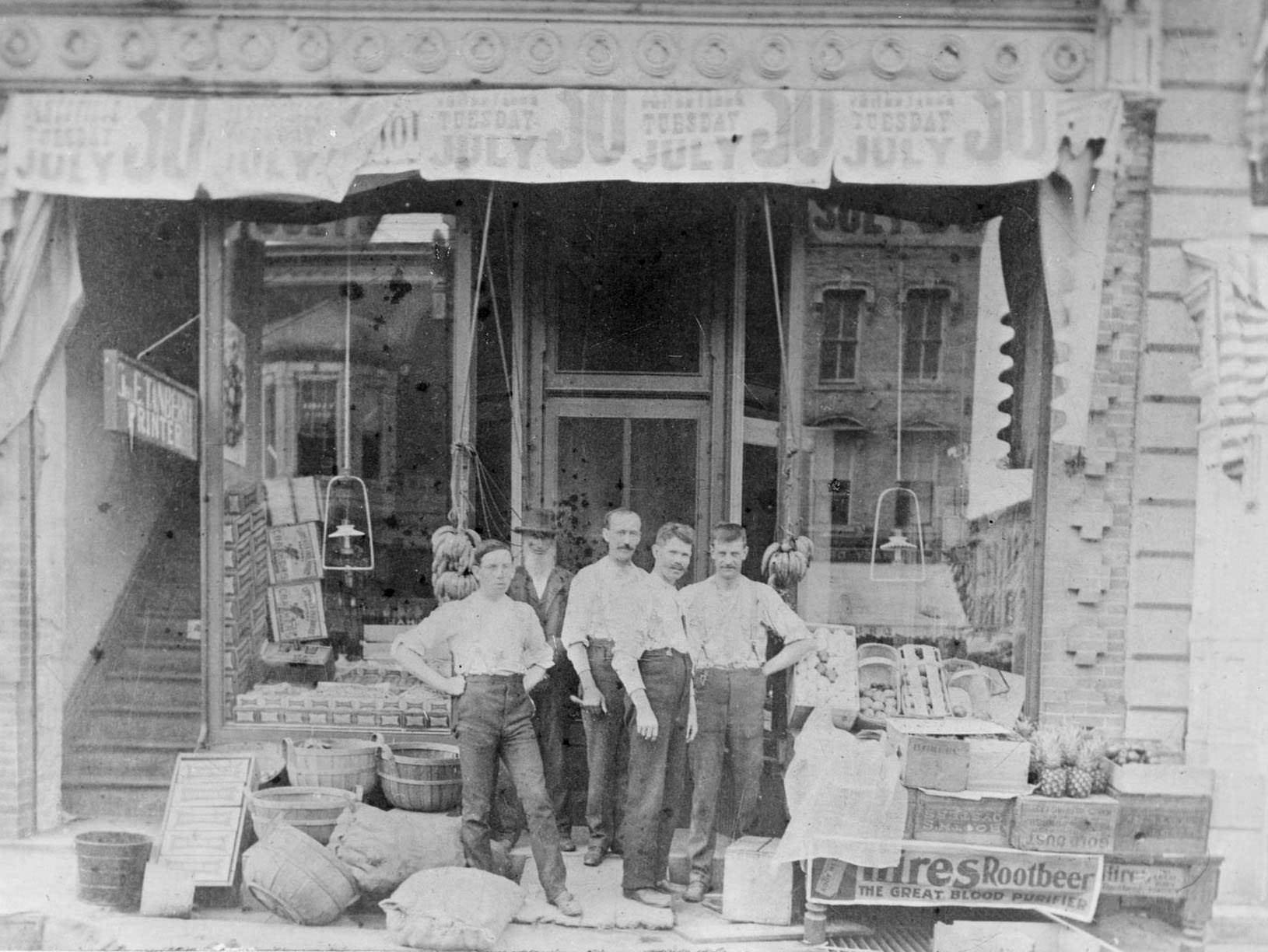
The scene includes baskets of fruits and vegetables, including bananas and pineapples, and an ad for Hires root beer! It also includes what appear to be gas lights and an ad for a printer. The men identified in the photo are Harry Dorn, Wally Nash (proprietor, 3rd person) and his father (with beard), James Clark, and Walter Taylor.
#87 The Chicago and North Western Railroad depot in Janesville with a steam locomotive on the track, 1890
#88 Palmer Memorial Hospital, Washington St., Janesville, 1895
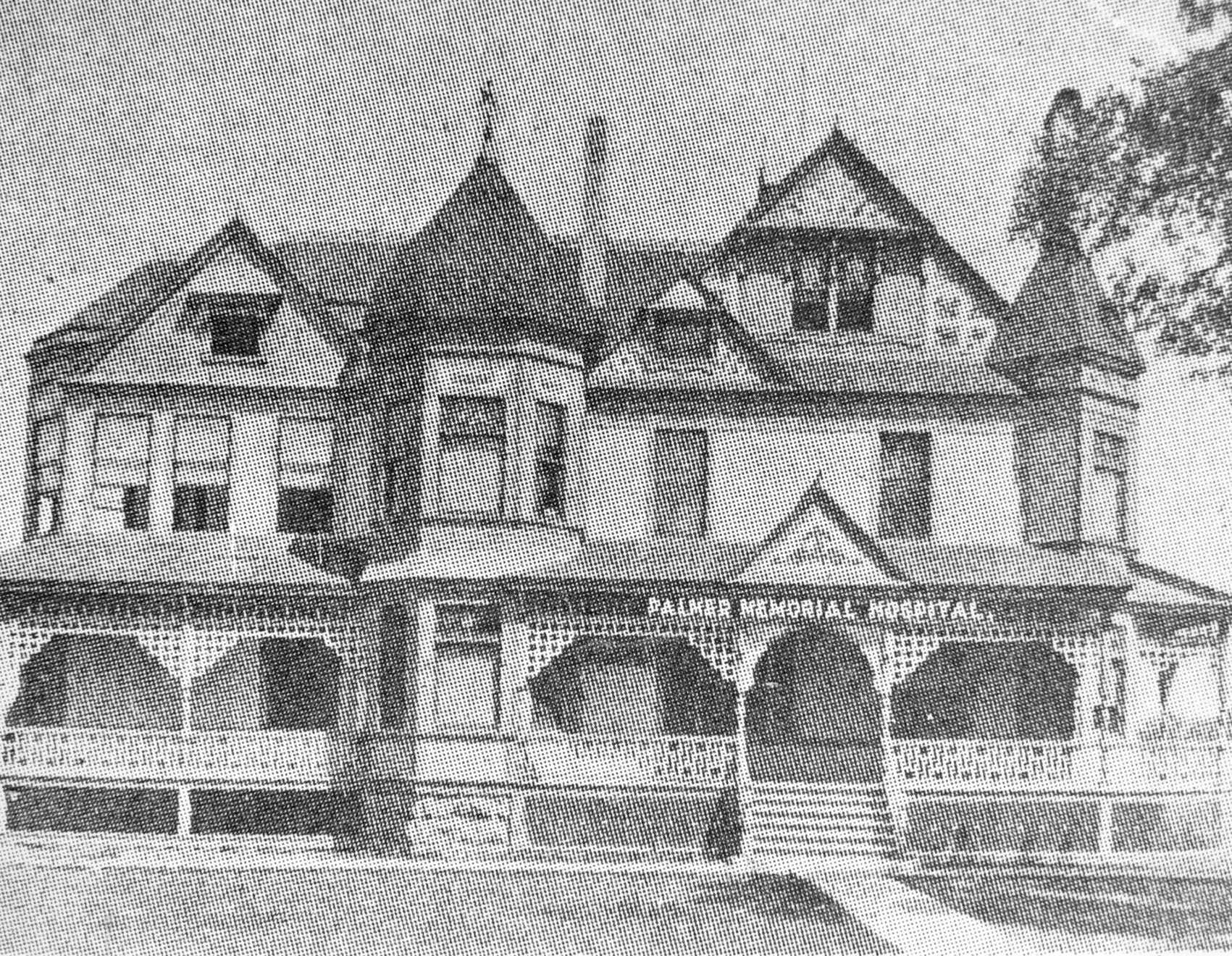
This hospital was established by Dr. Henry W. Palmer at this location in 1895, and taken over and renovated by Dr. W. H. Palmer -- Dr. Henry Palmer's son -- following his father's death on June 15, 1895. The hospital was named "The Palmer Memorial Hospital" at the time the son took it over.


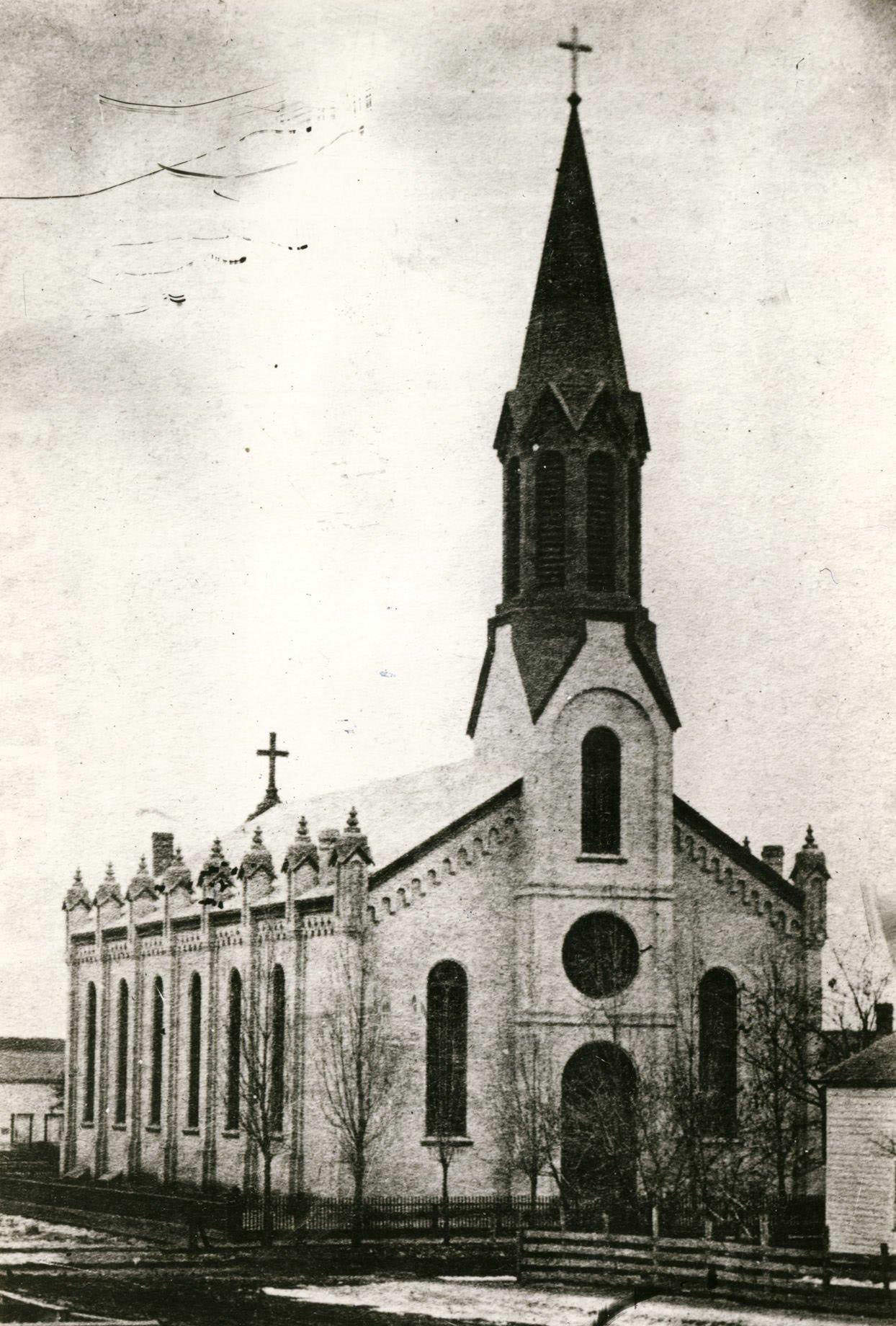
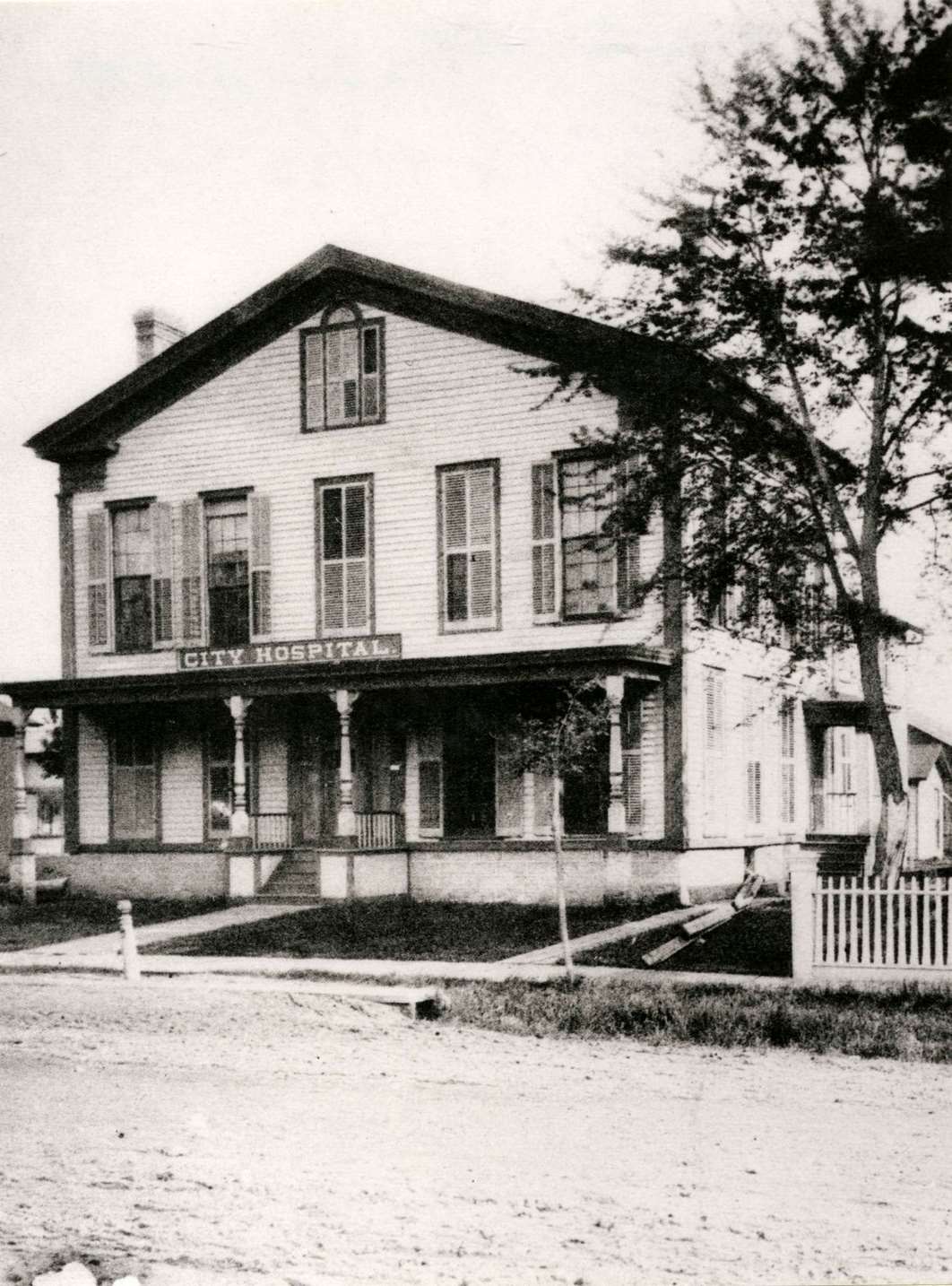
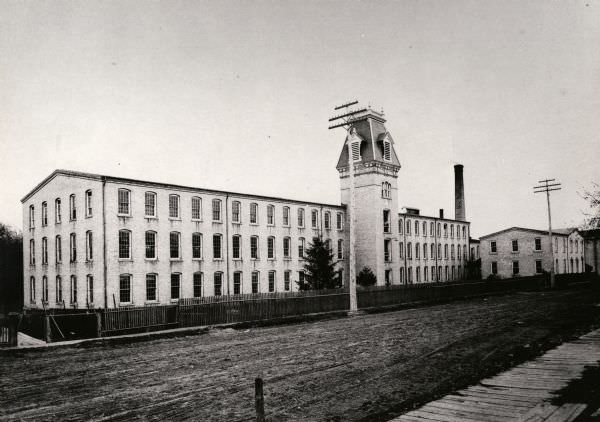
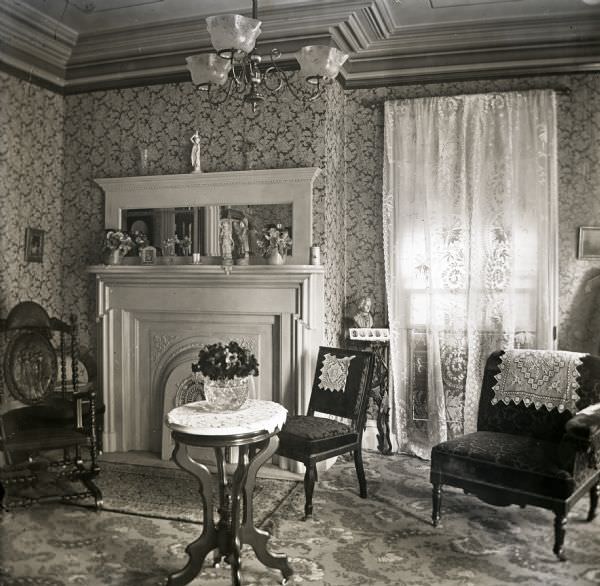
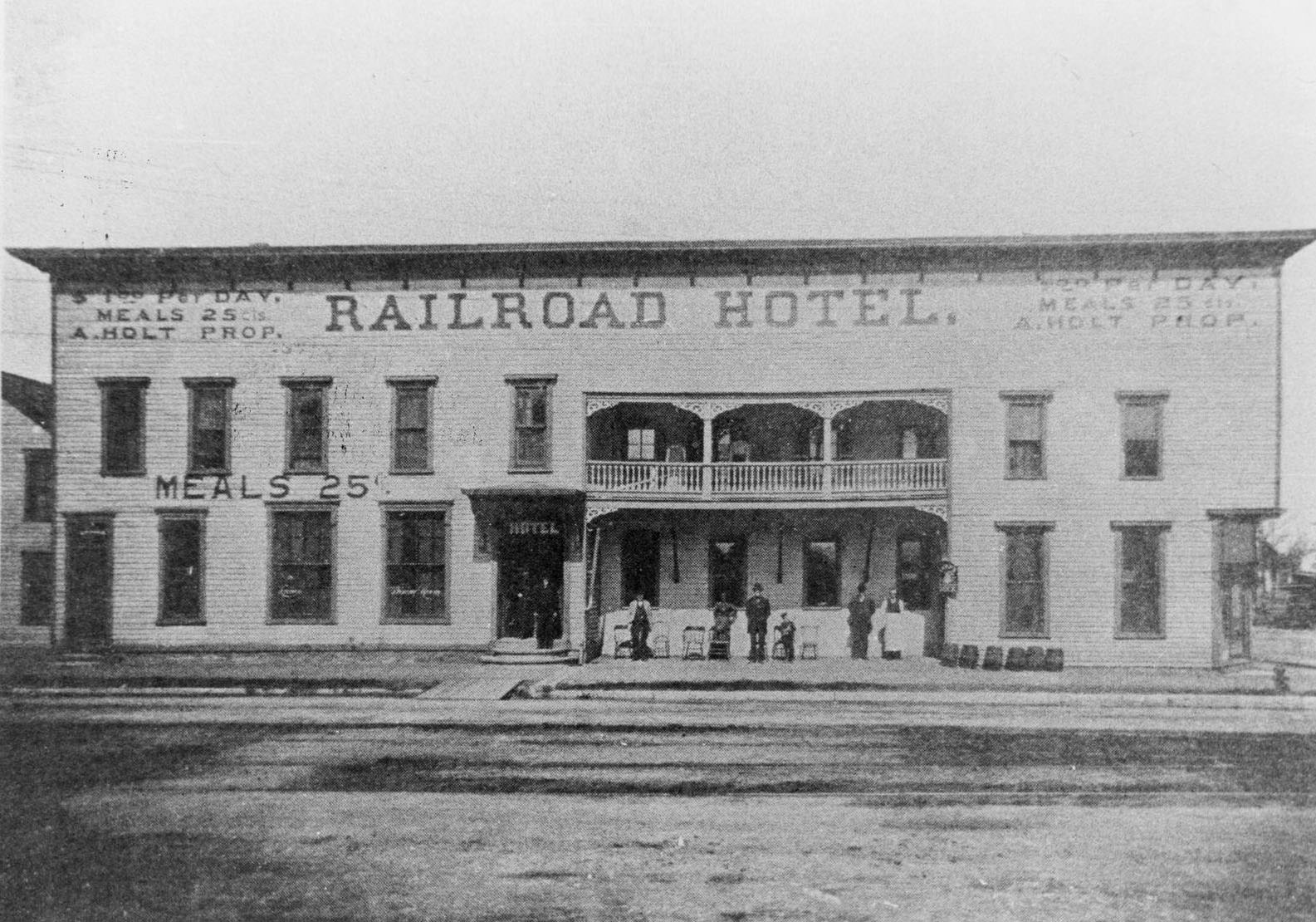
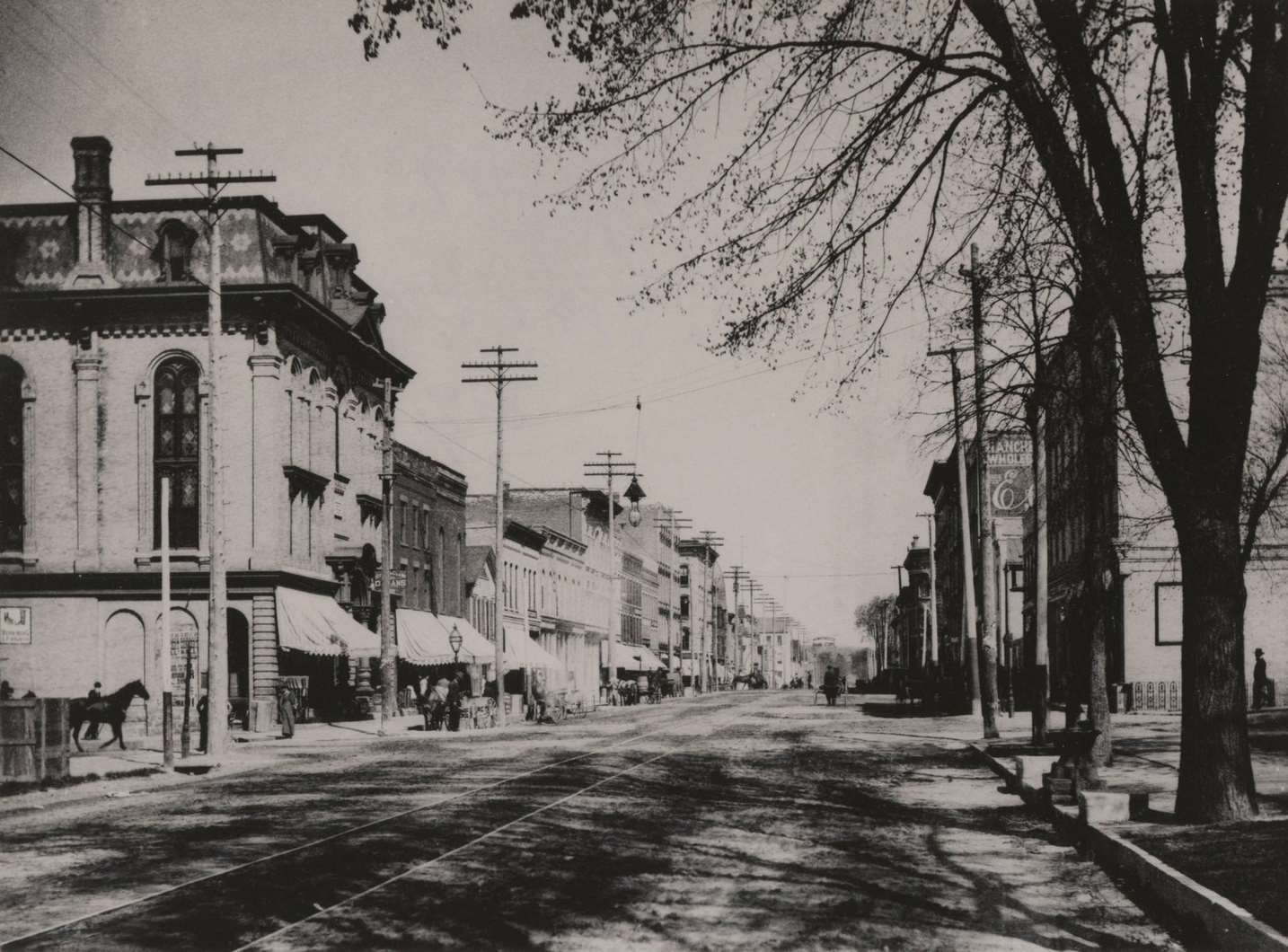
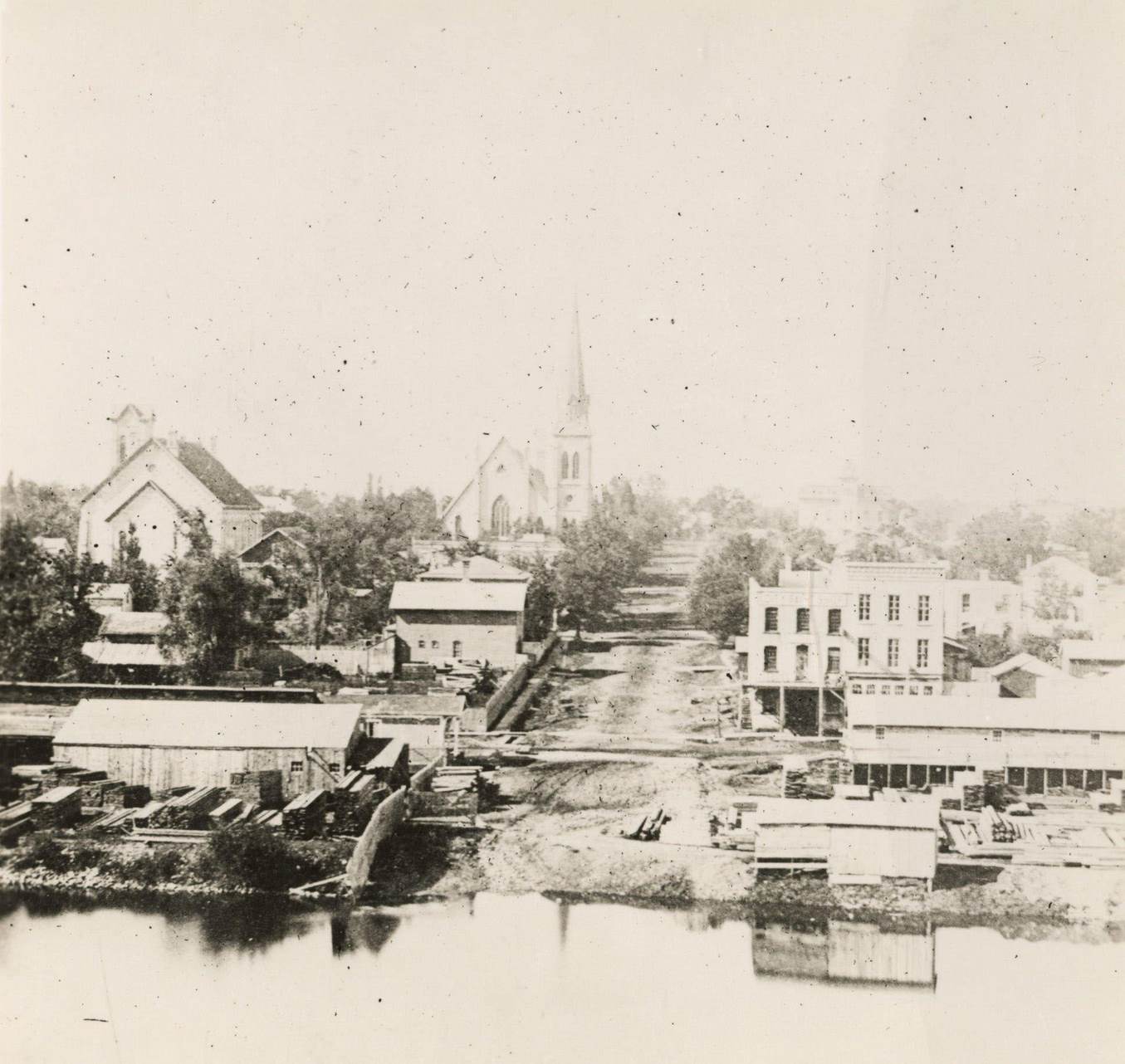
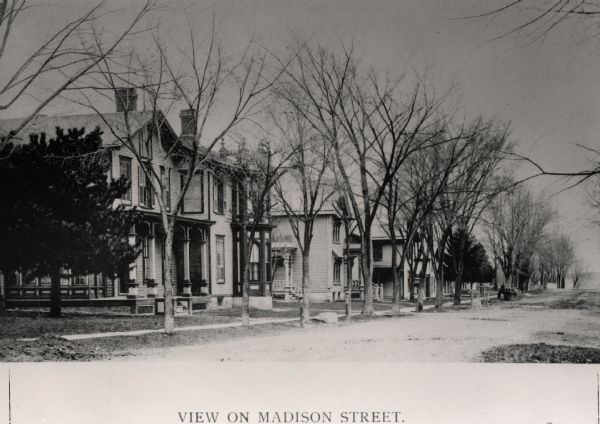
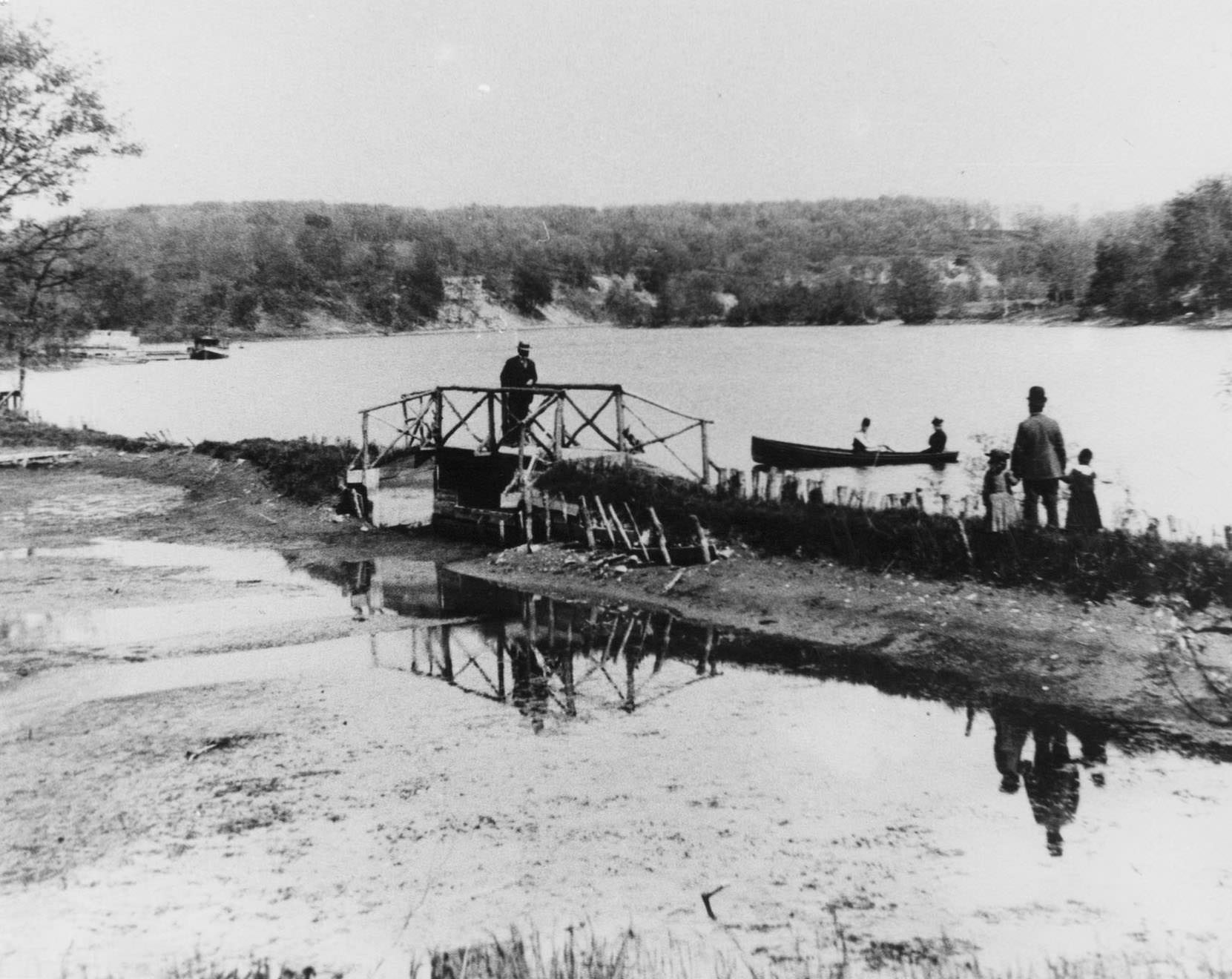
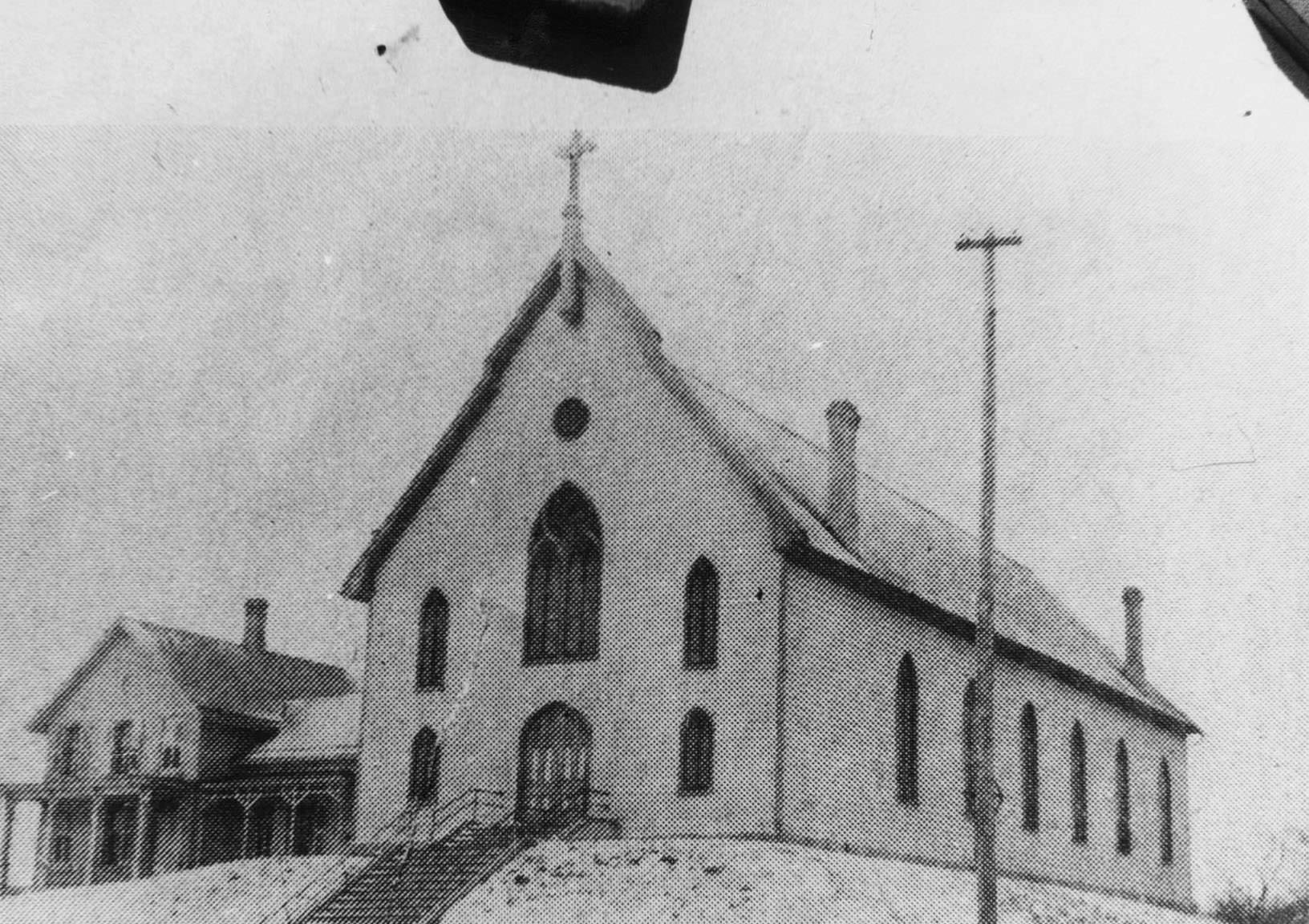
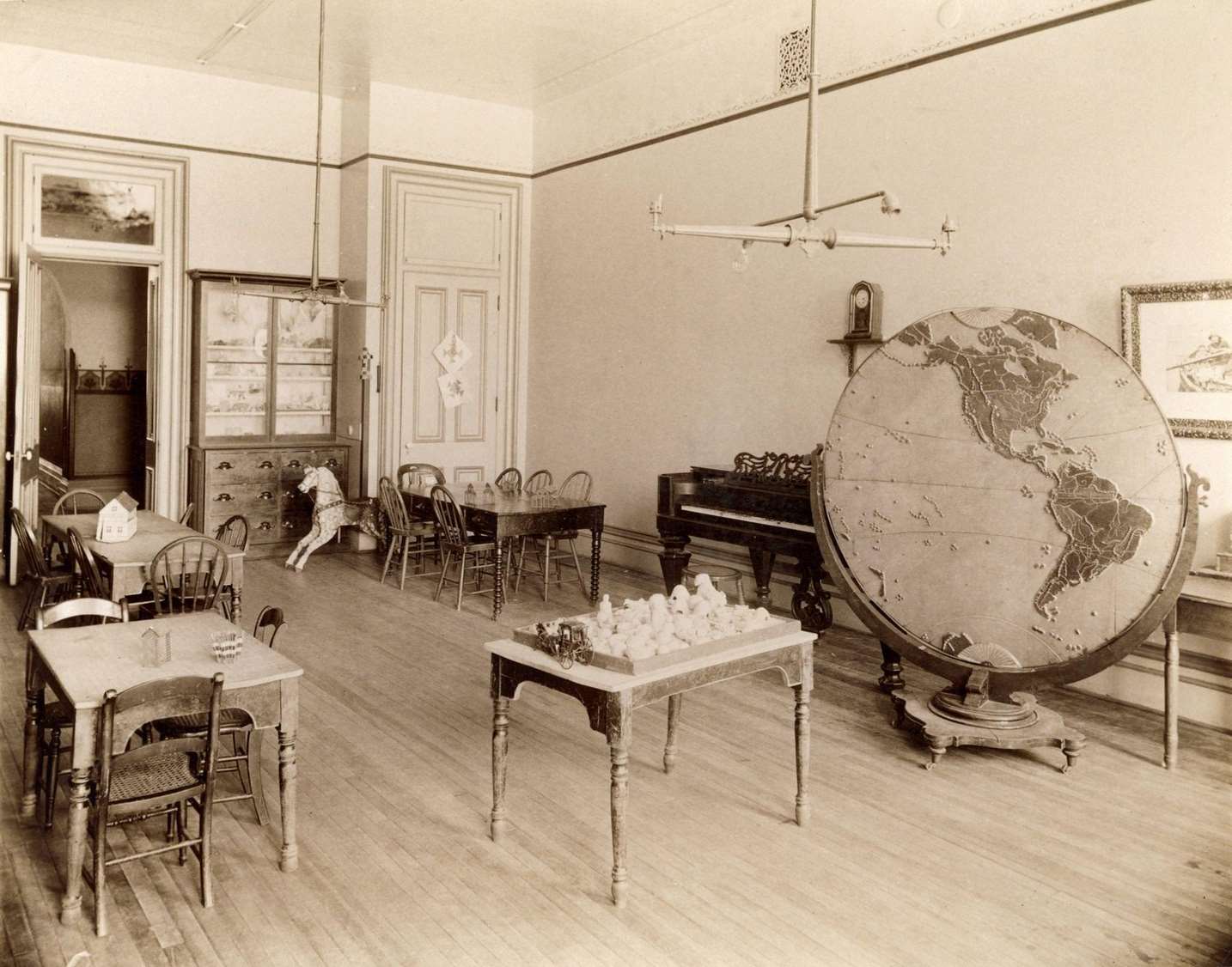
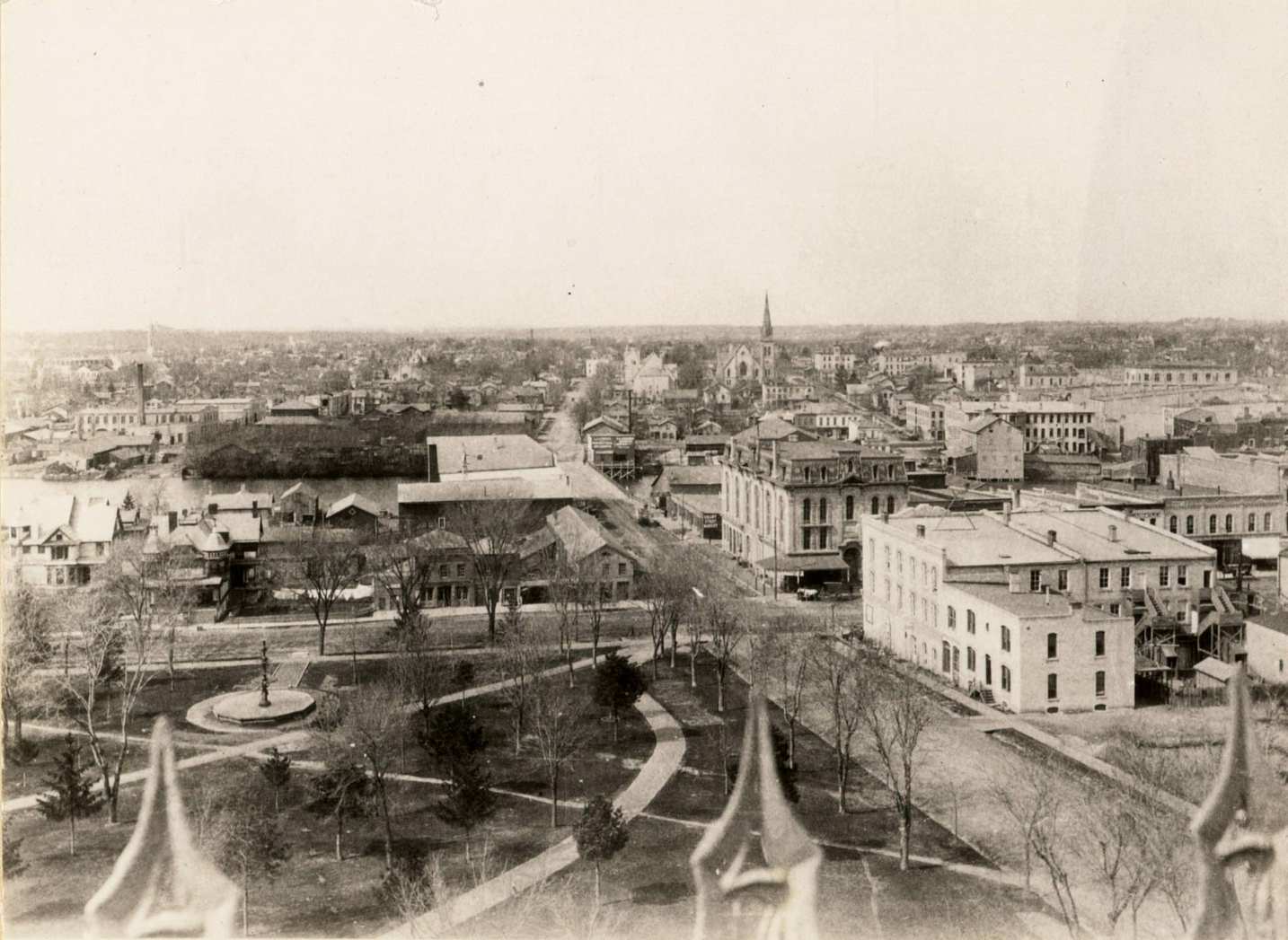
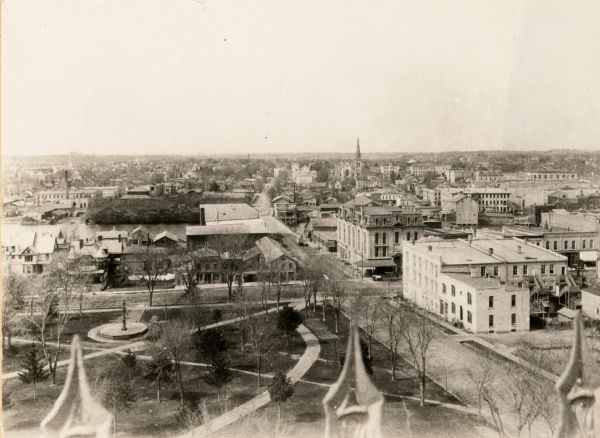
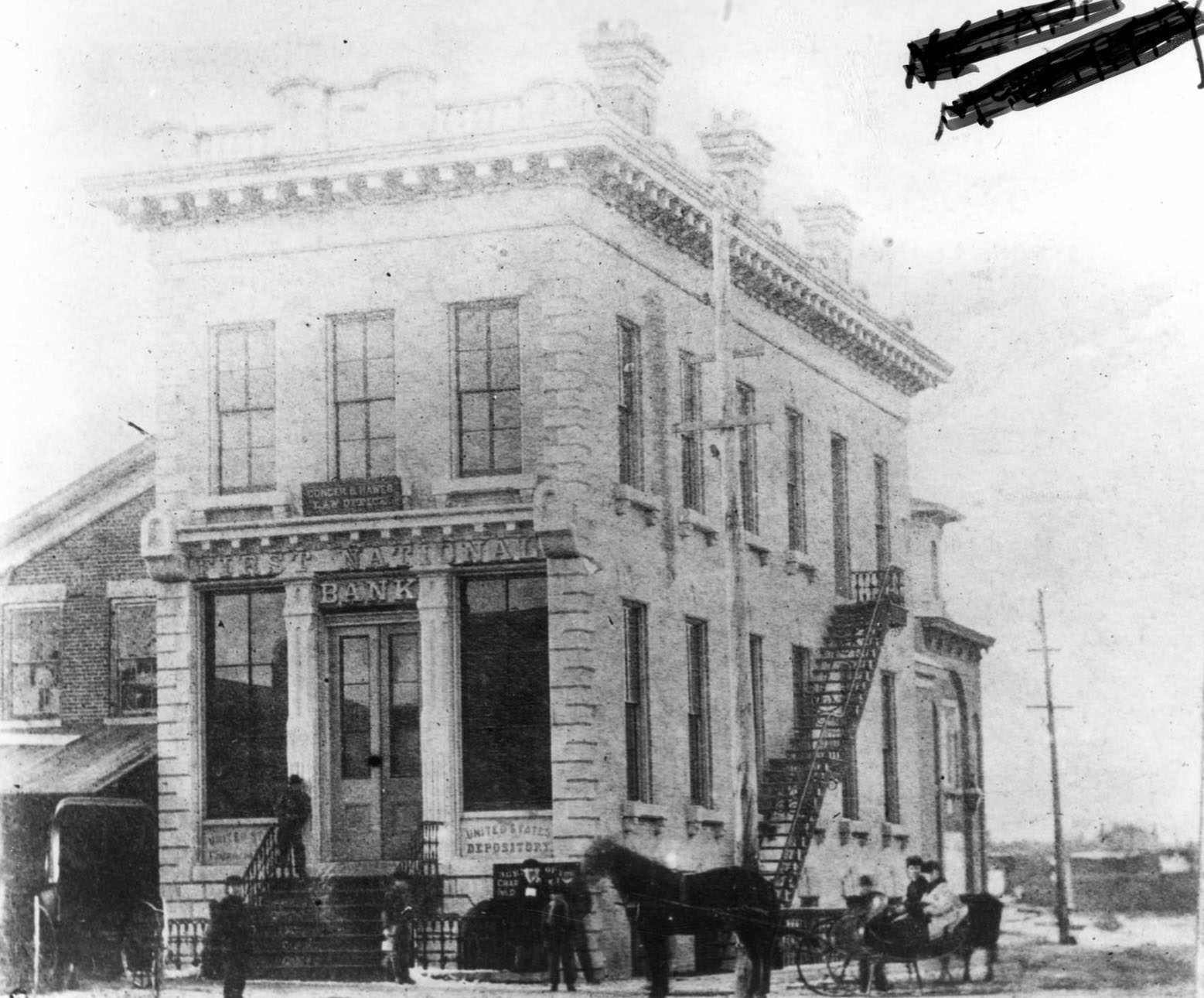
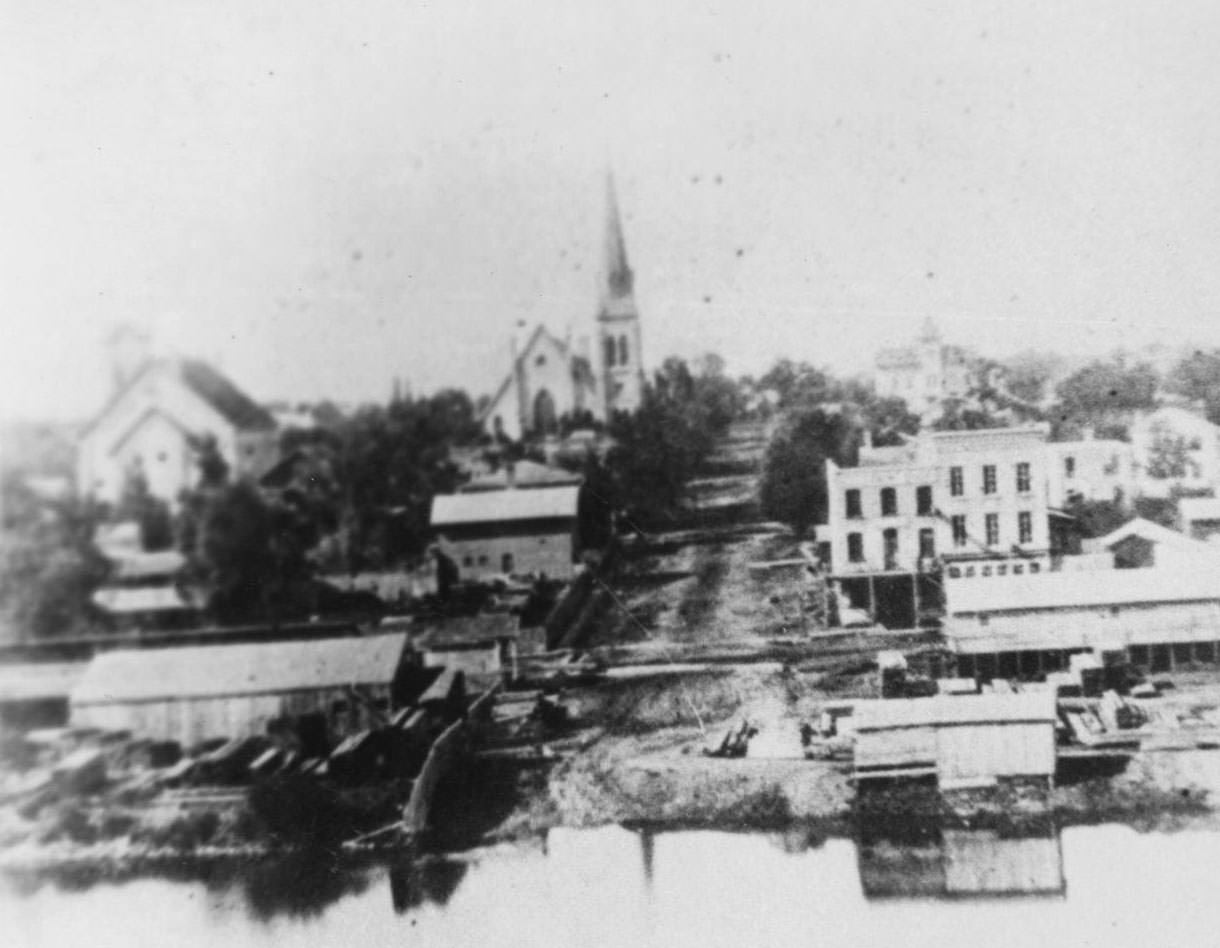
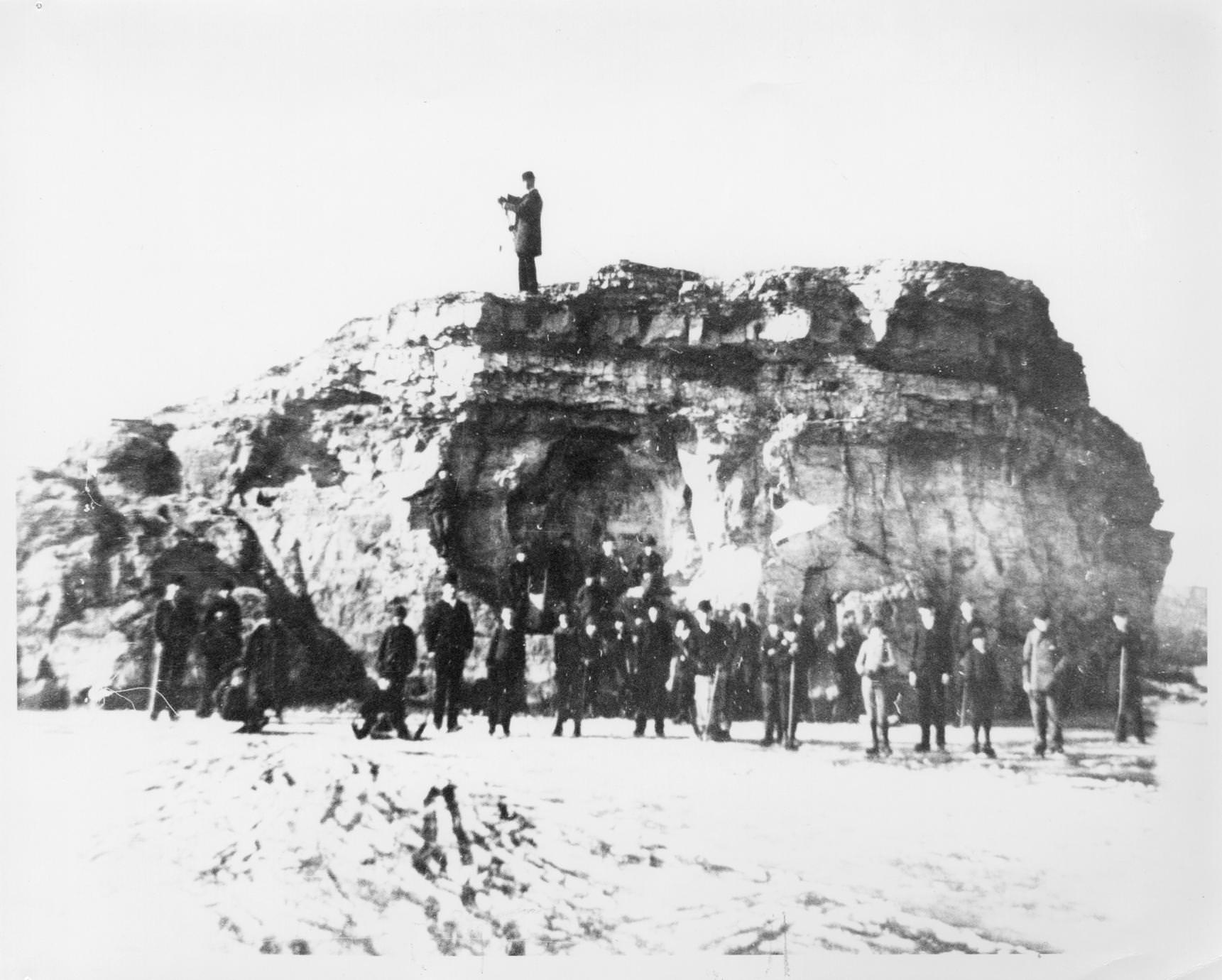
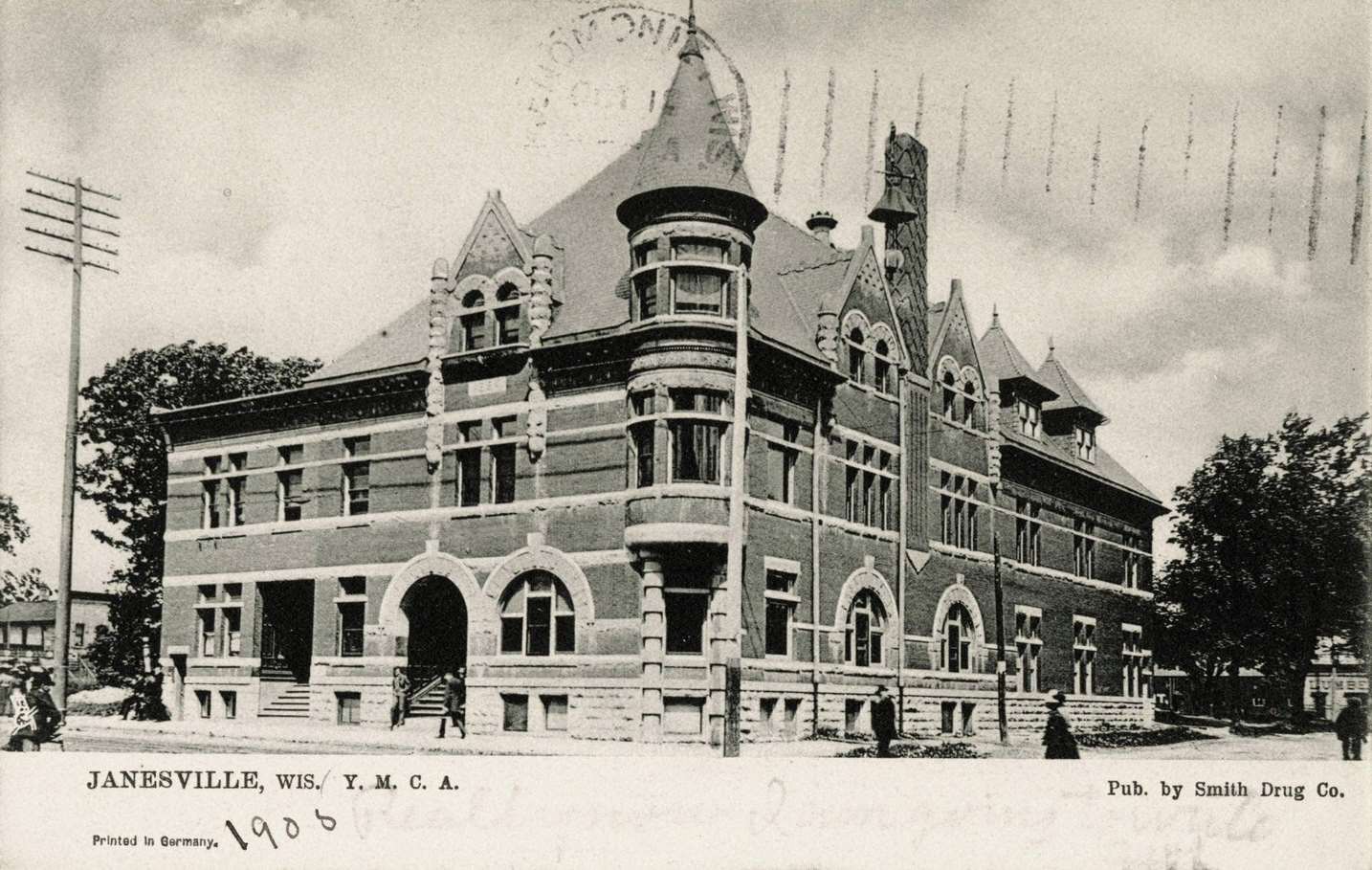
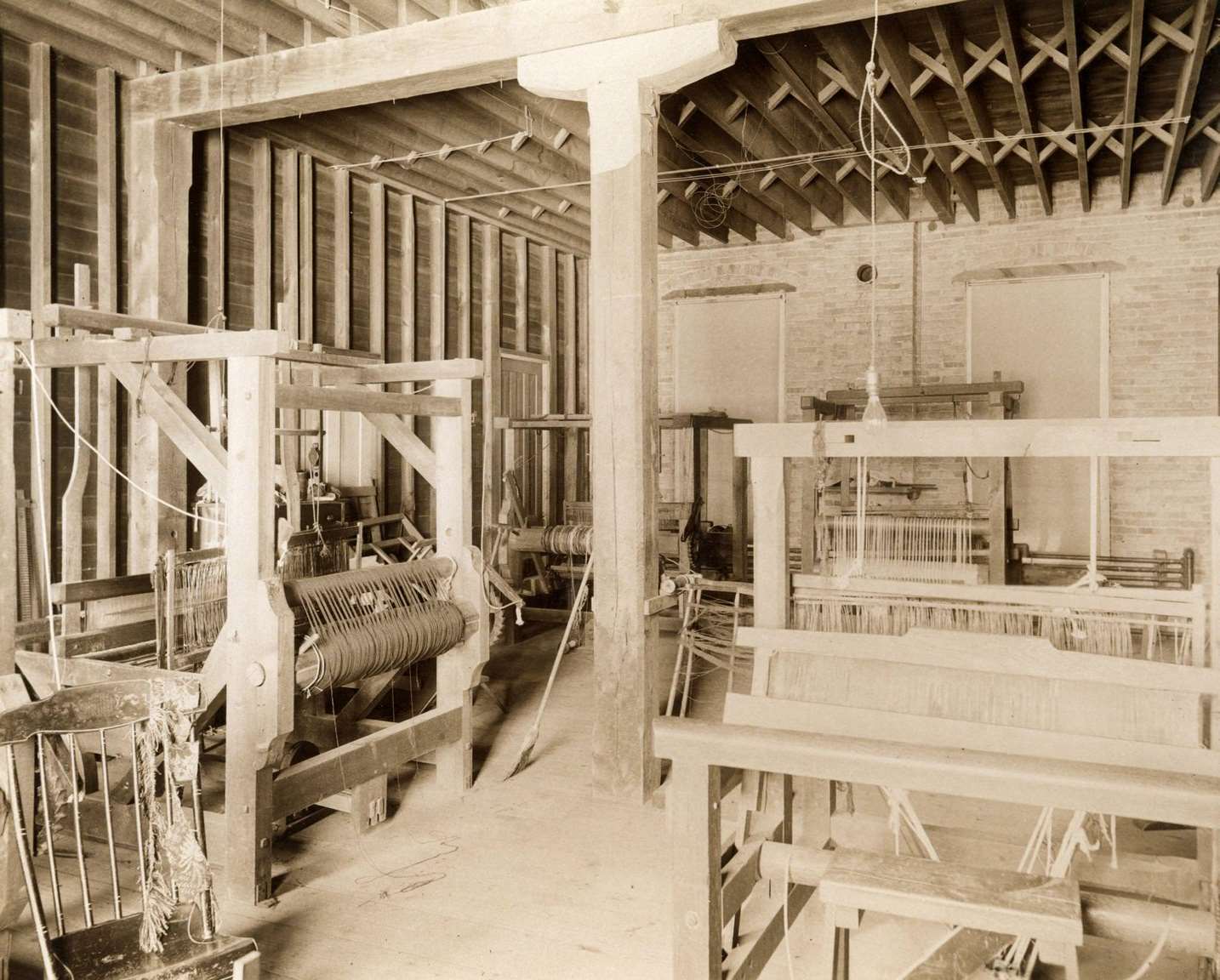
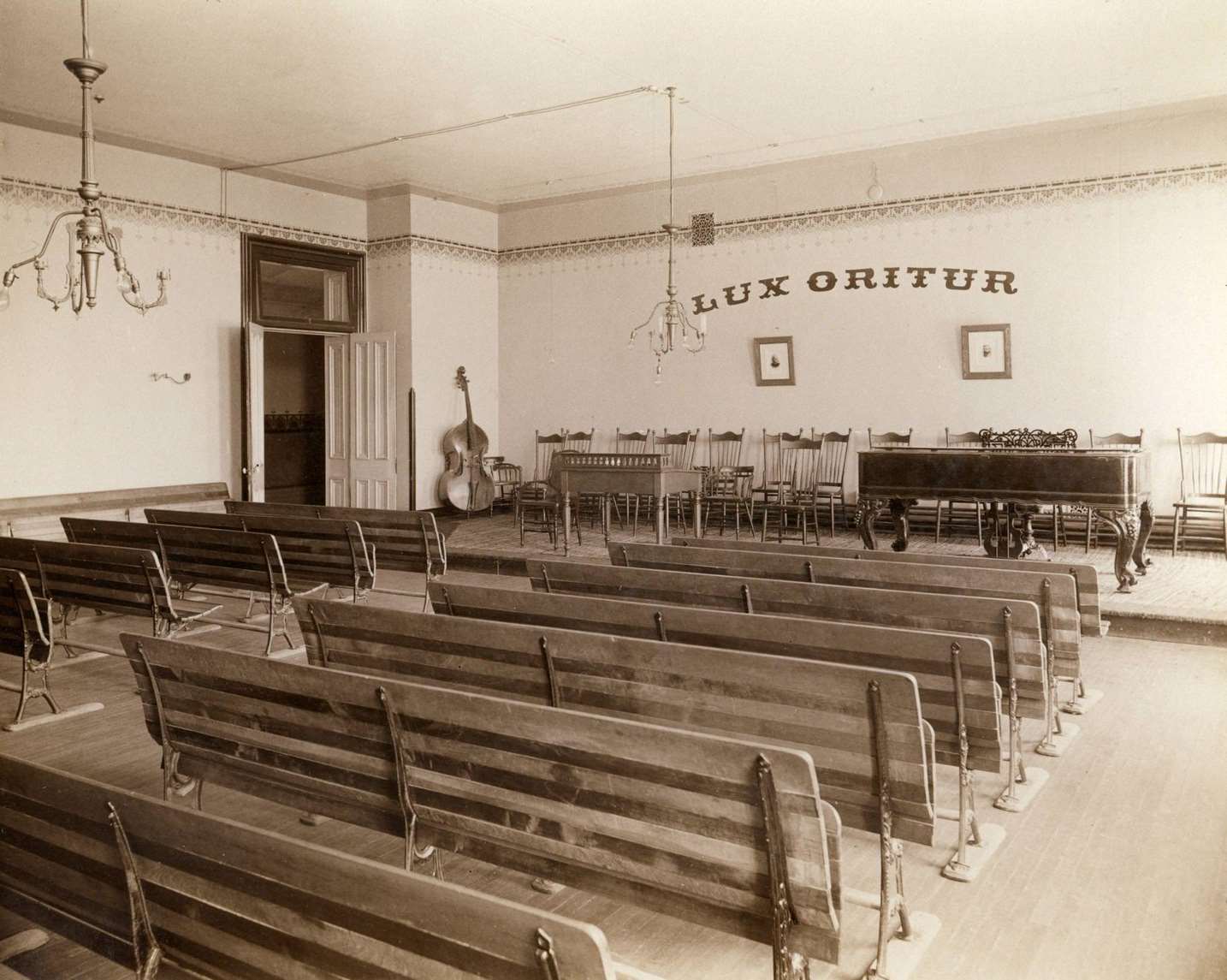
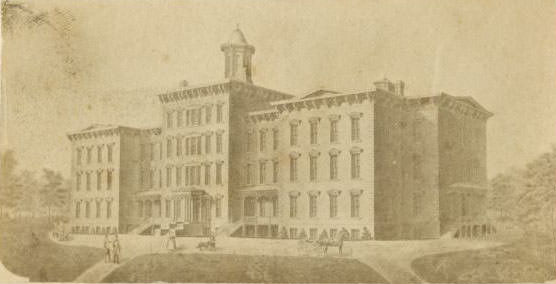
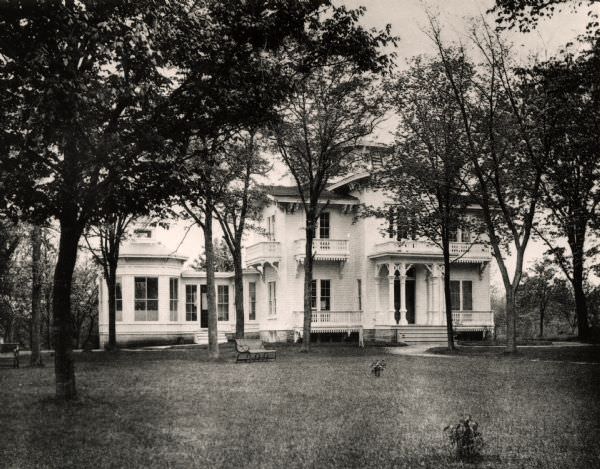
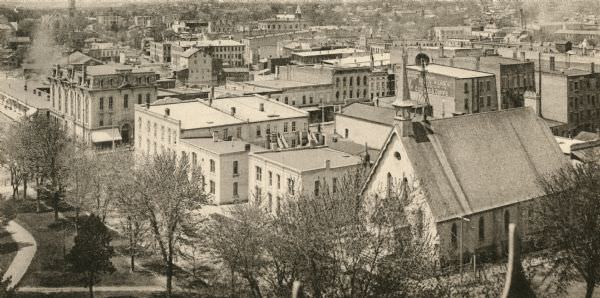
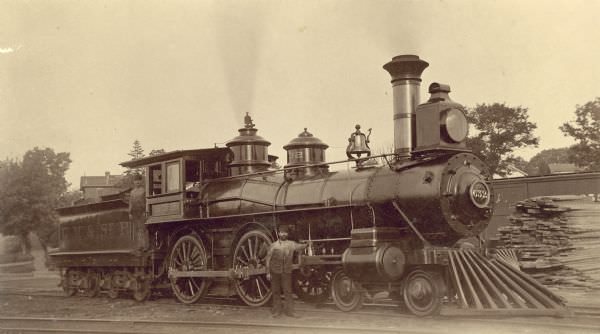
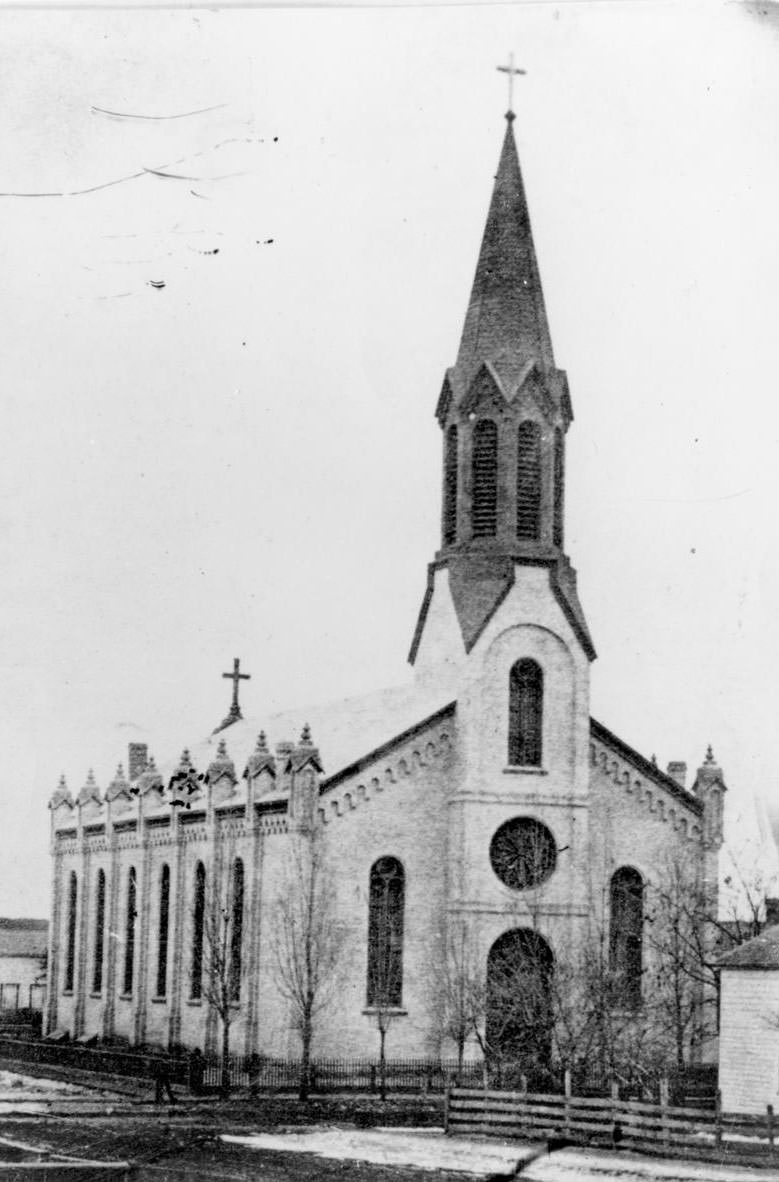
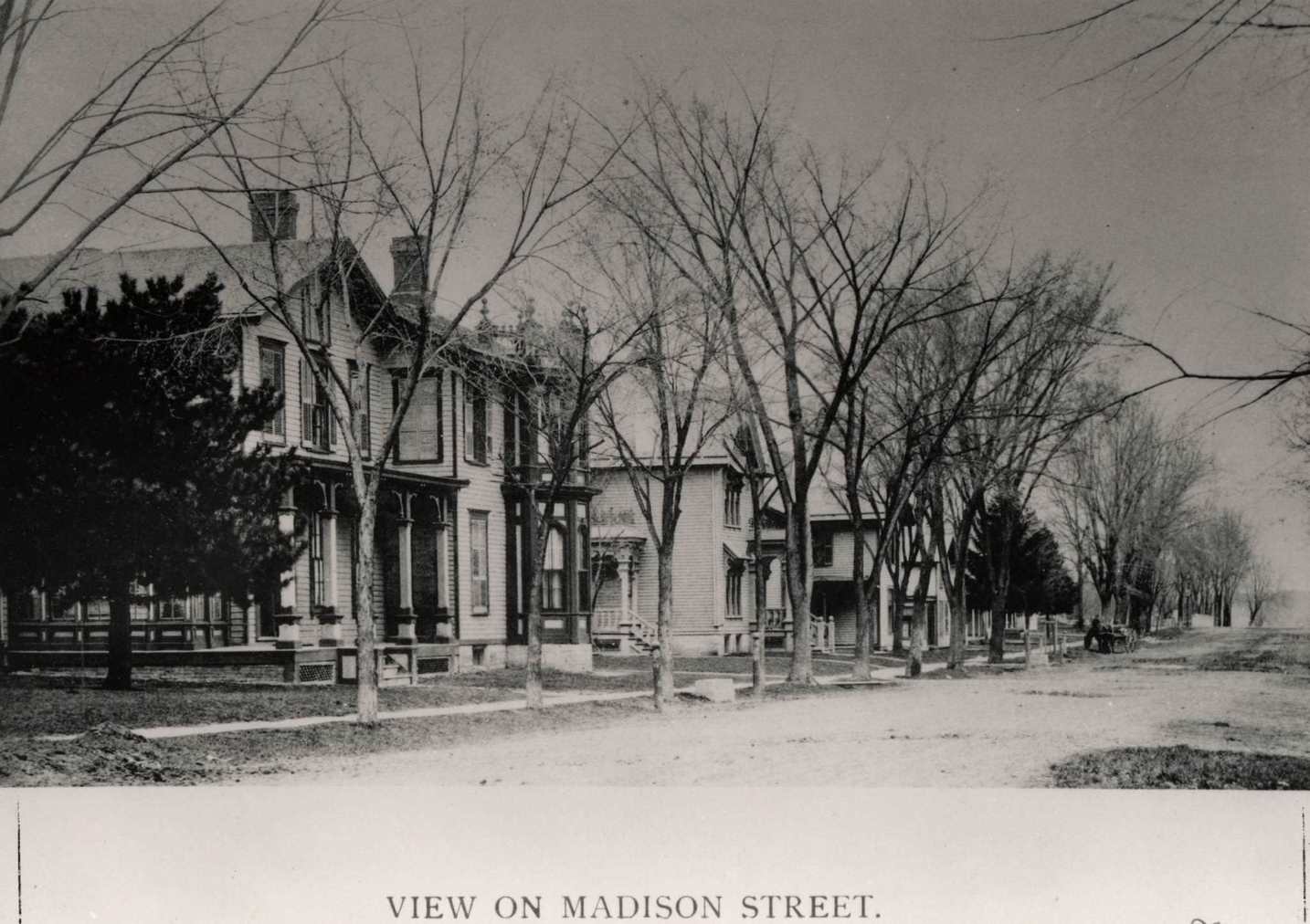
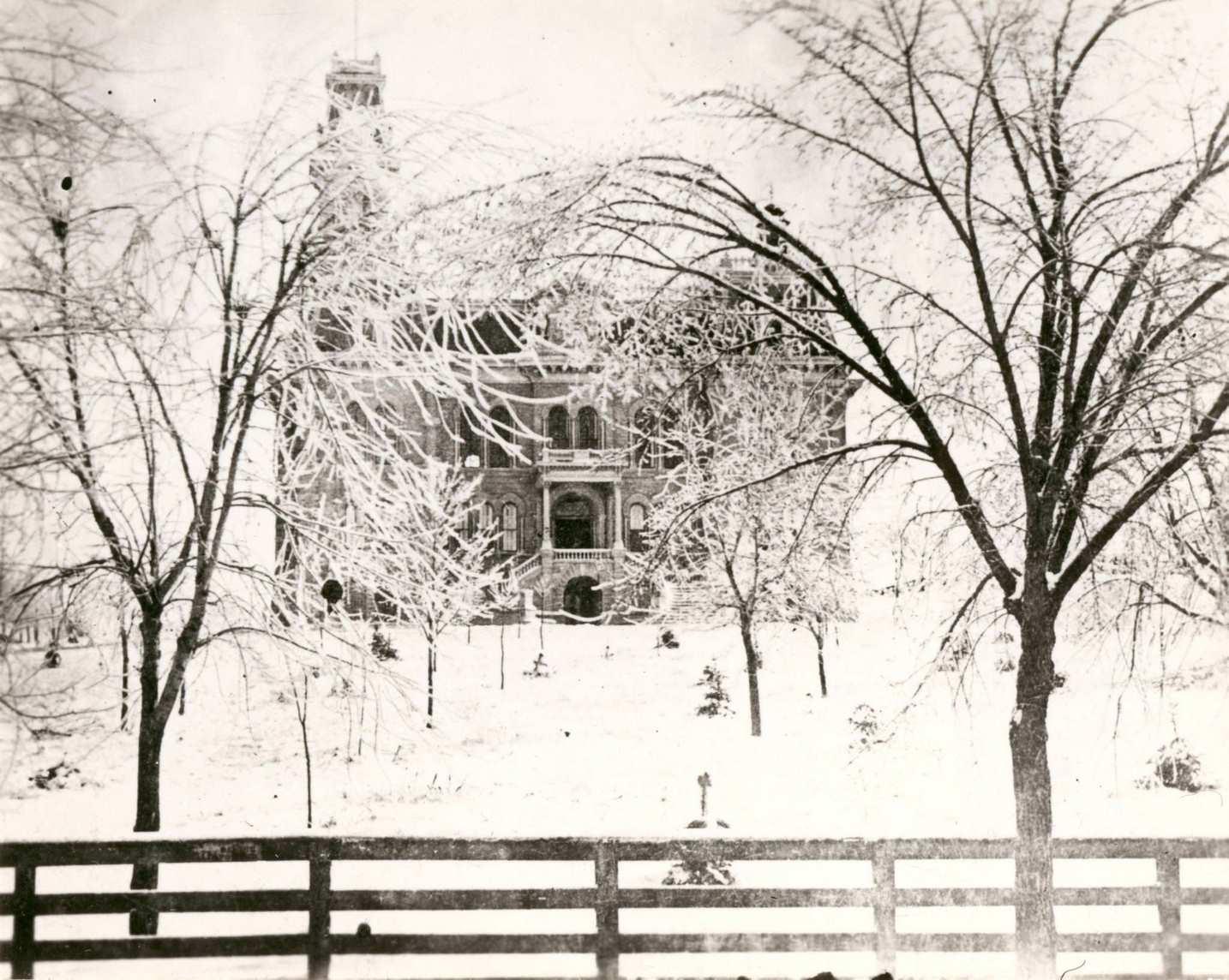
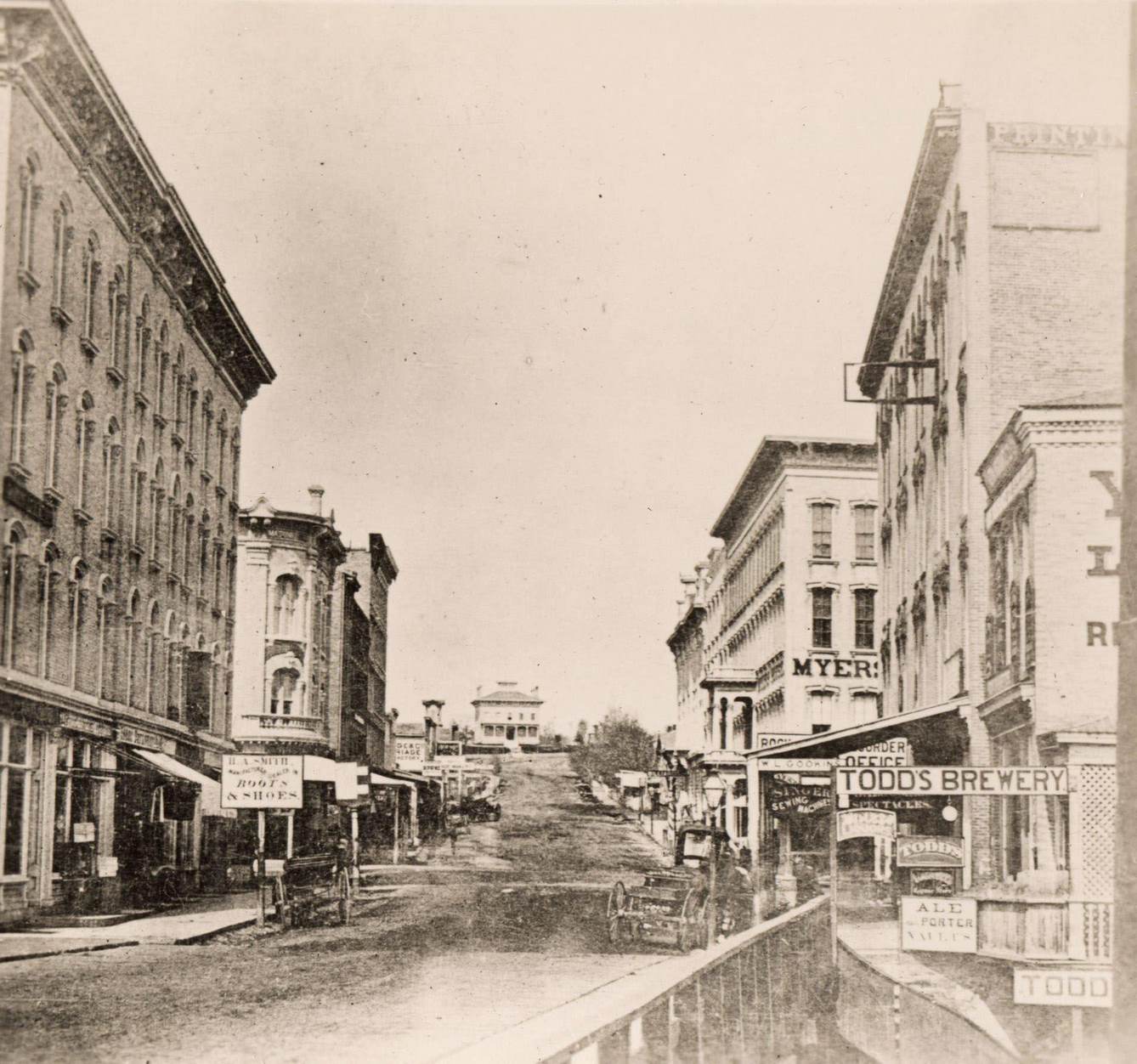
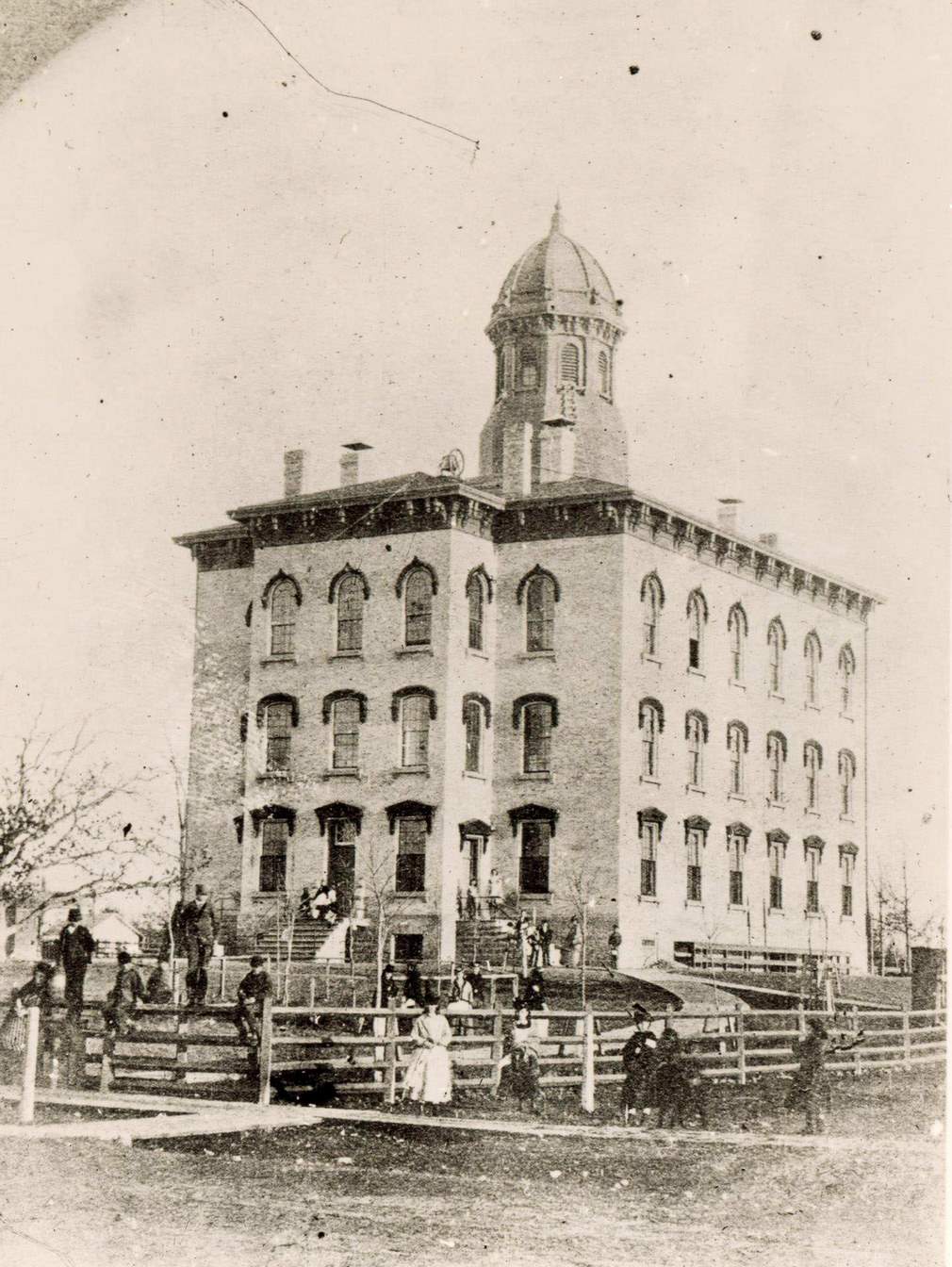
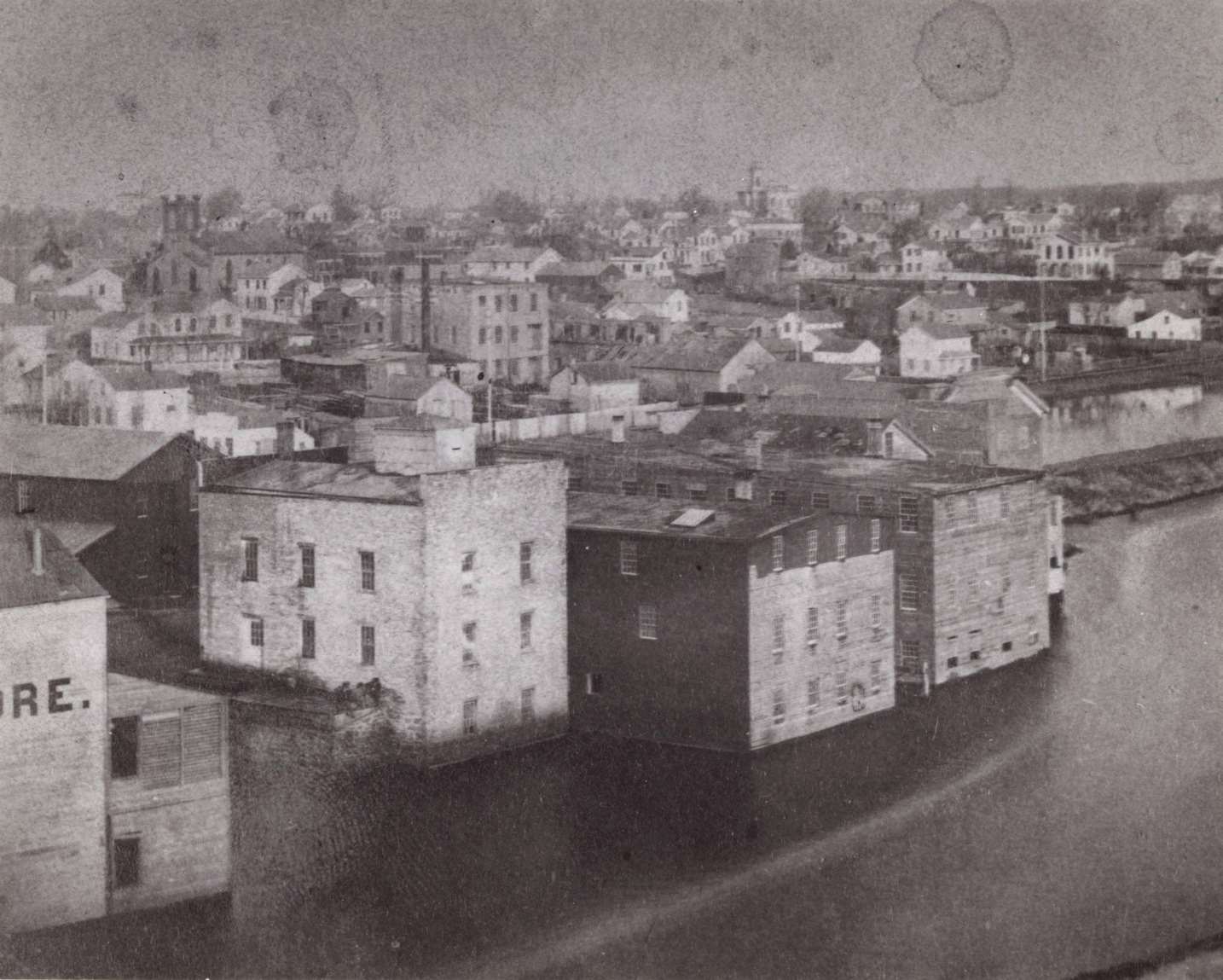
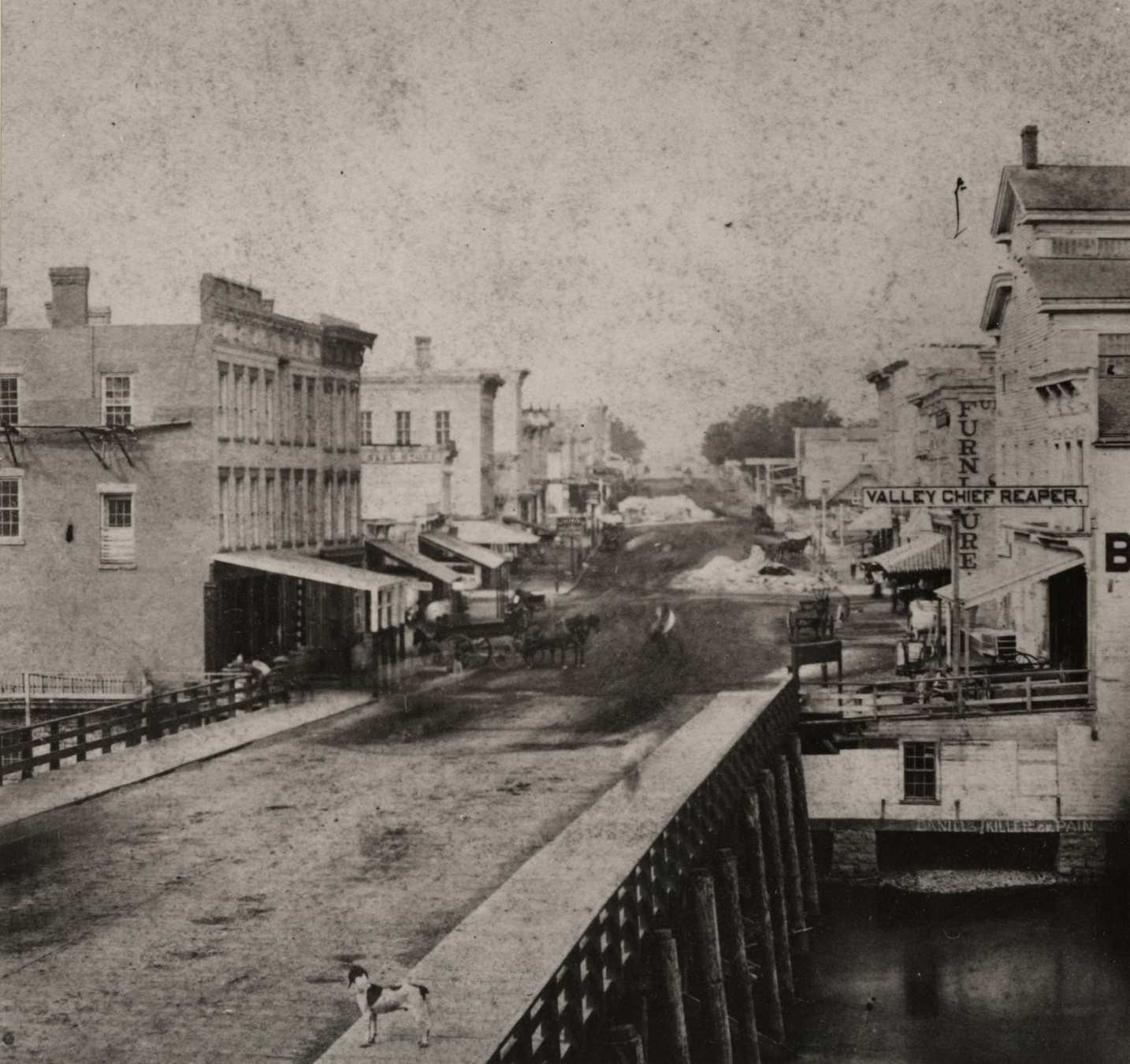
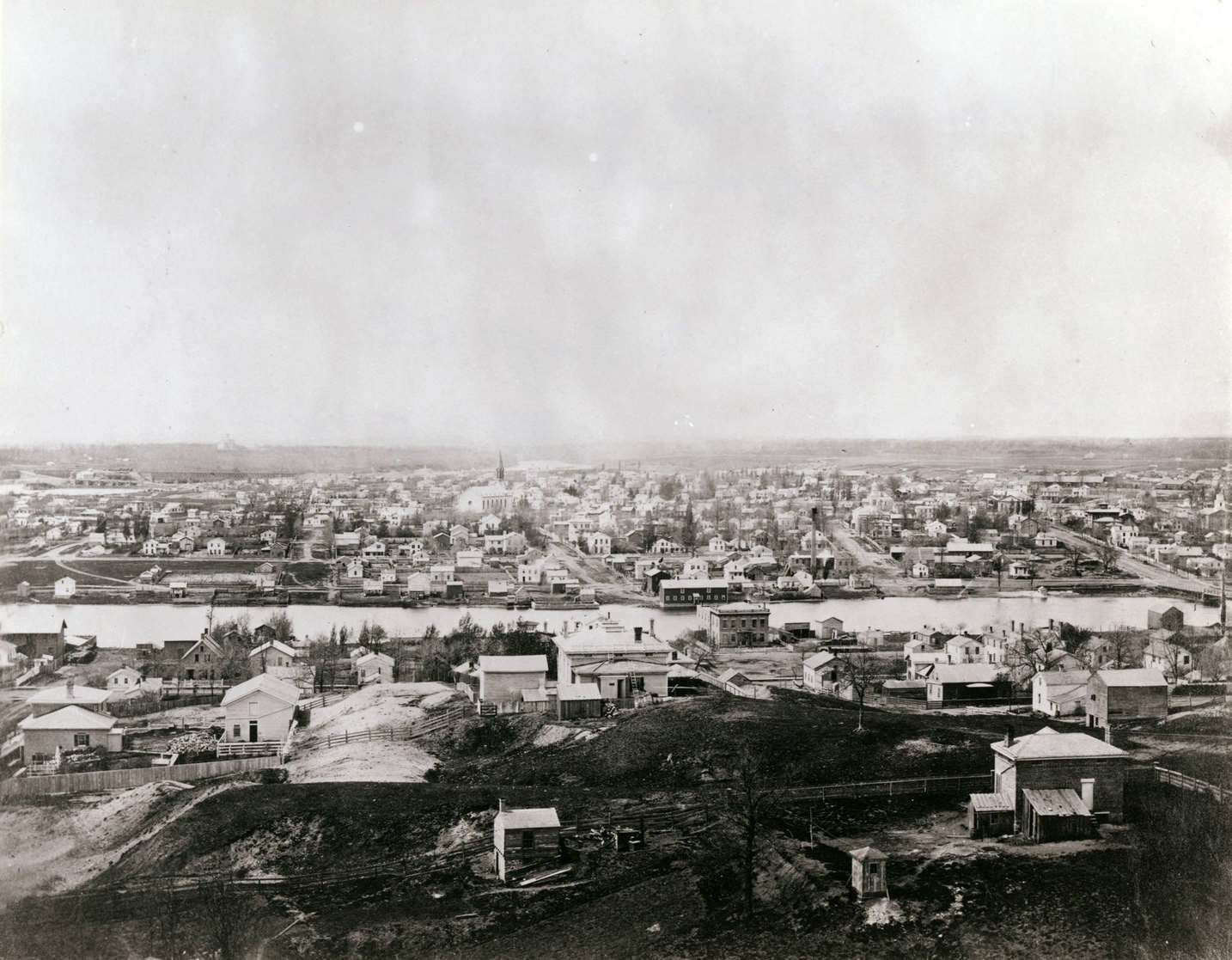
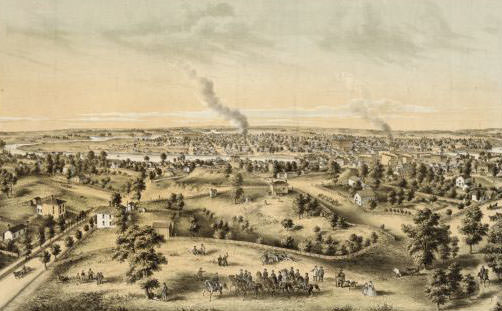
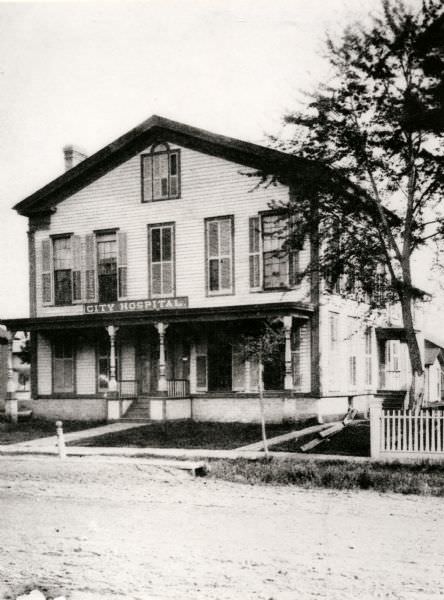
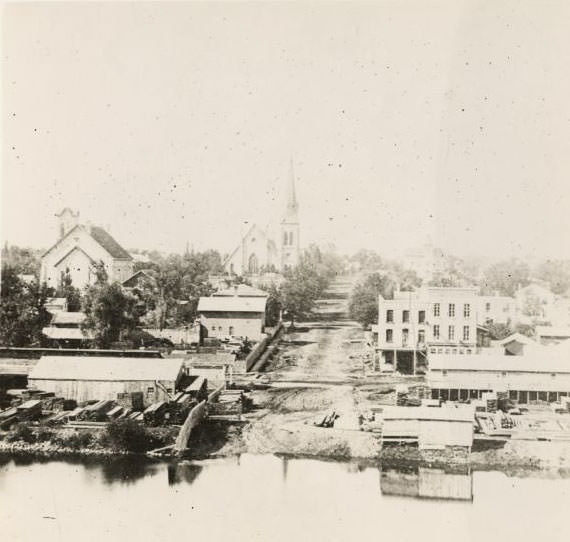
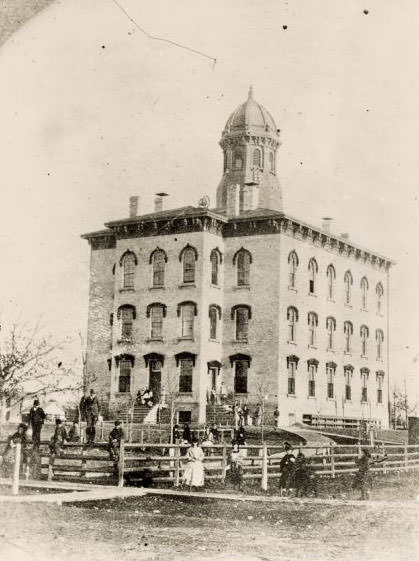
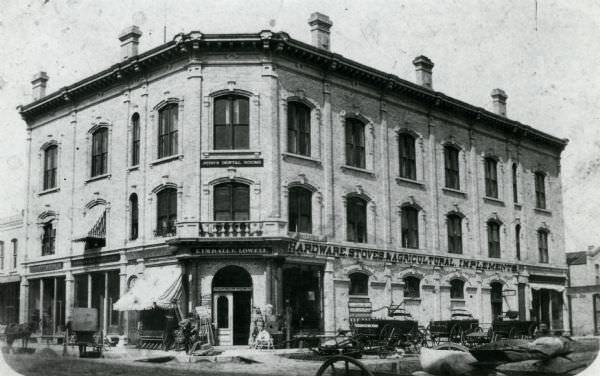
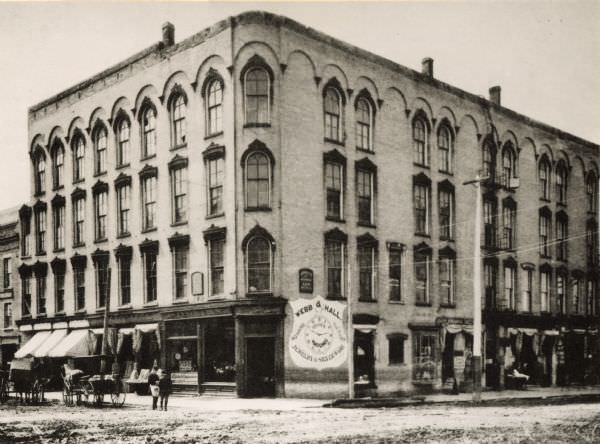
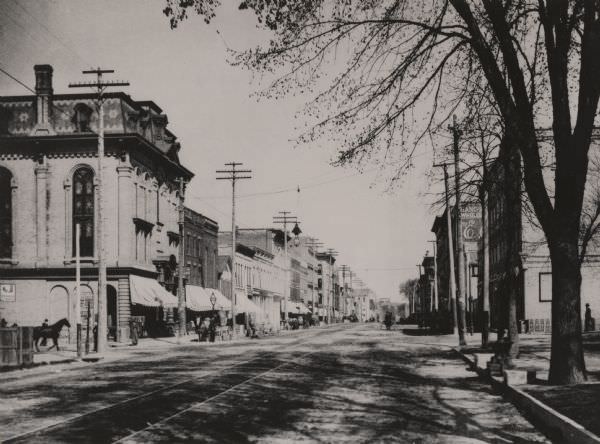
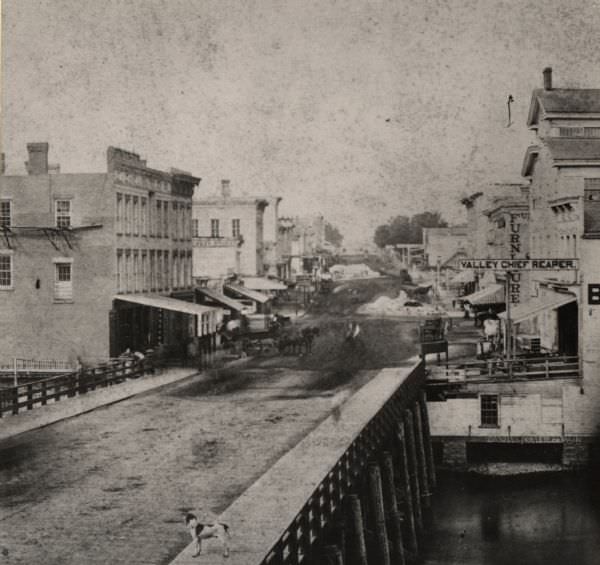
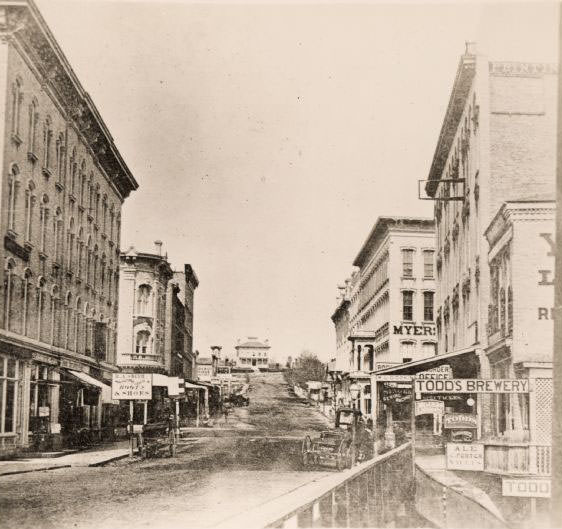
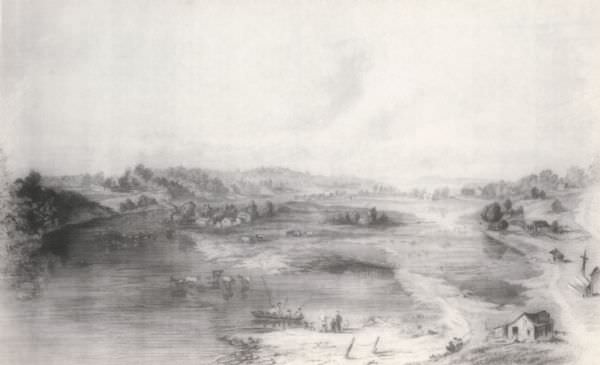
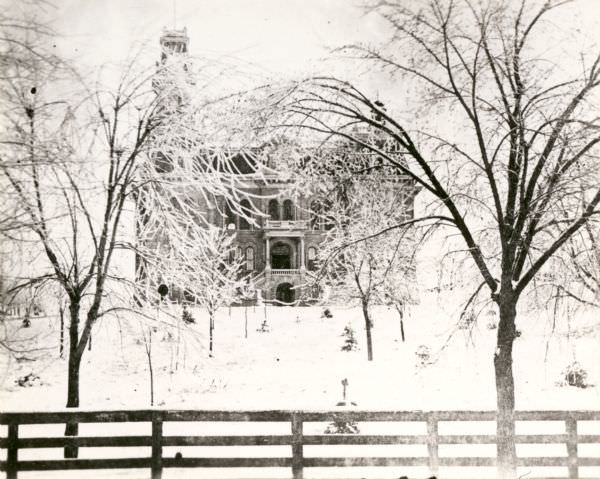
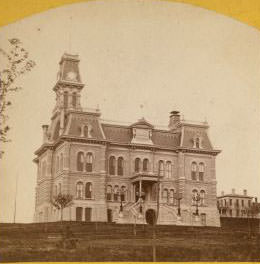
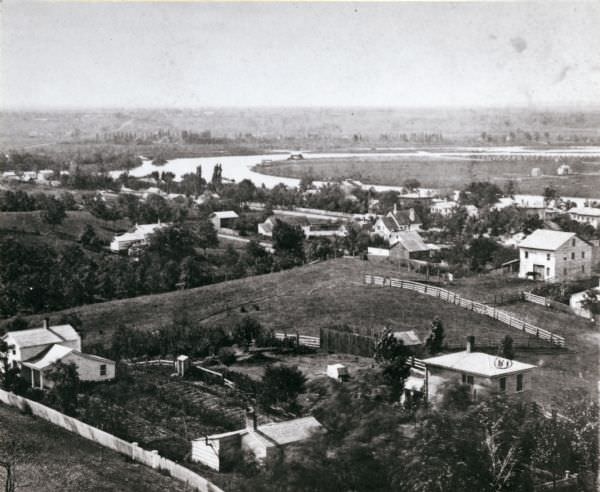
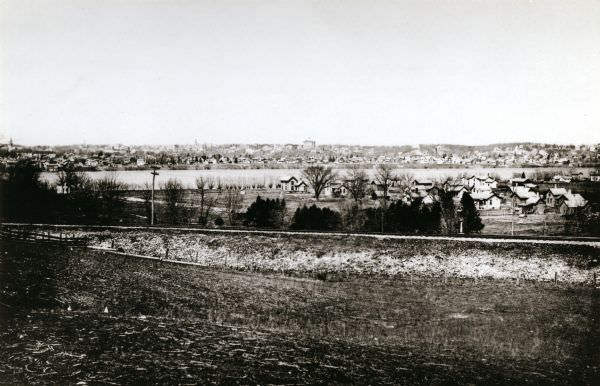
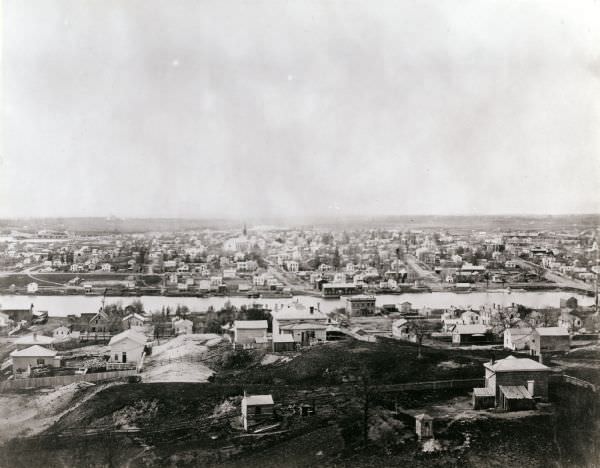
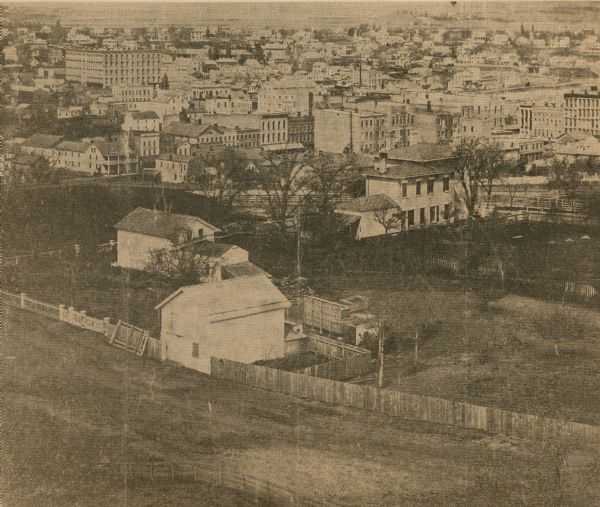
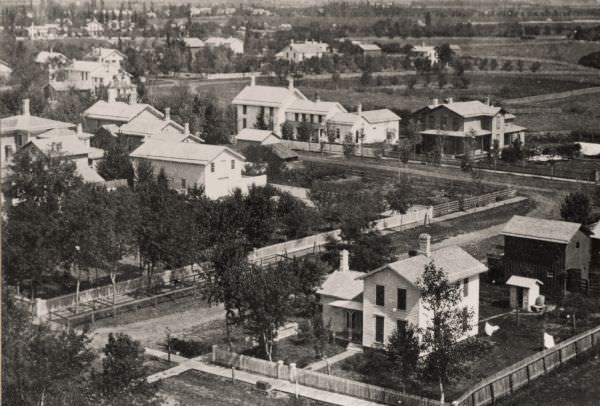
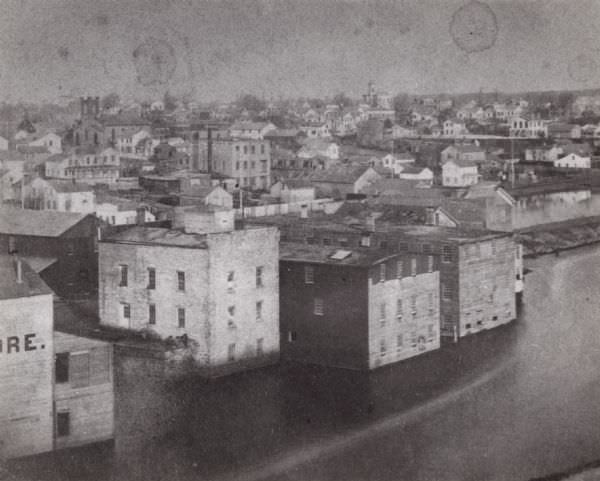
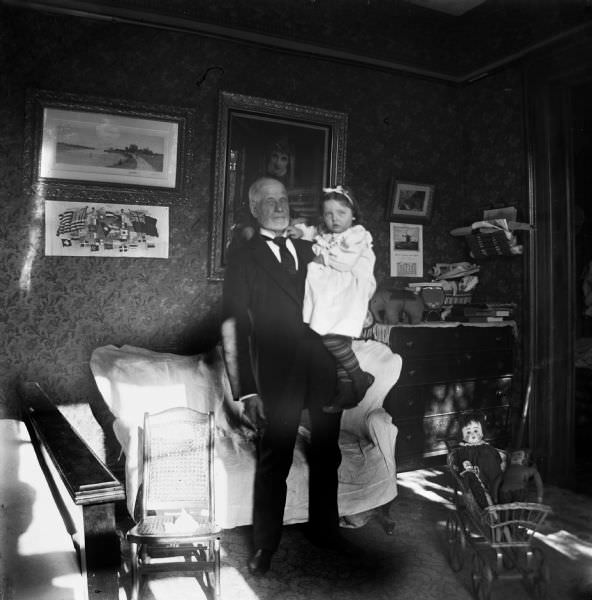
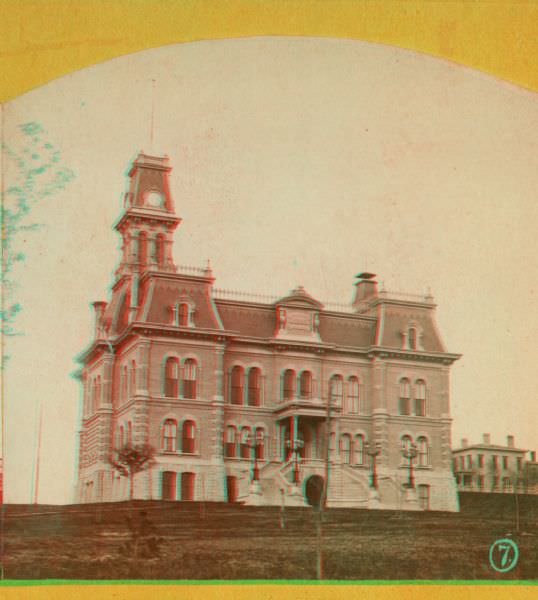
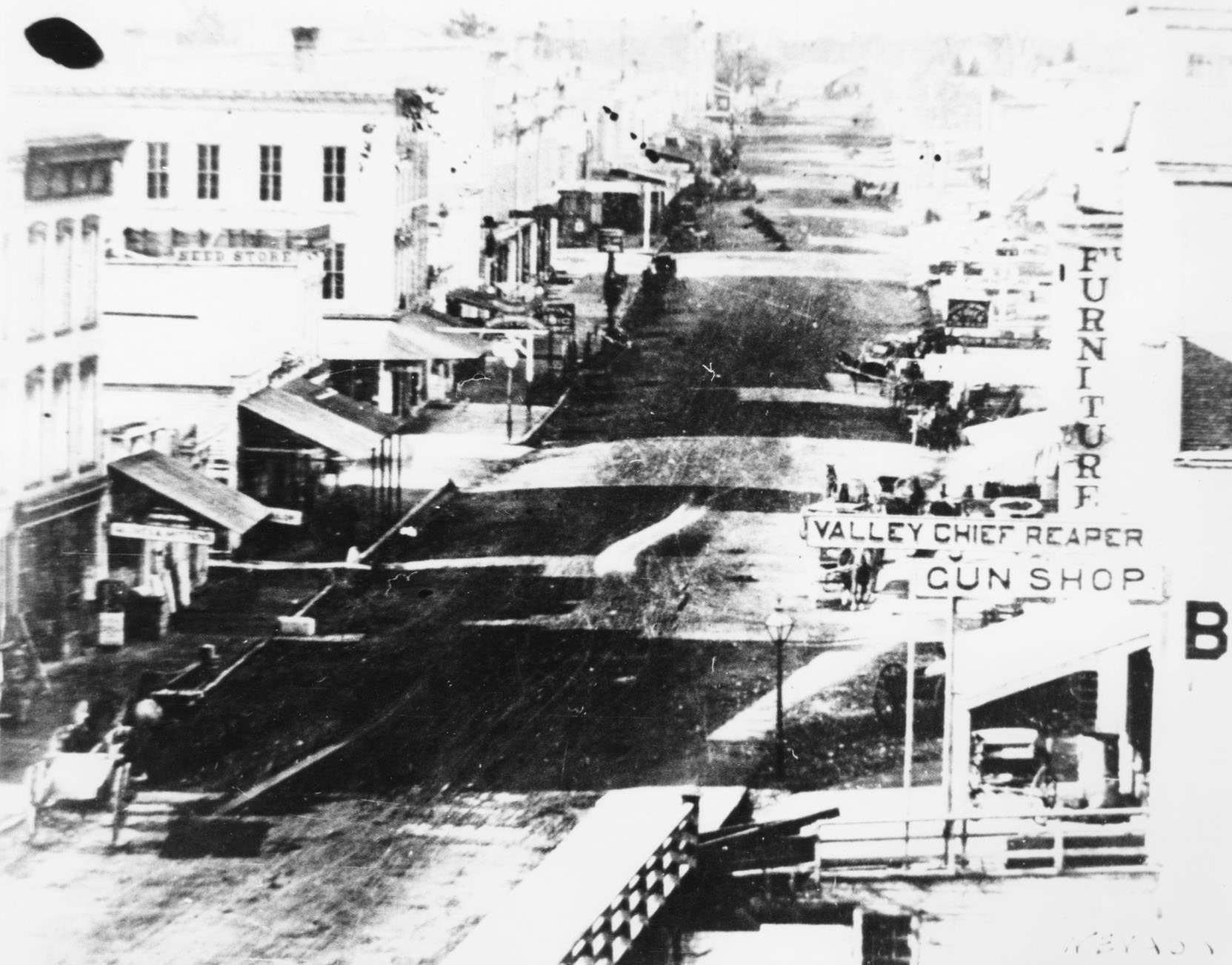
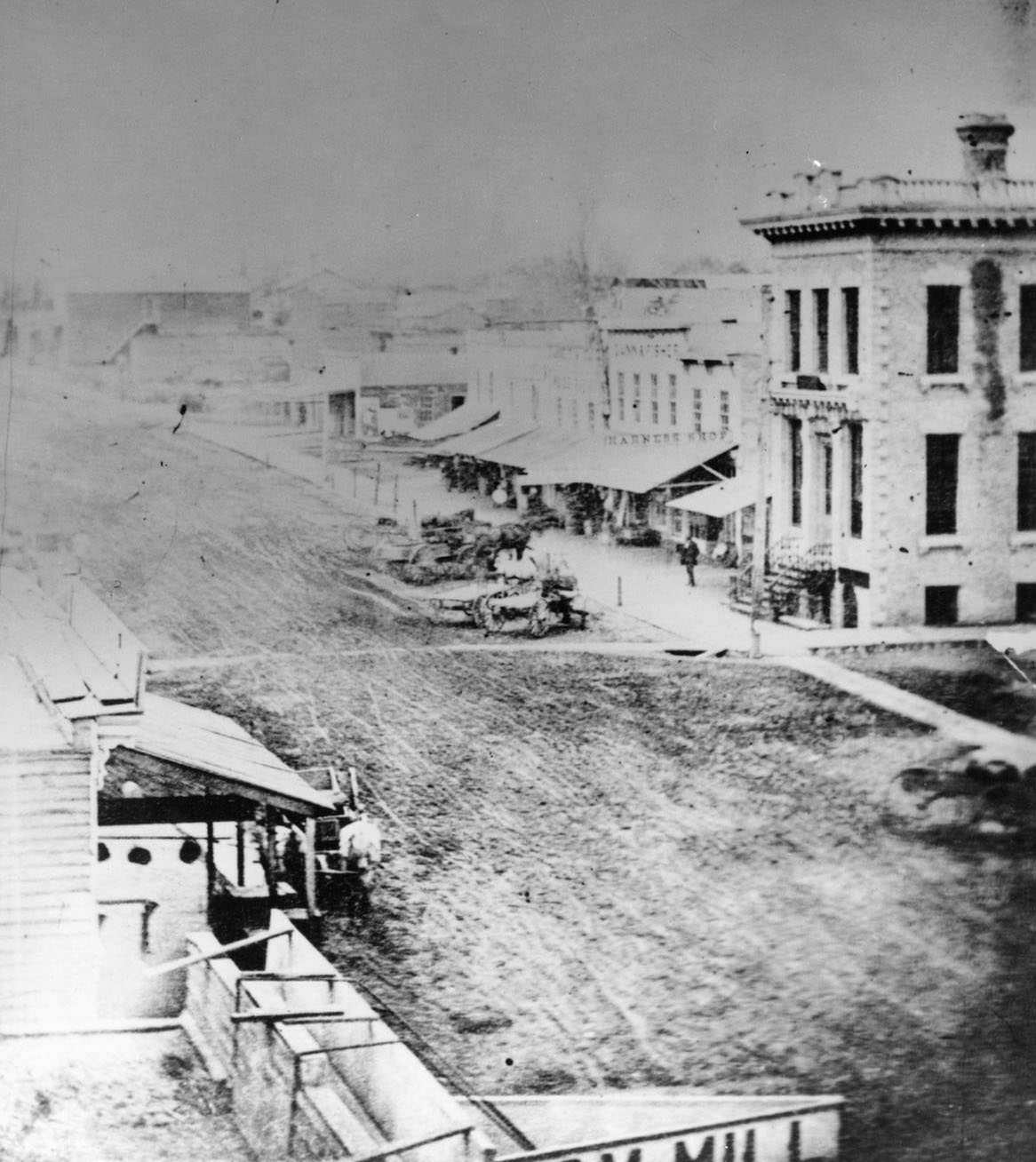
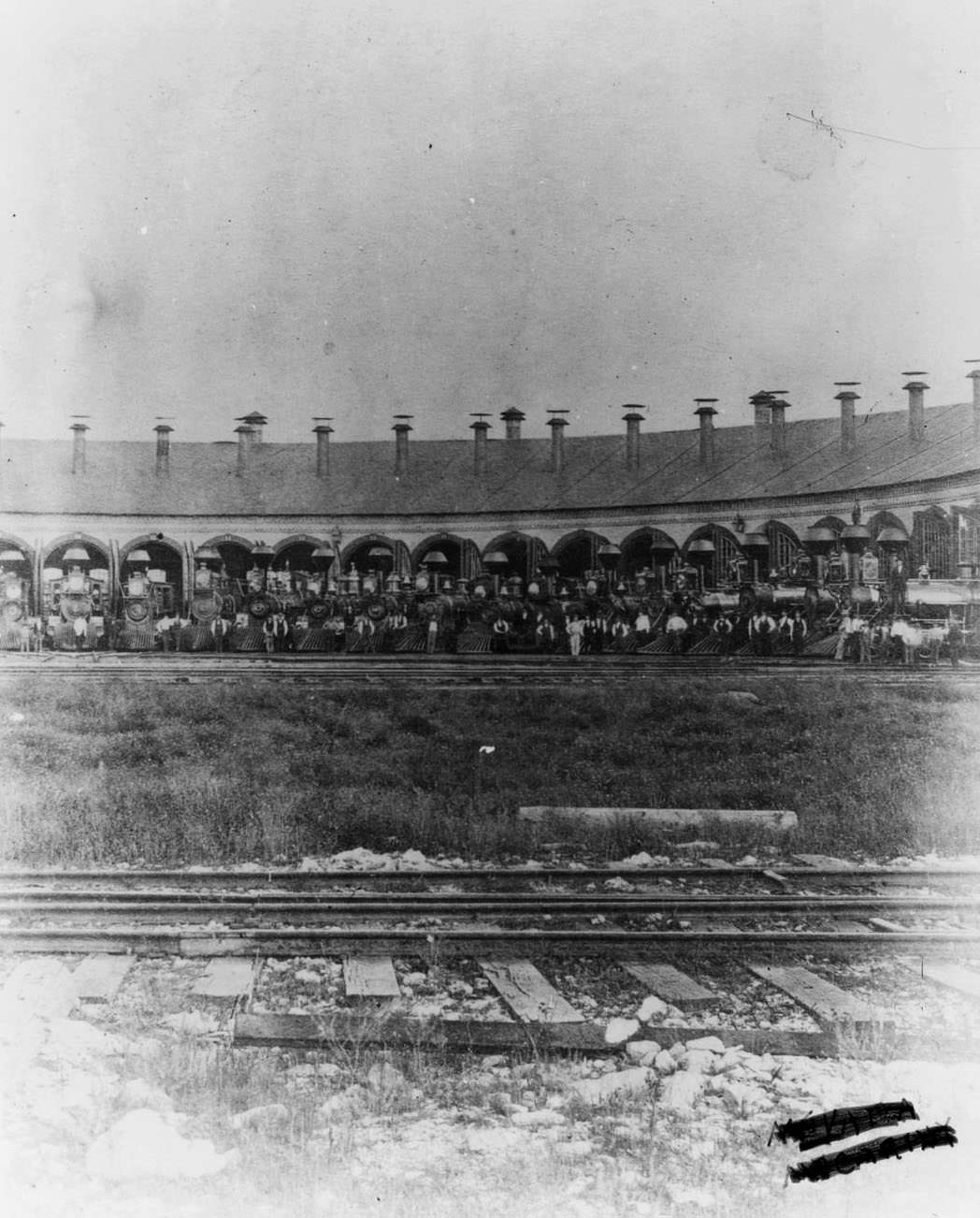
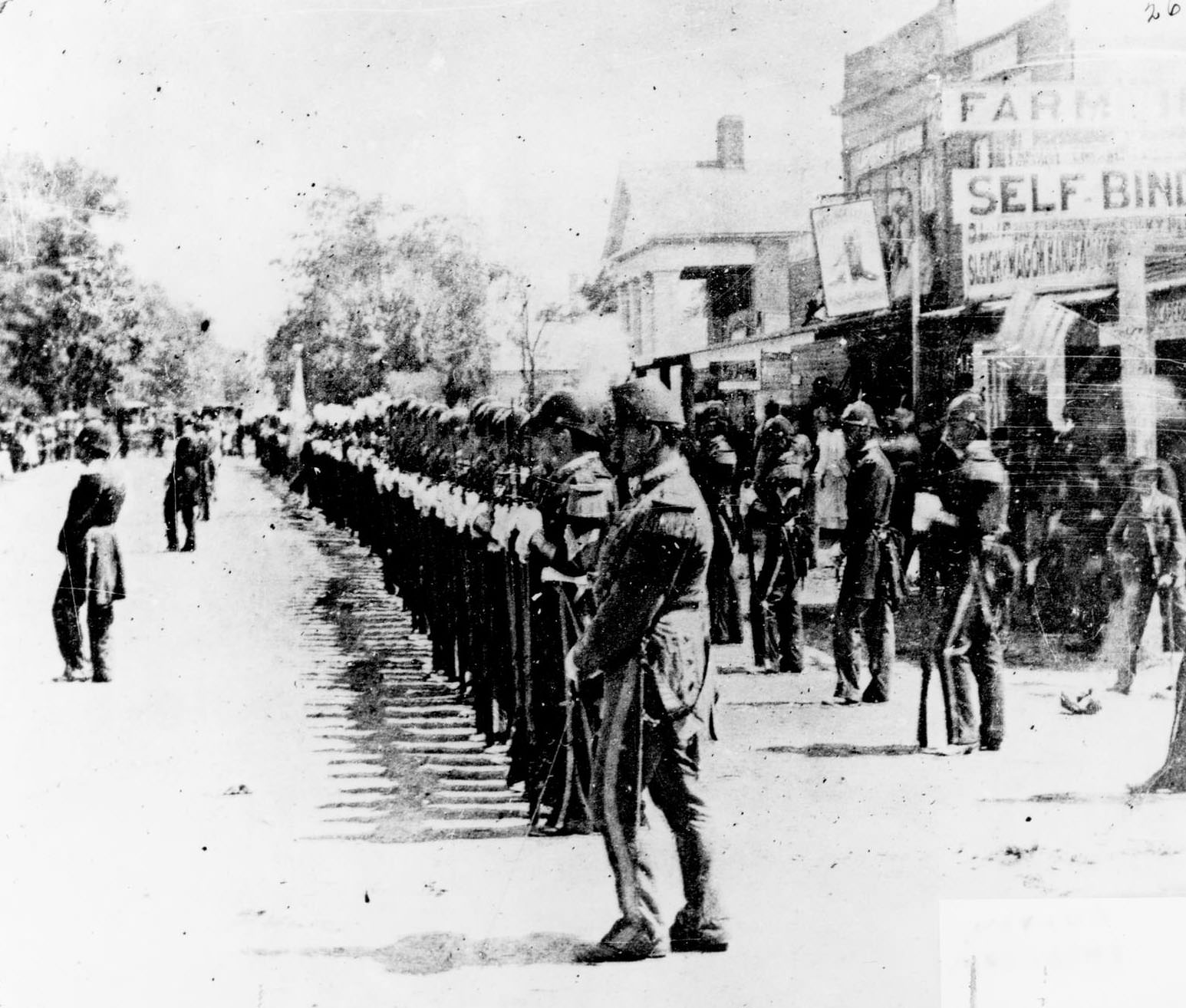
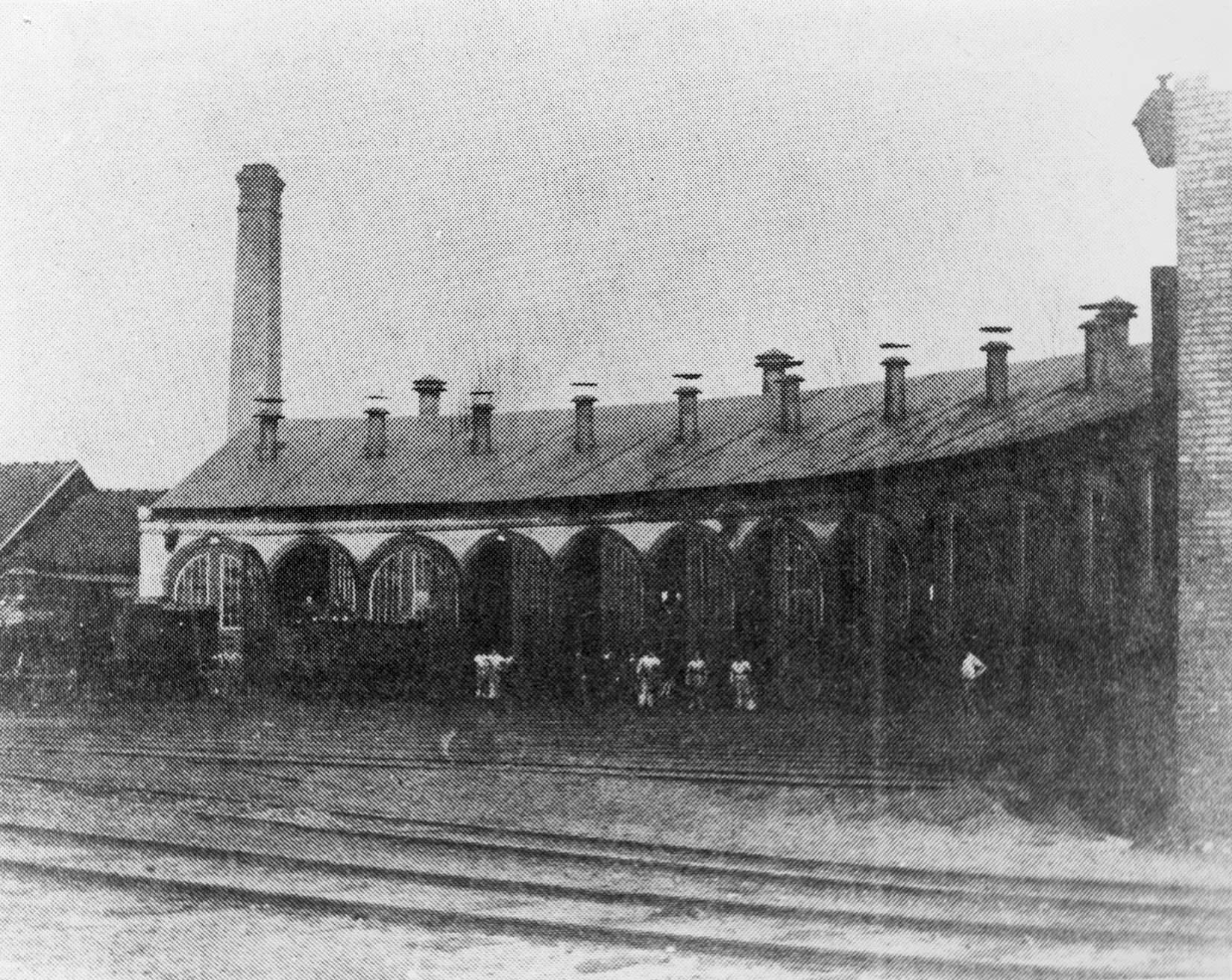
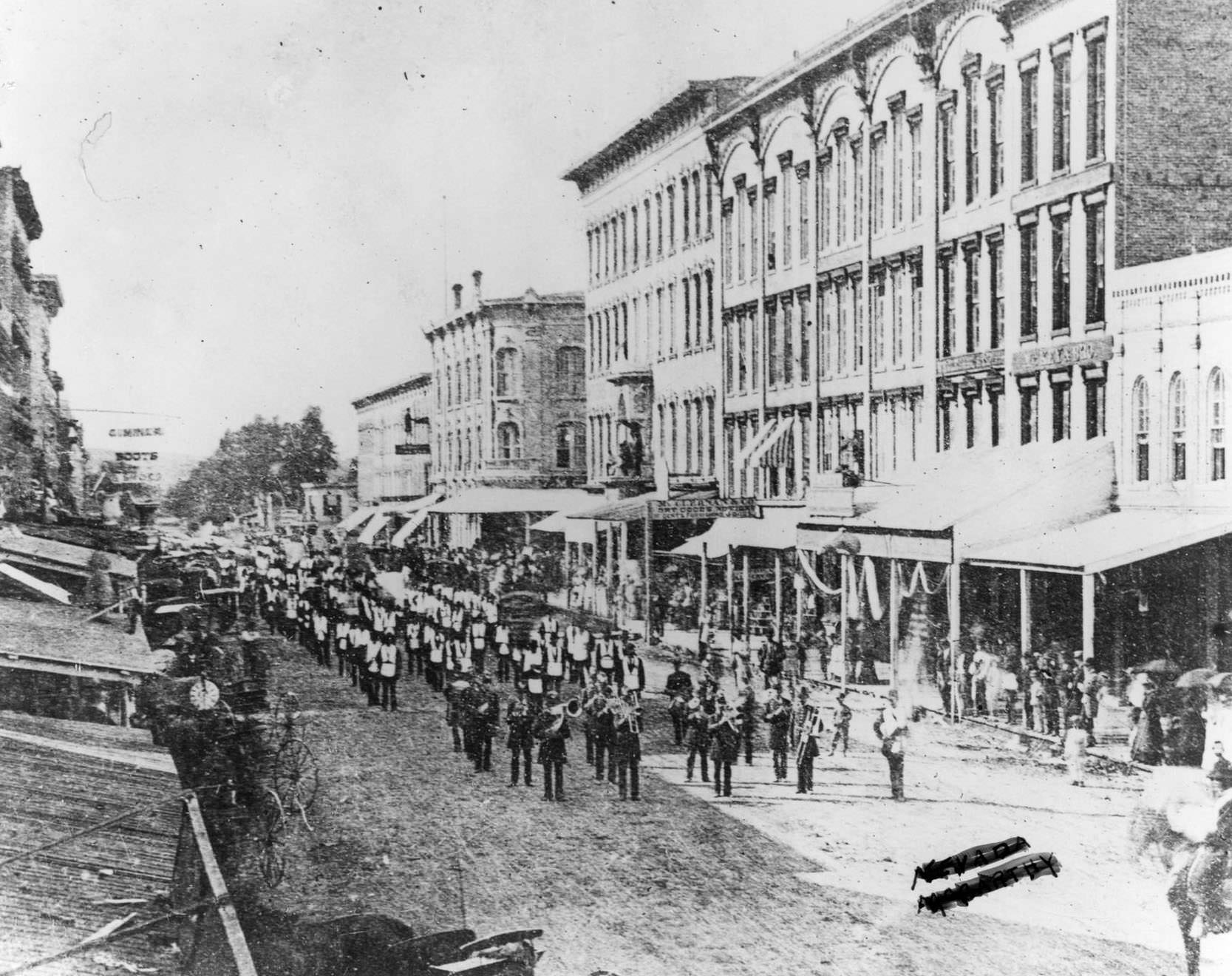
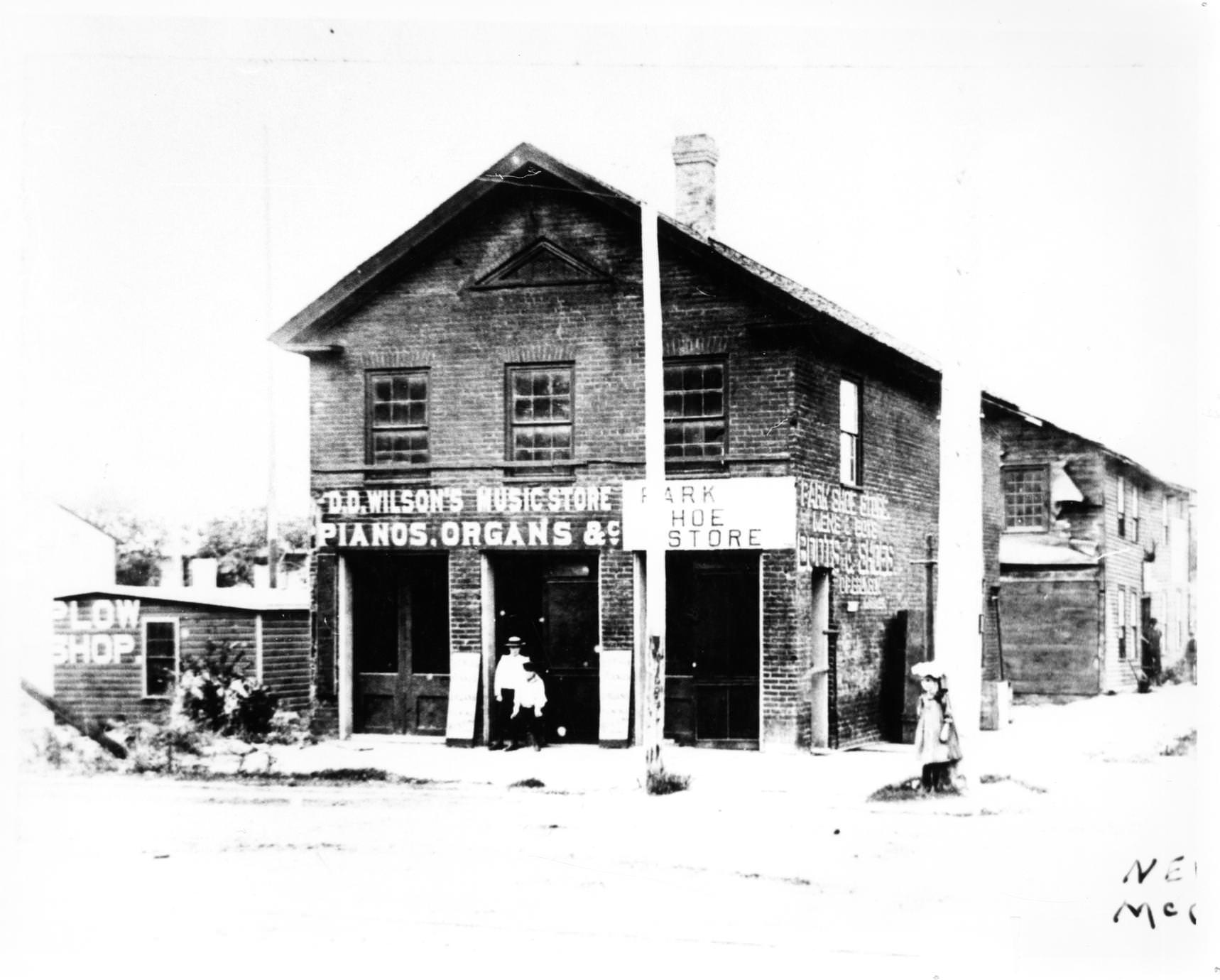
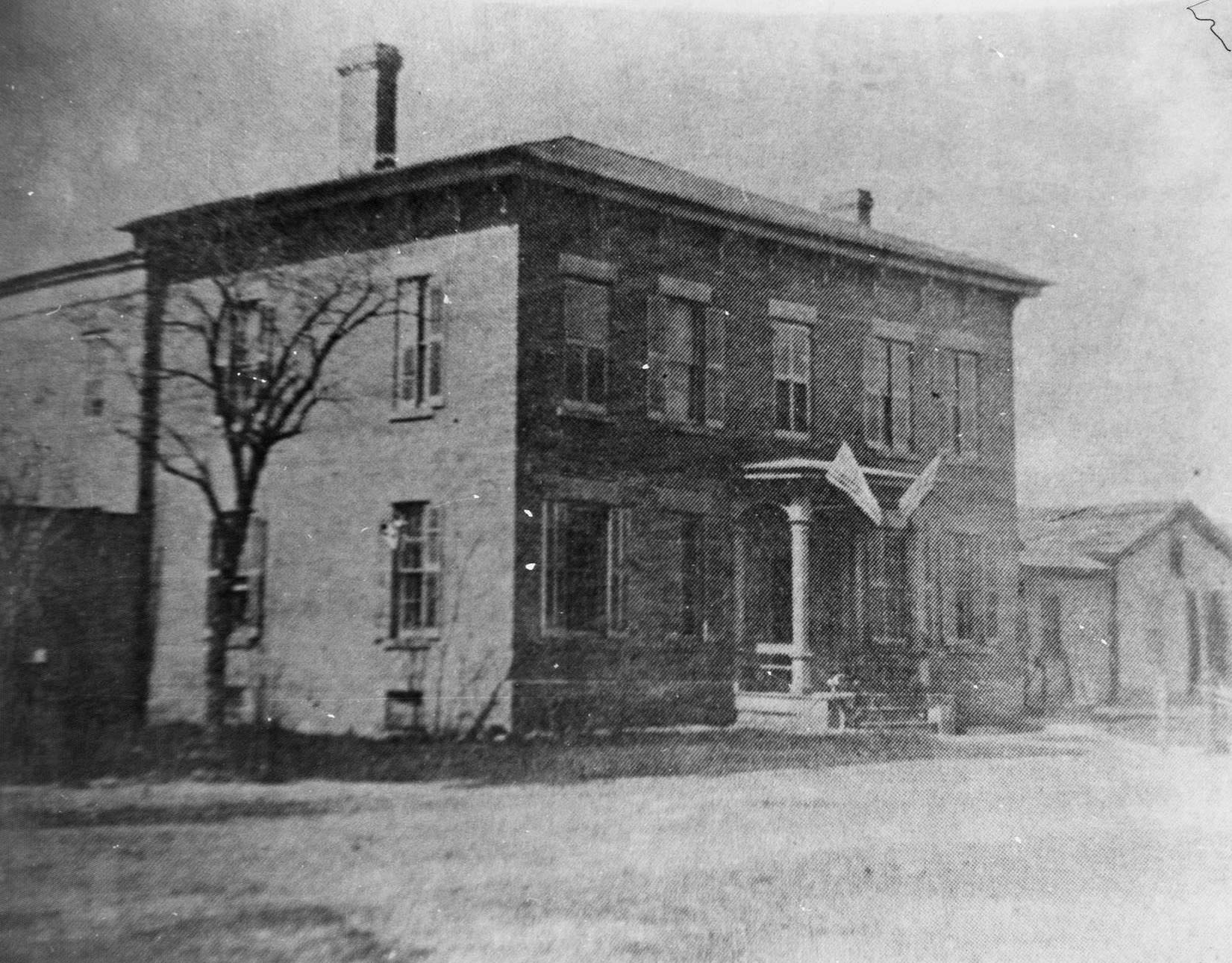
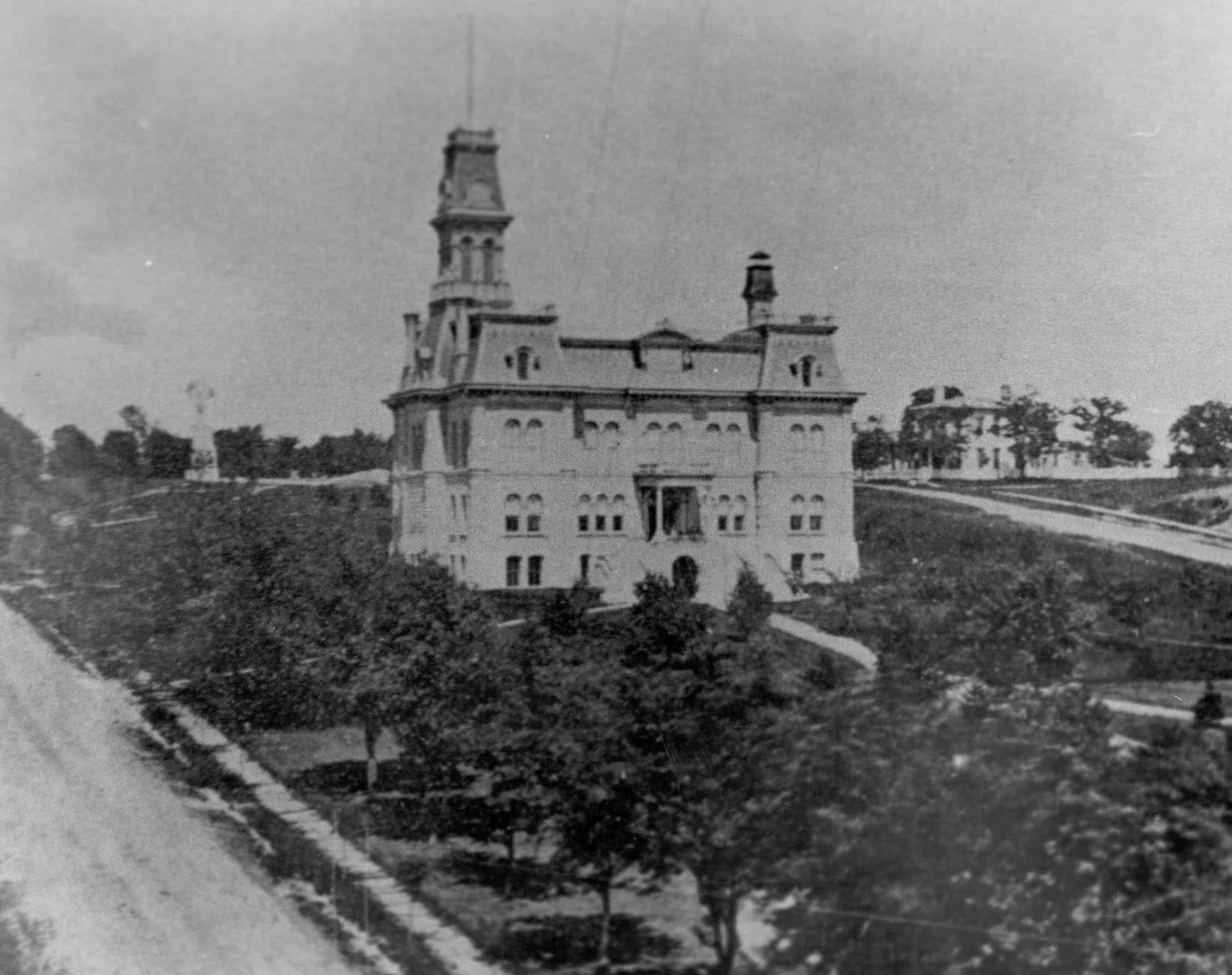
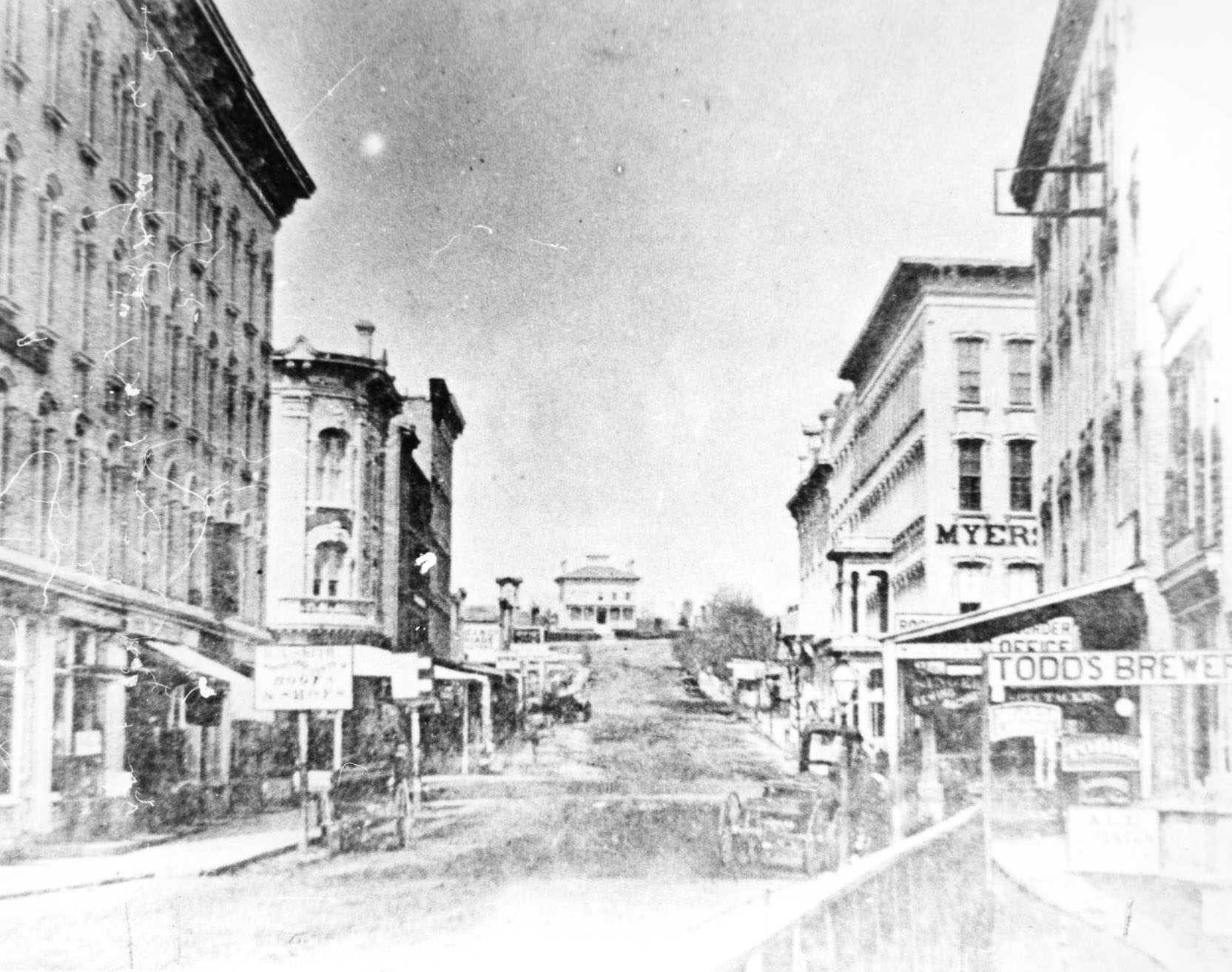
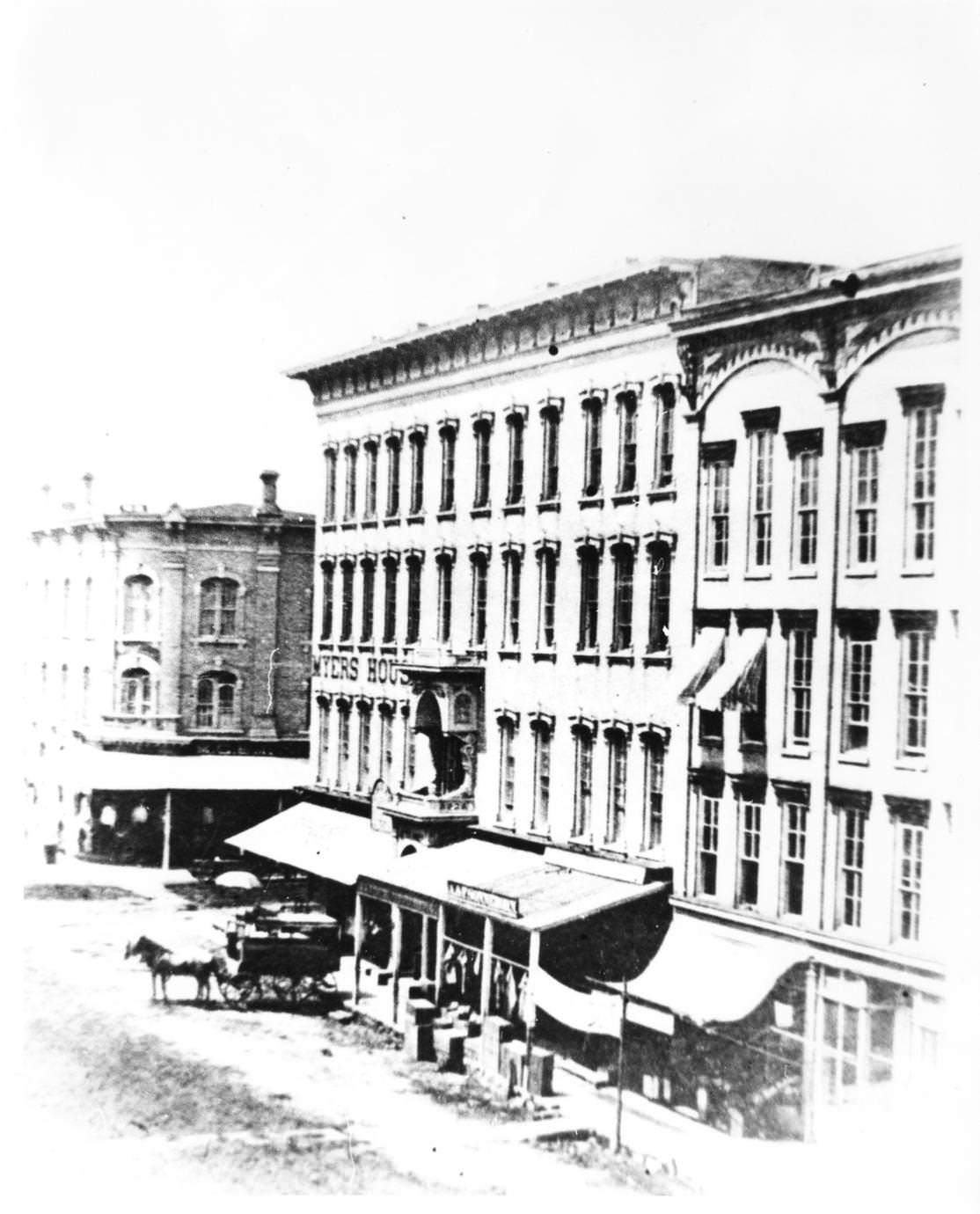
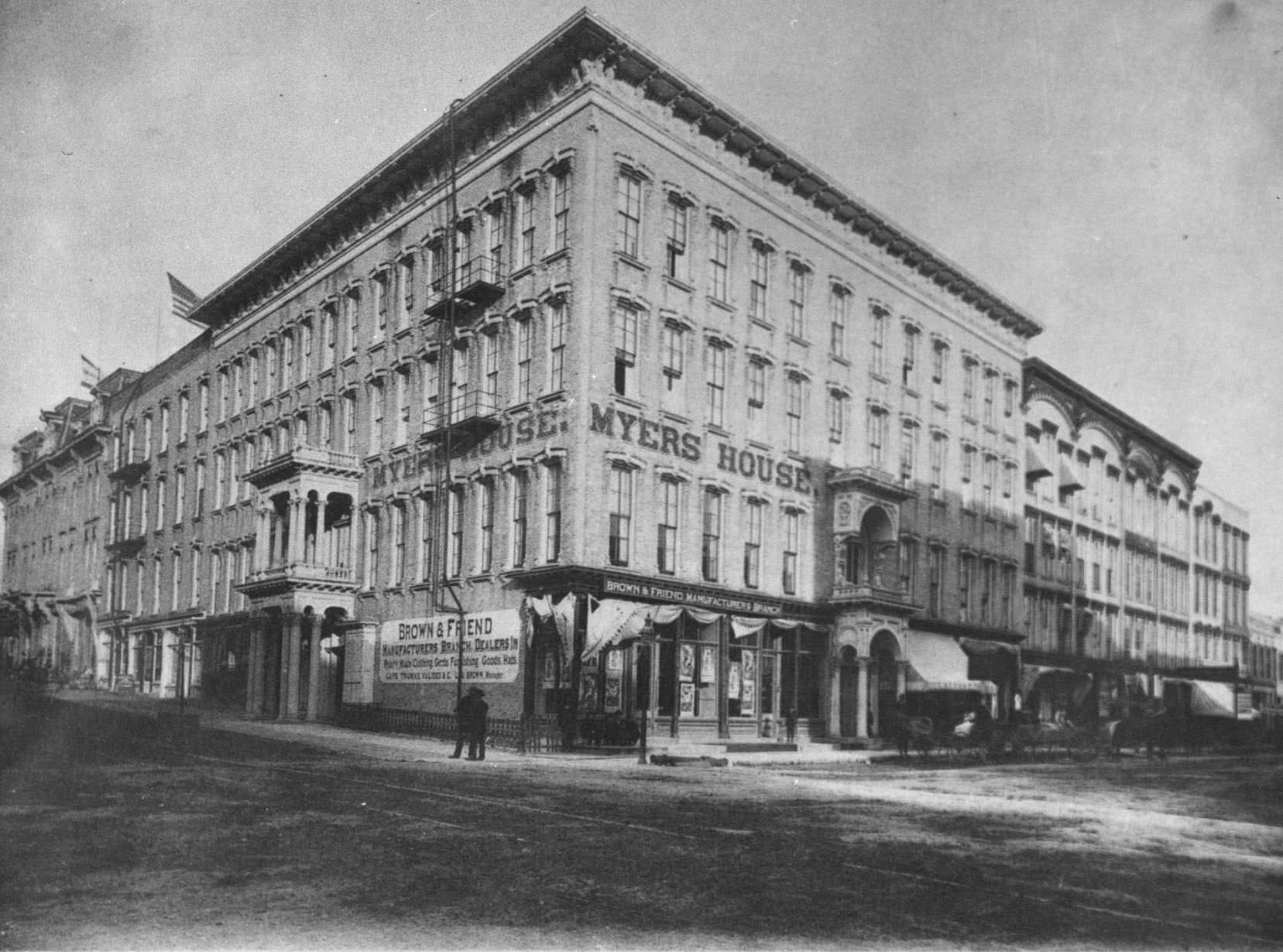
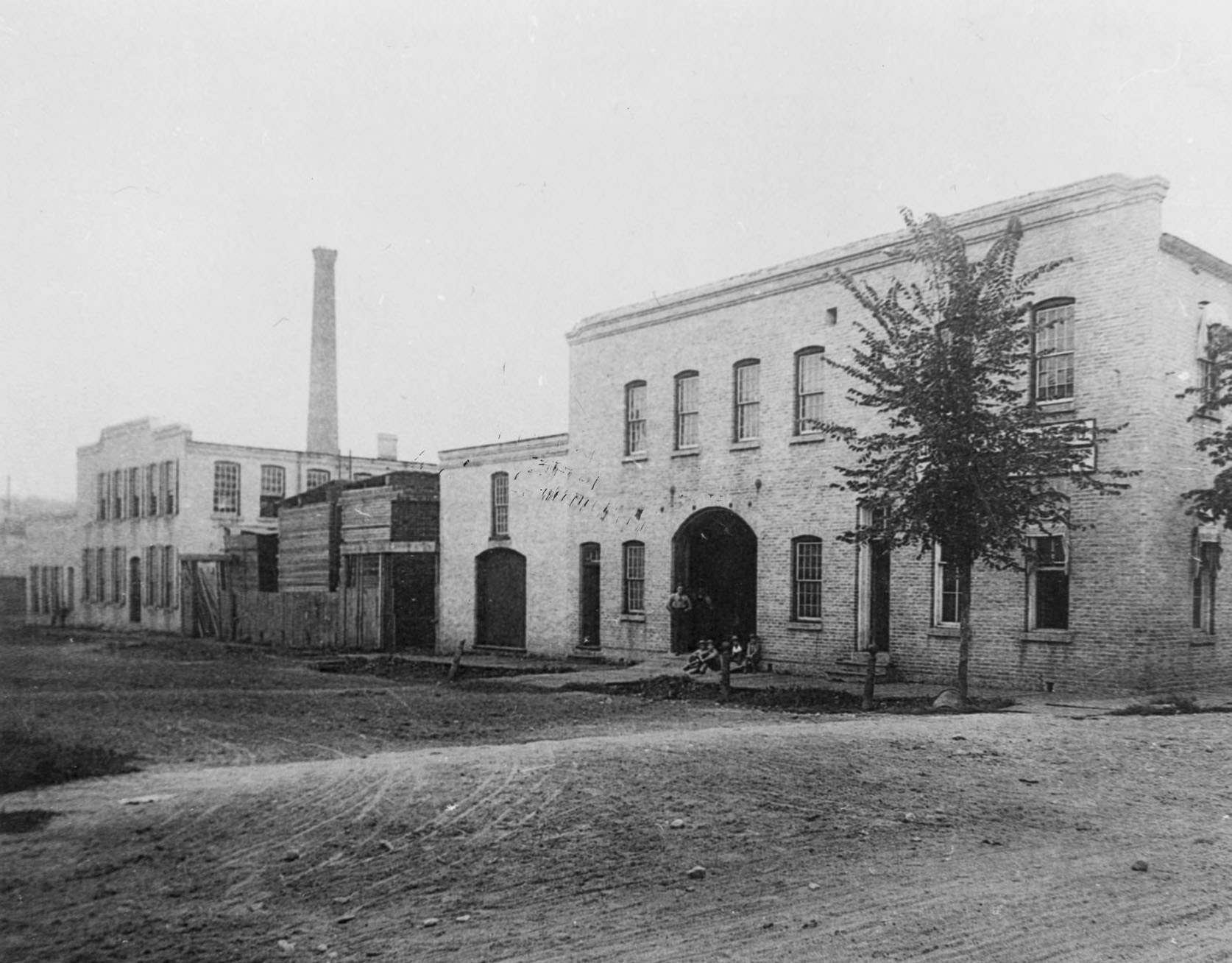
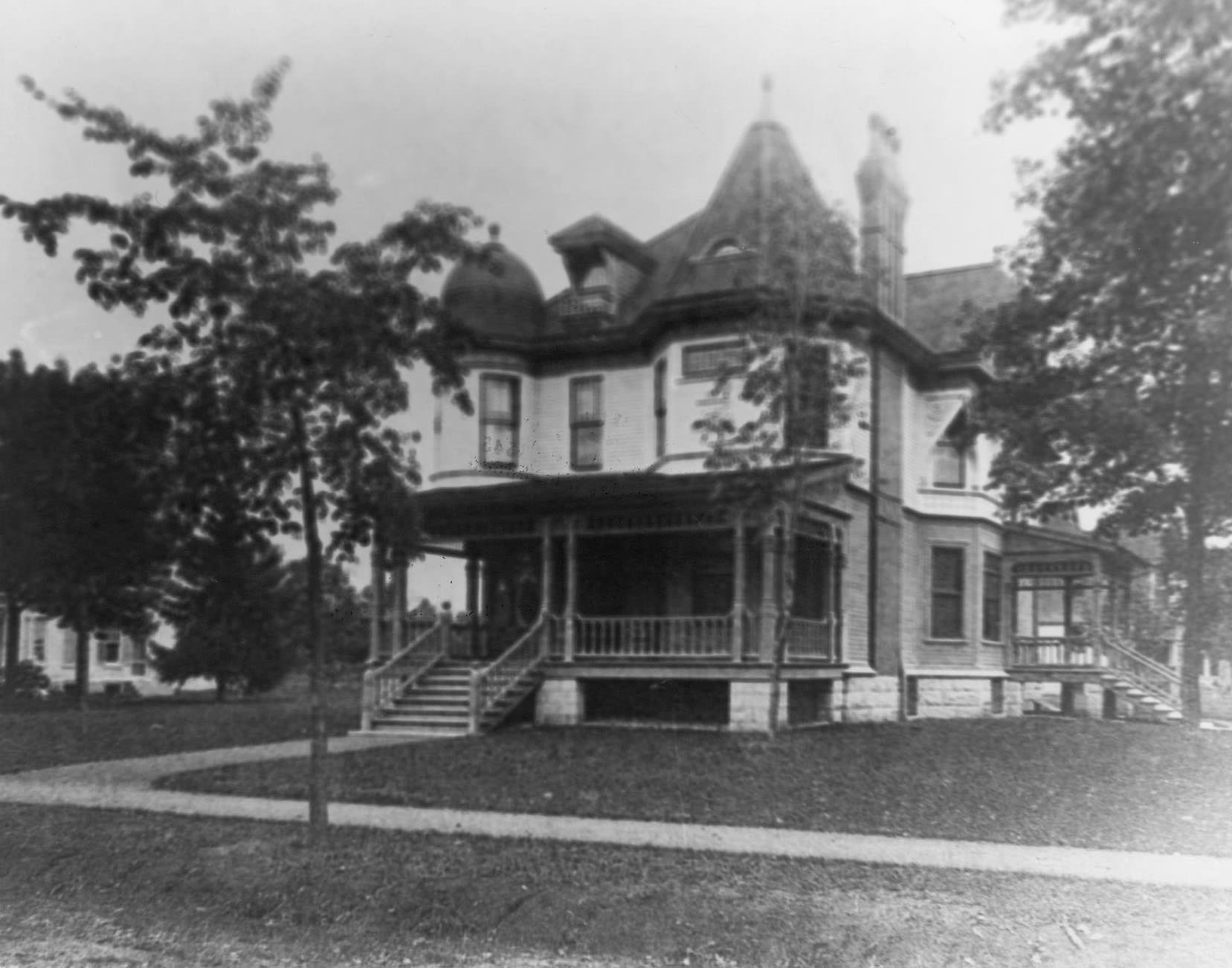
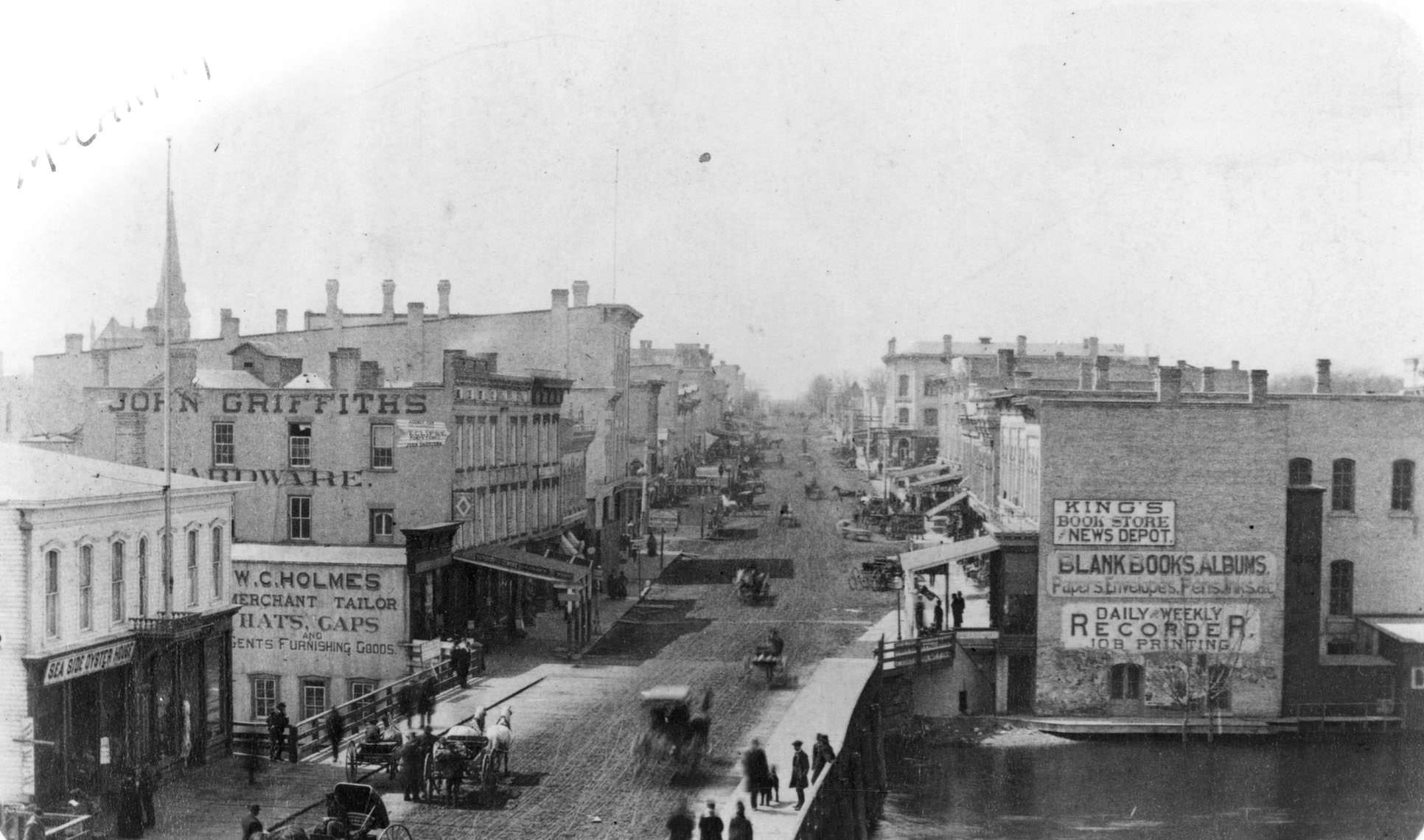
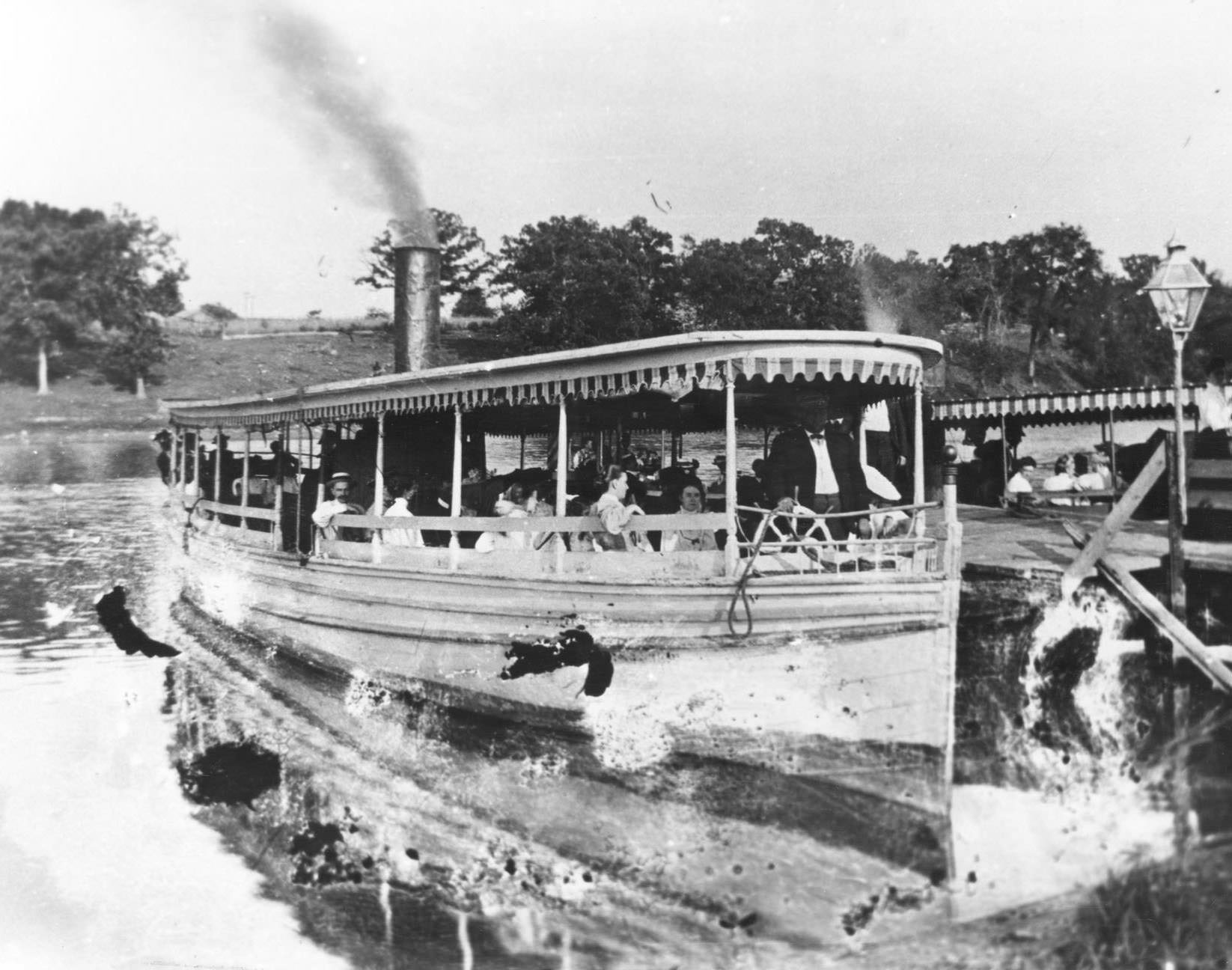
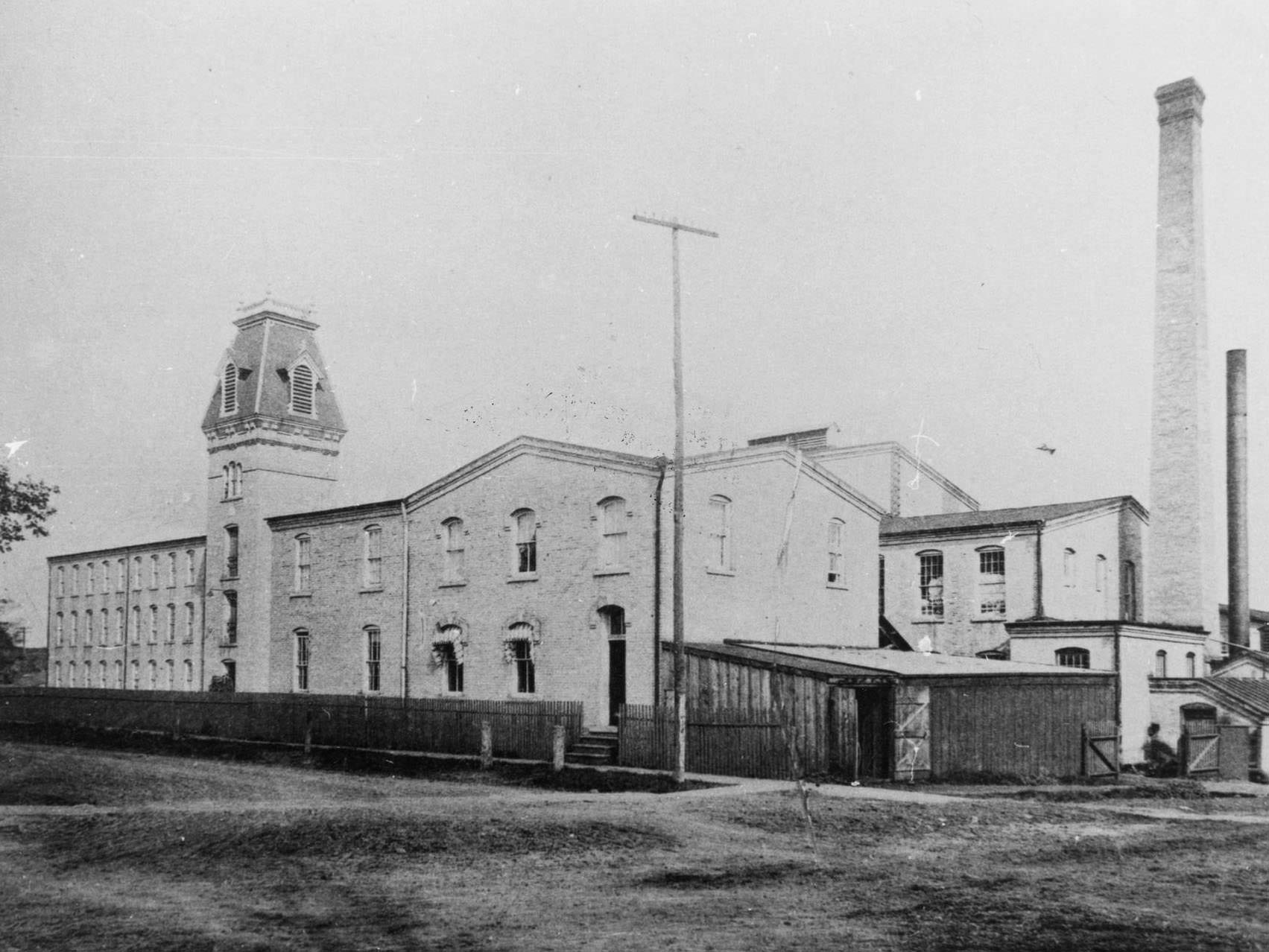
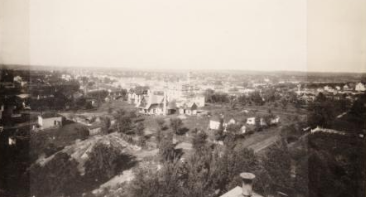
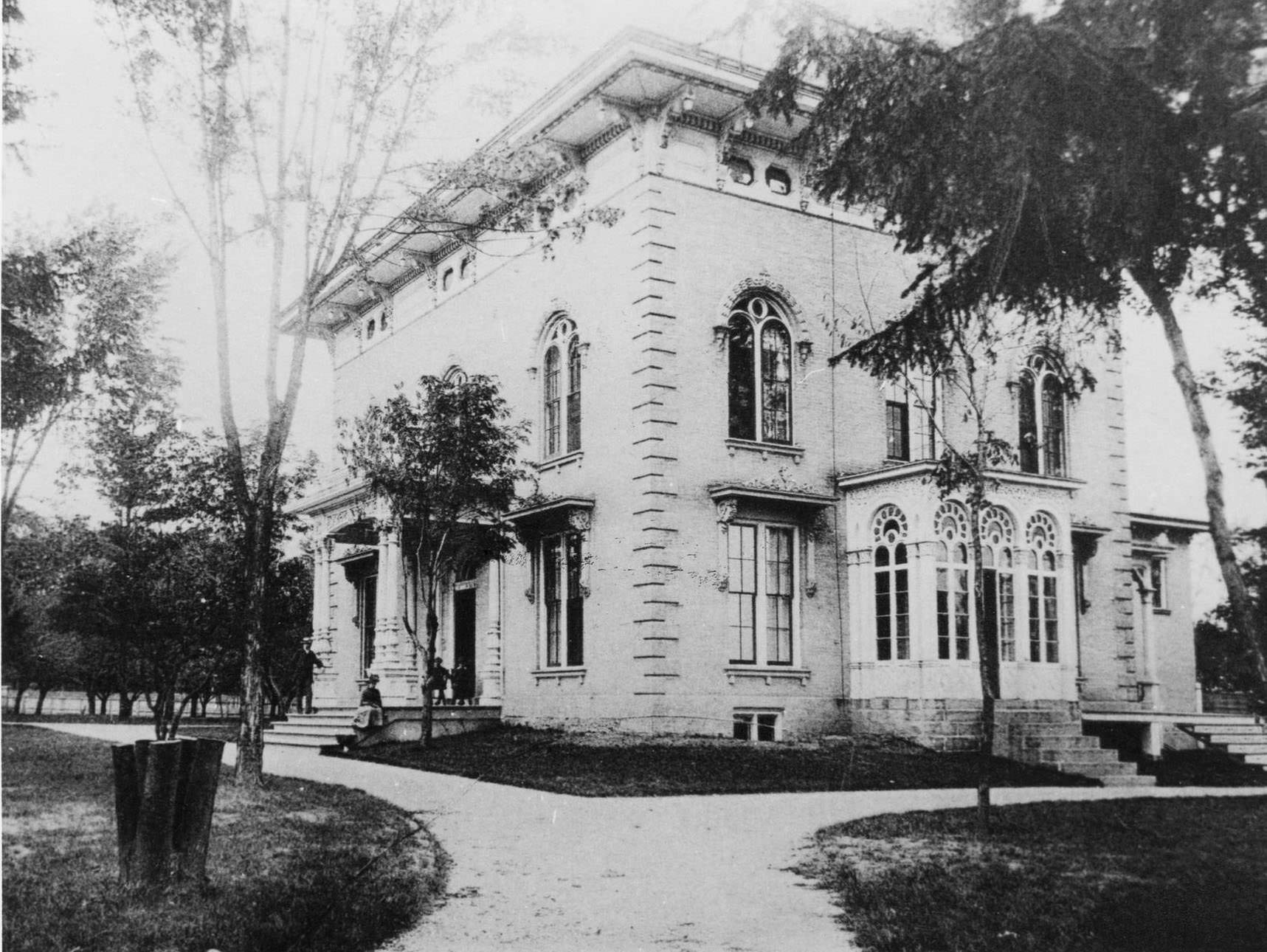
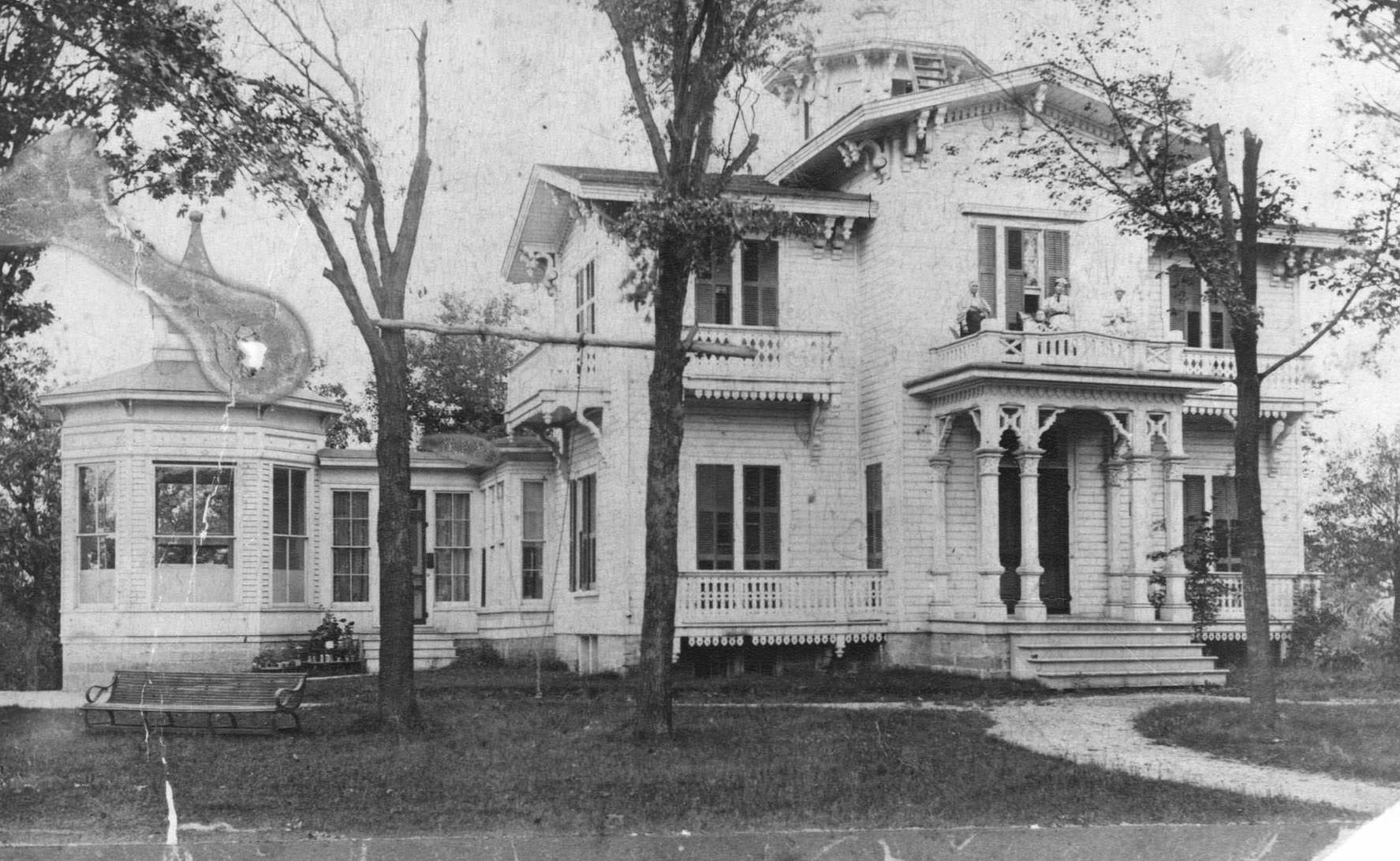
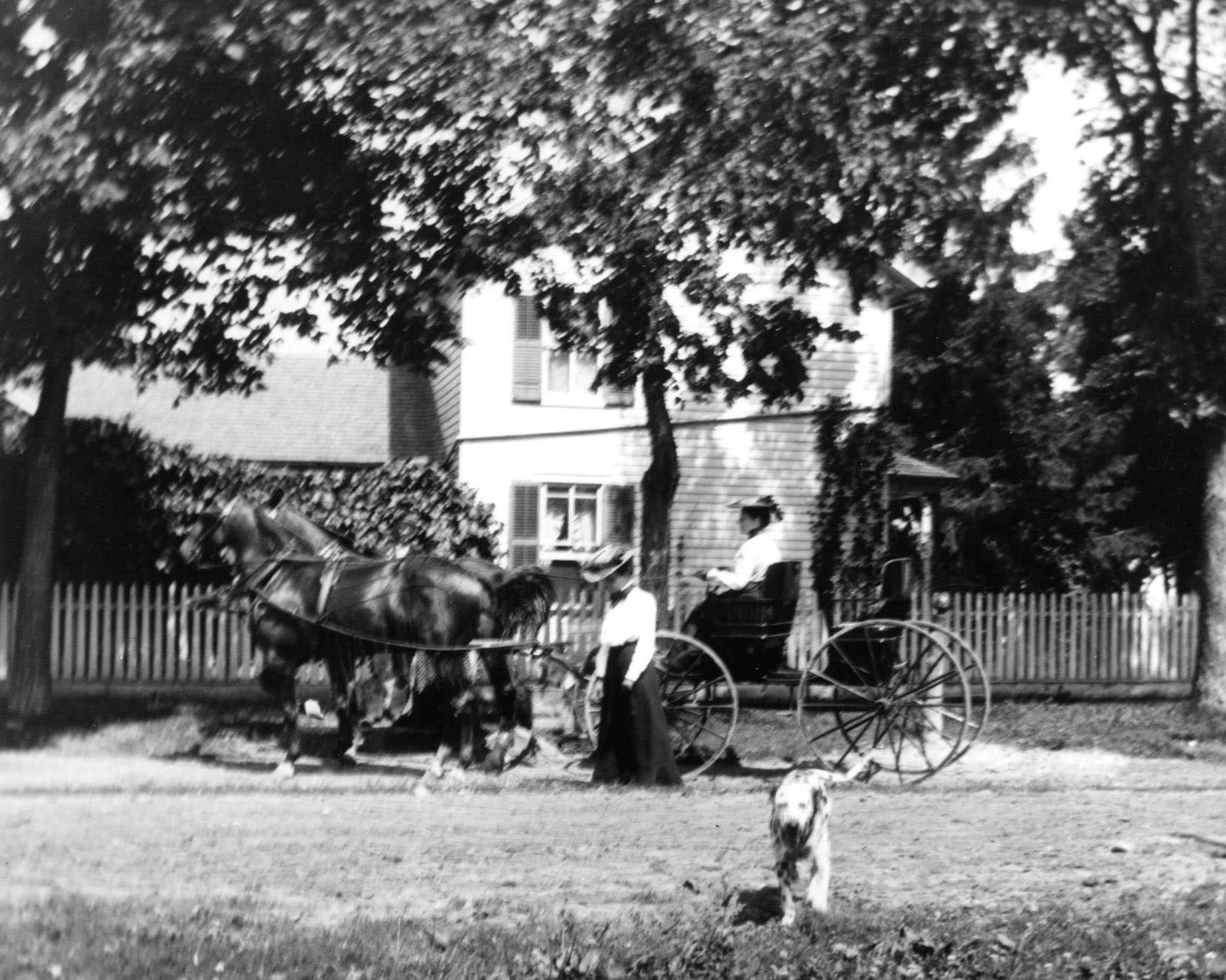
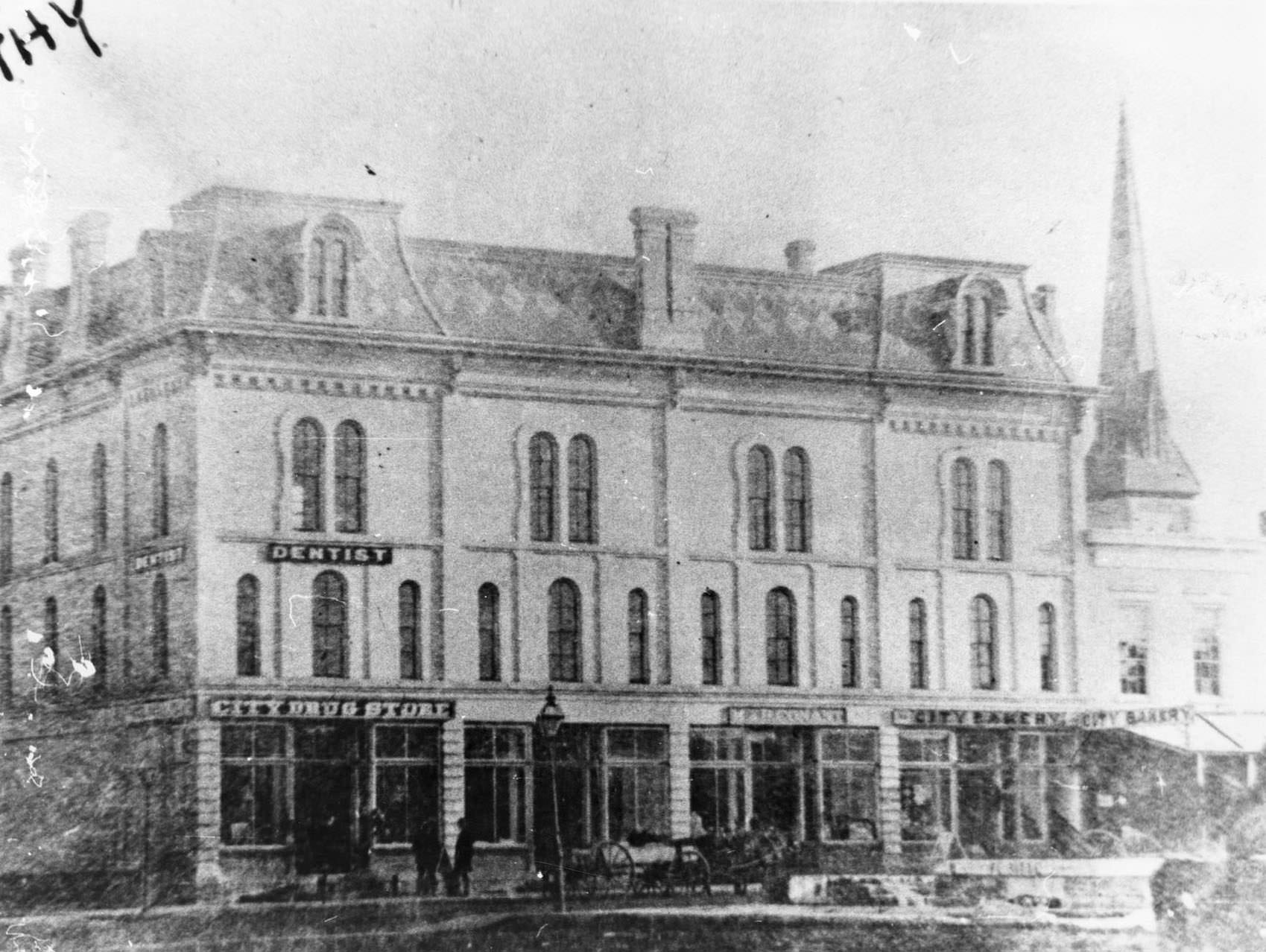
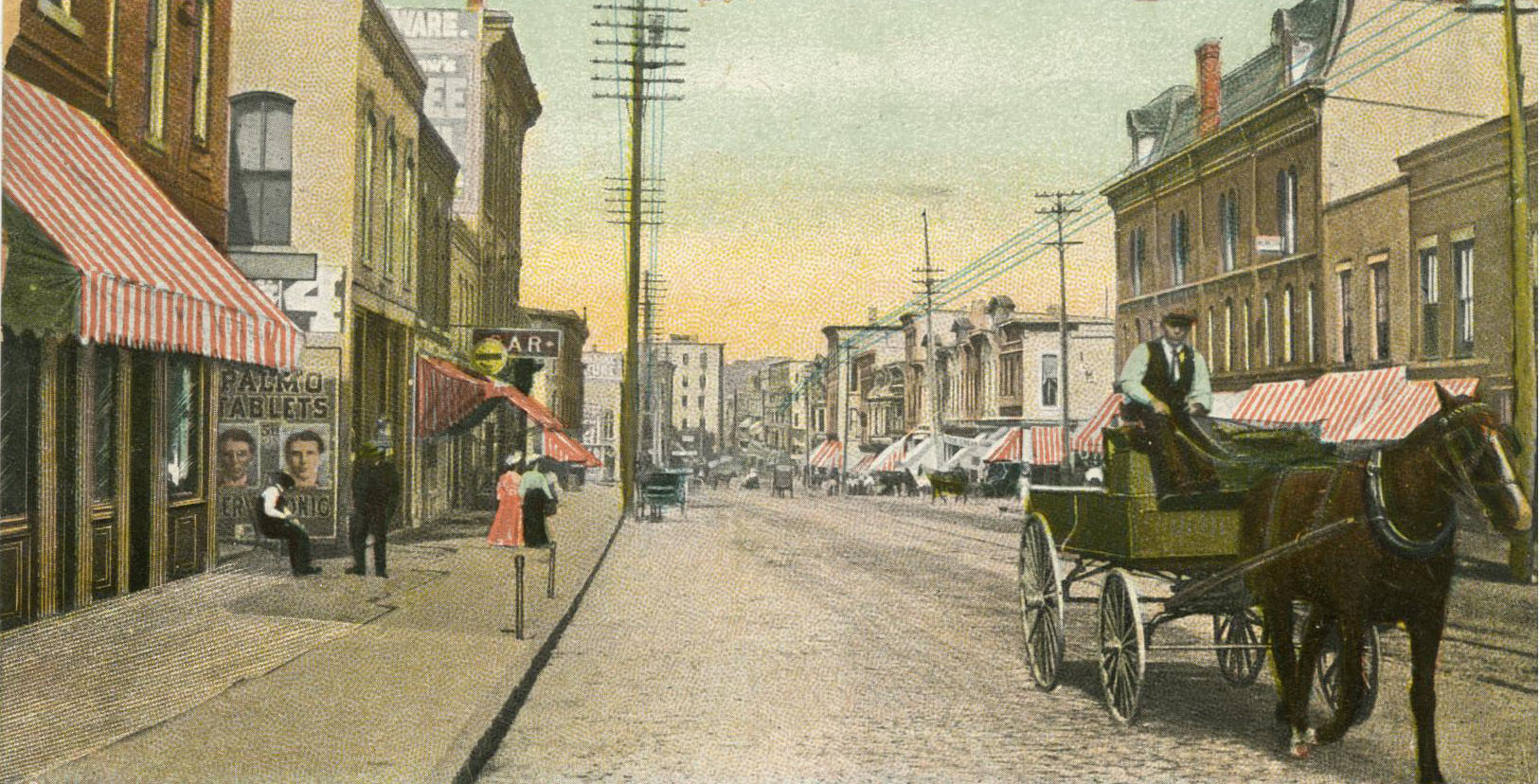
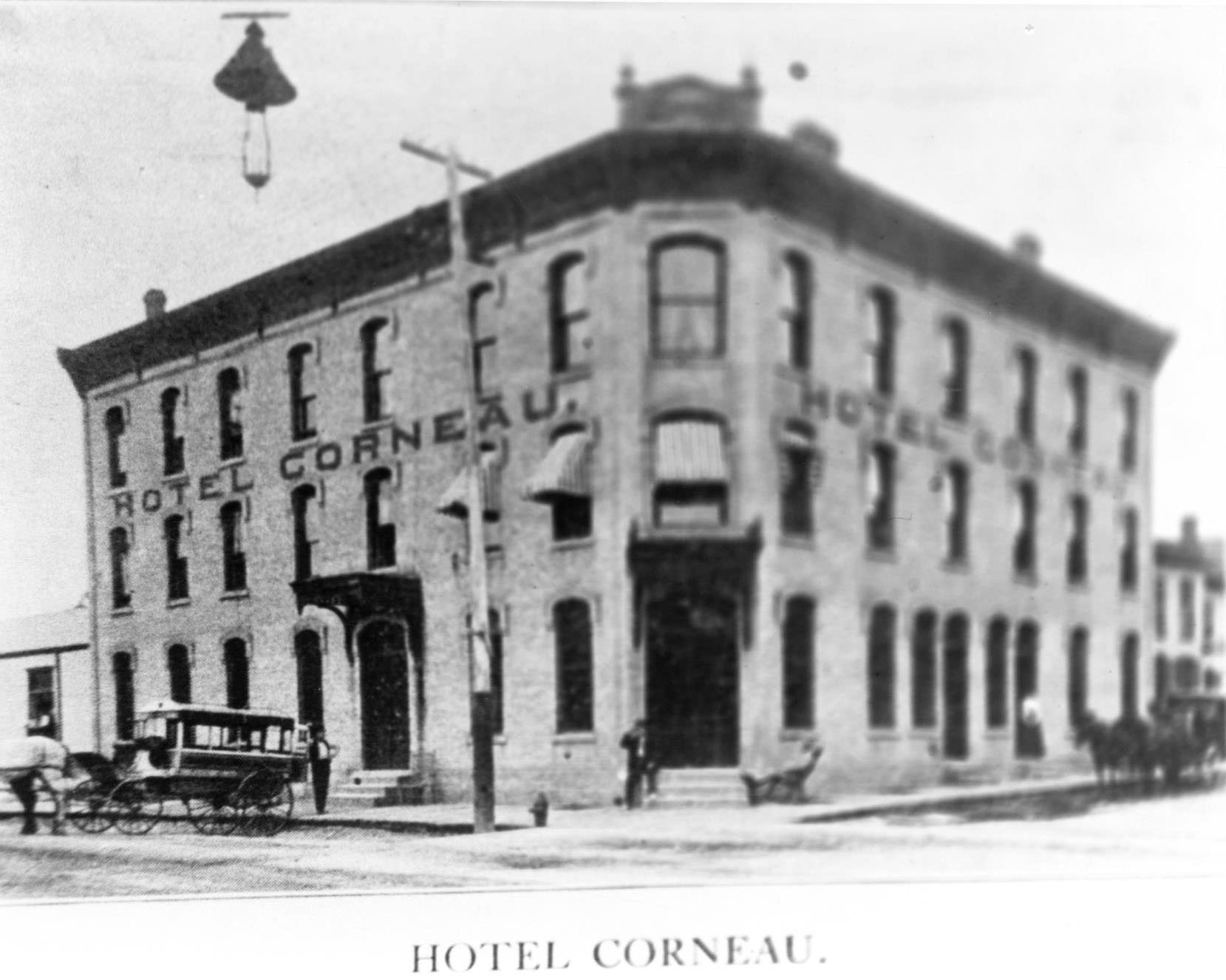
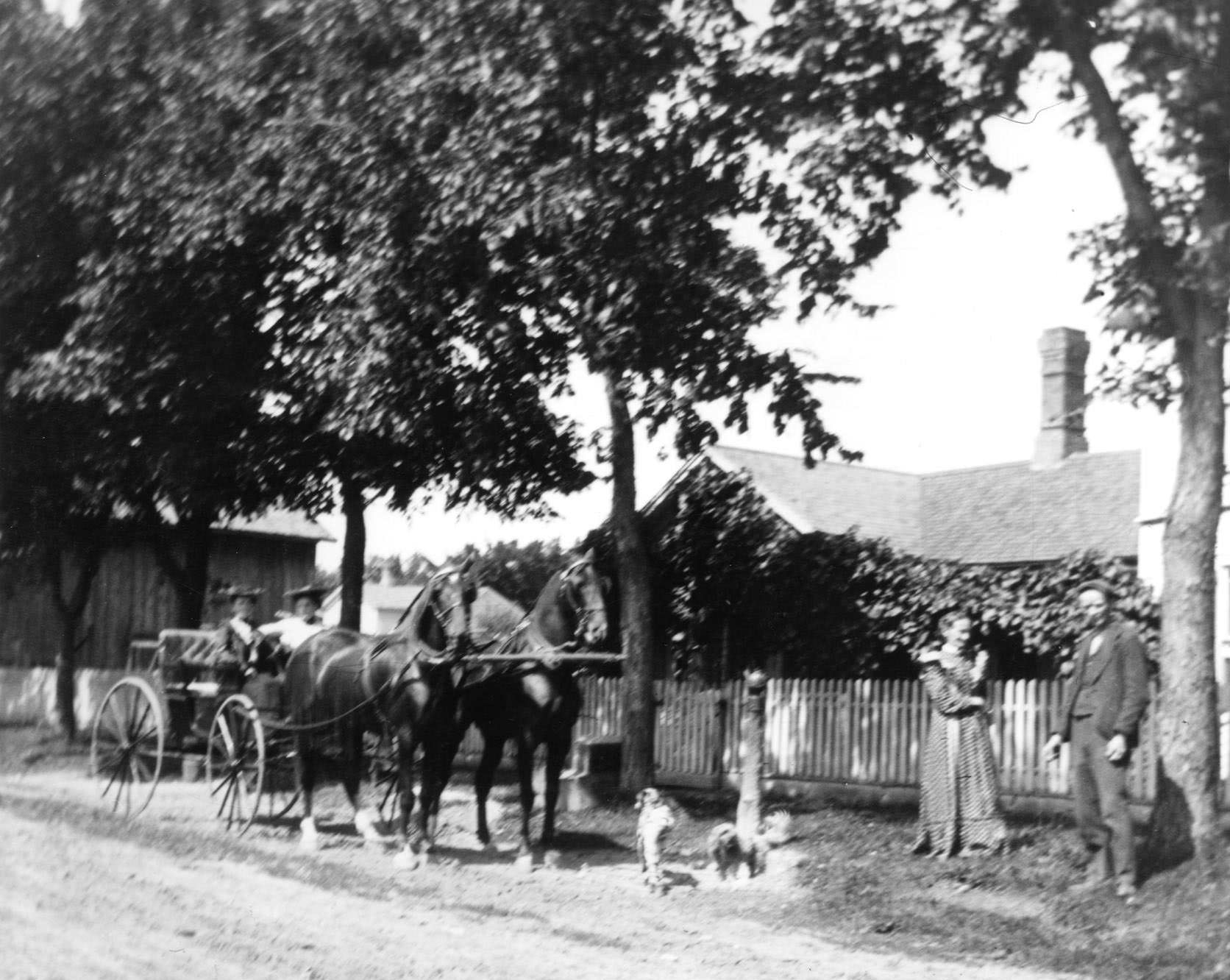
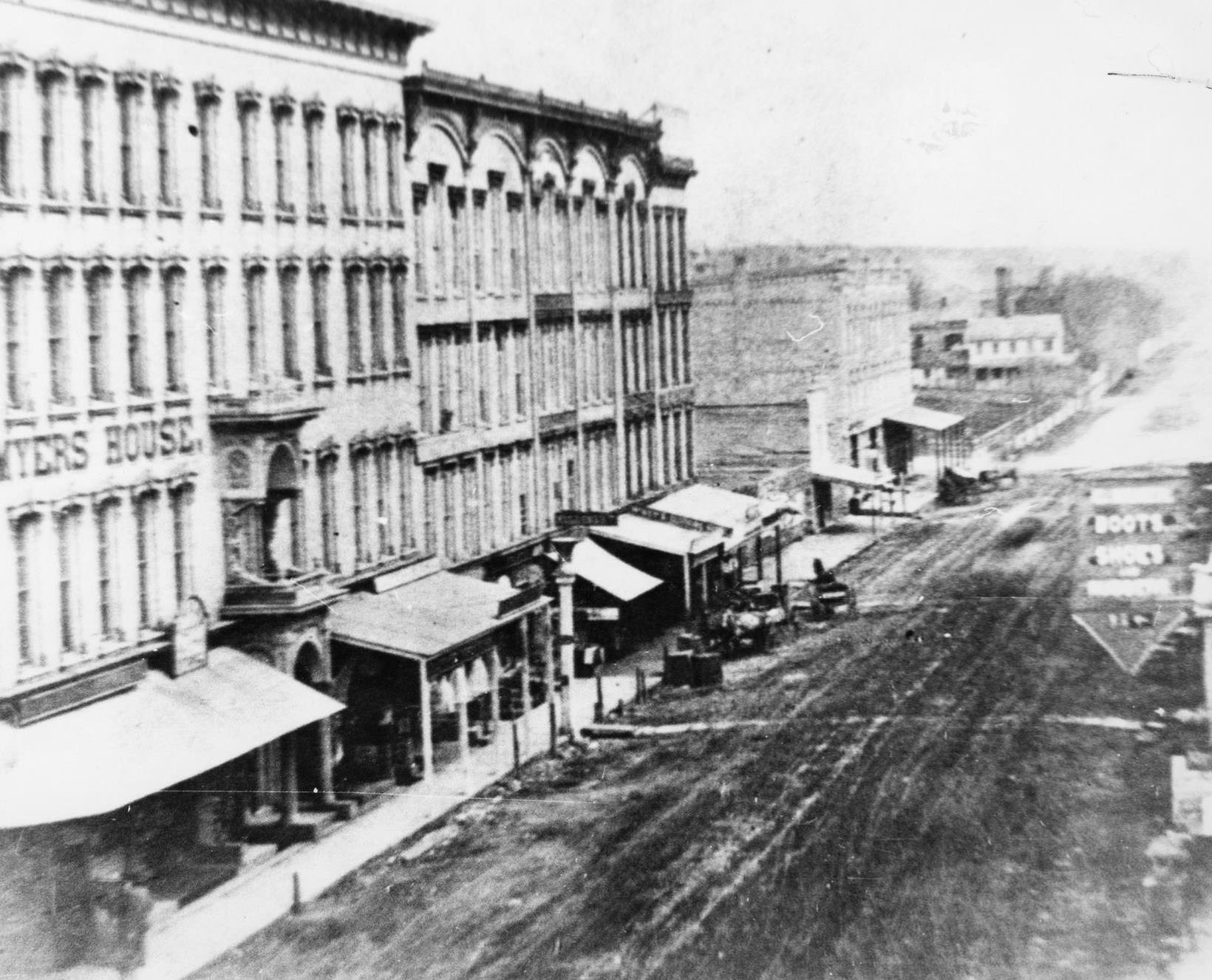
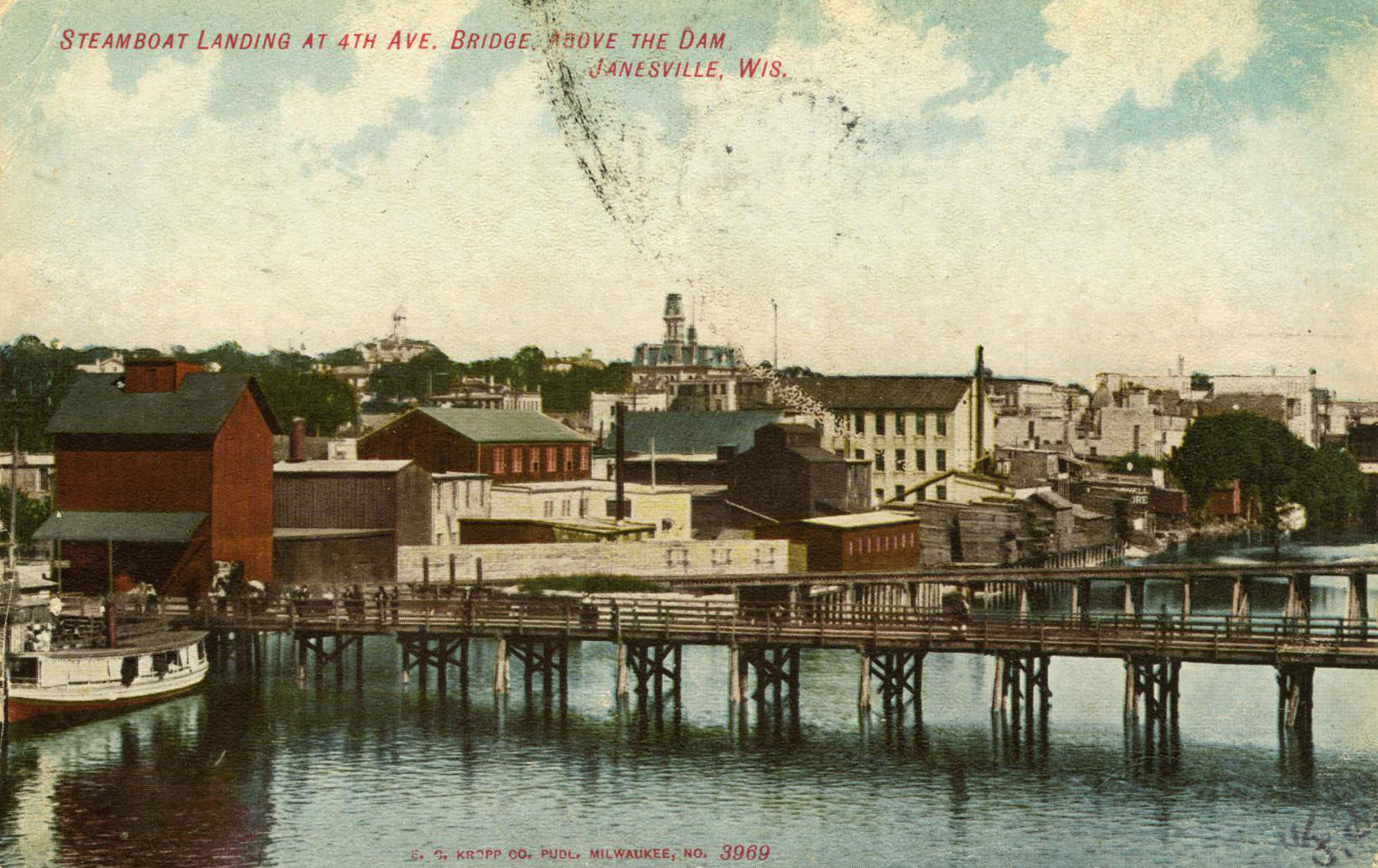
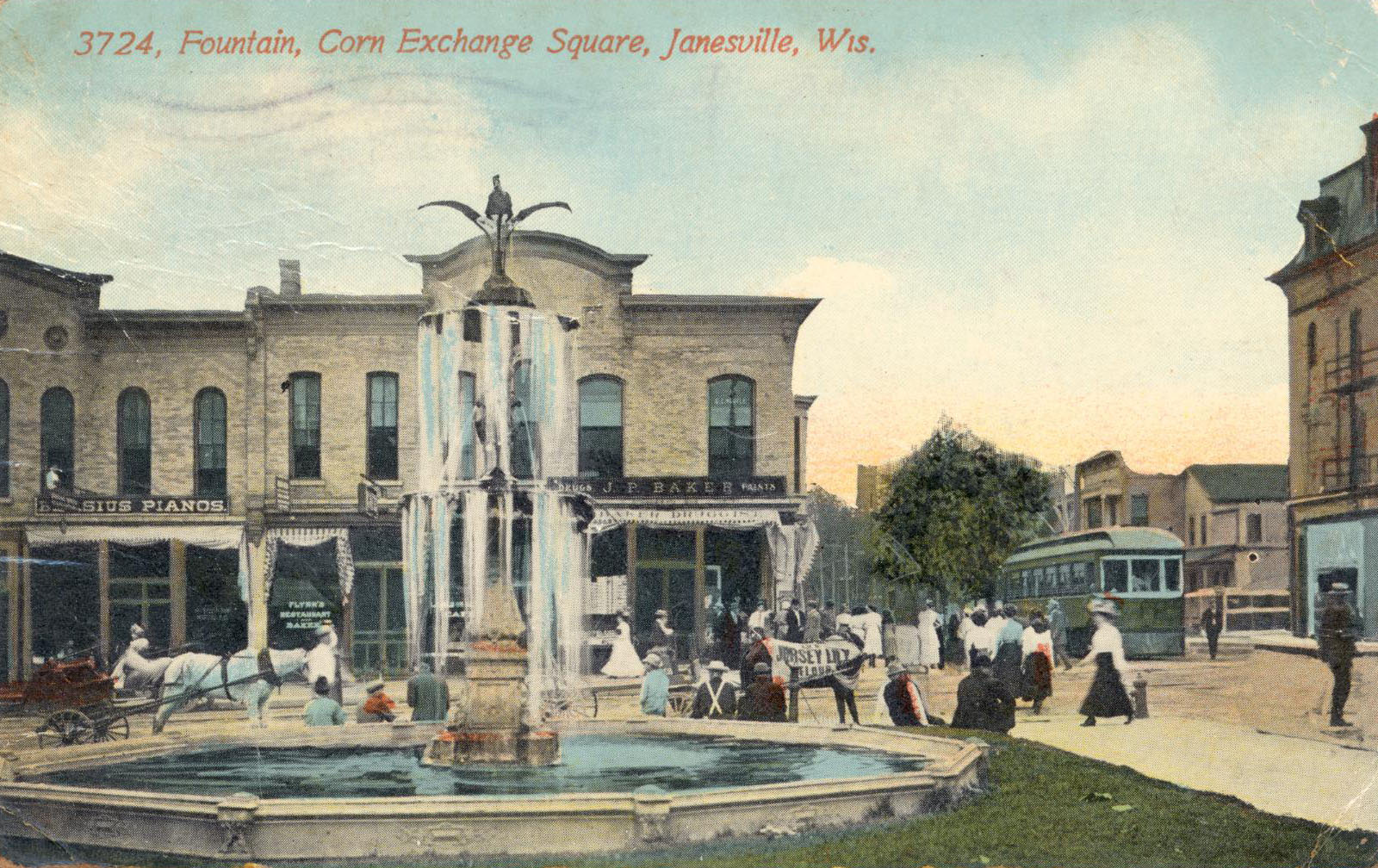
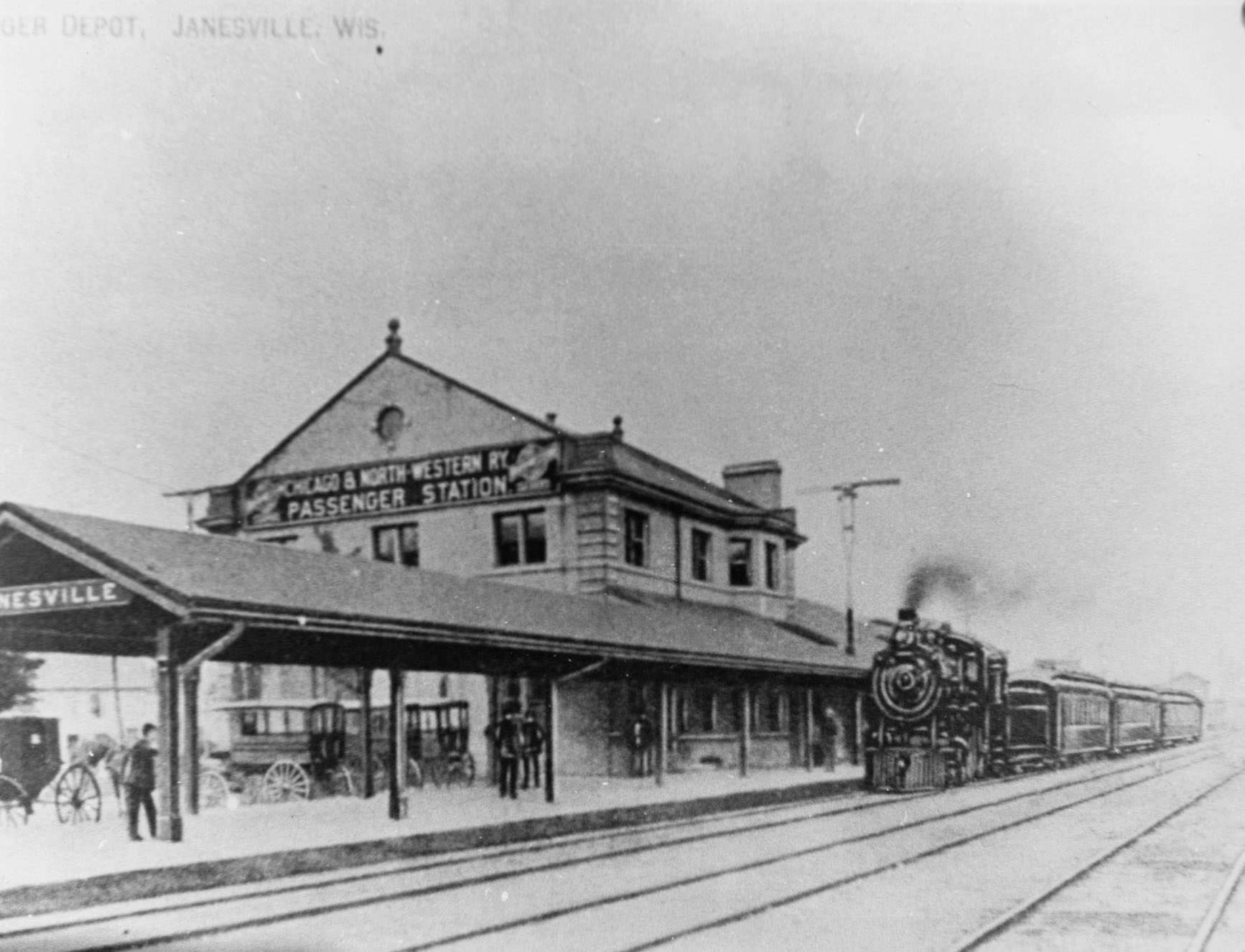
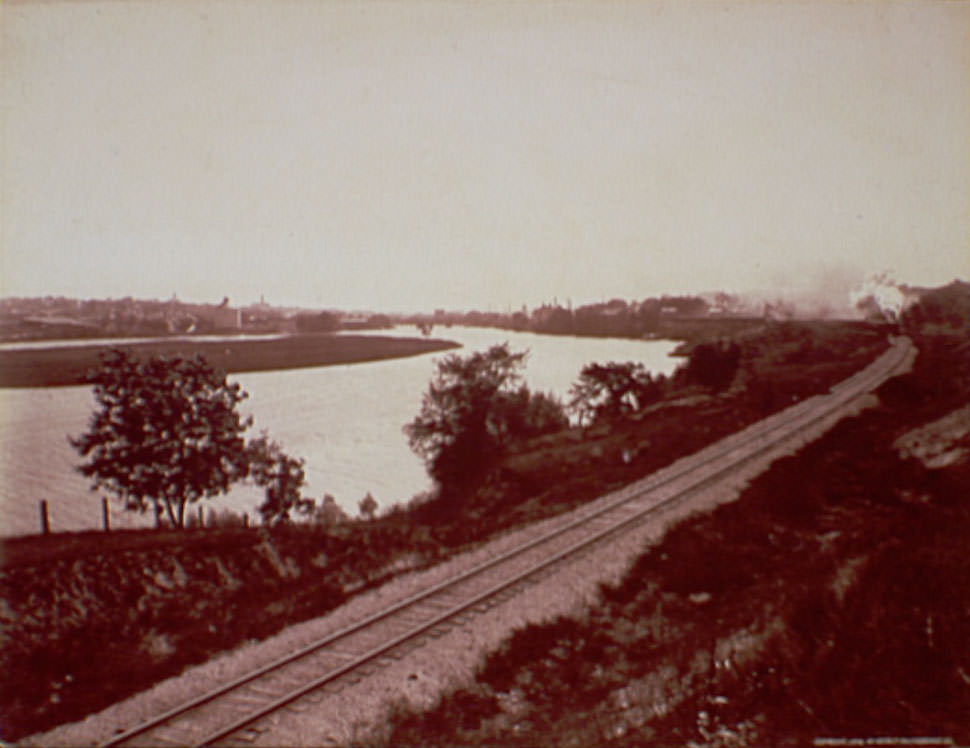
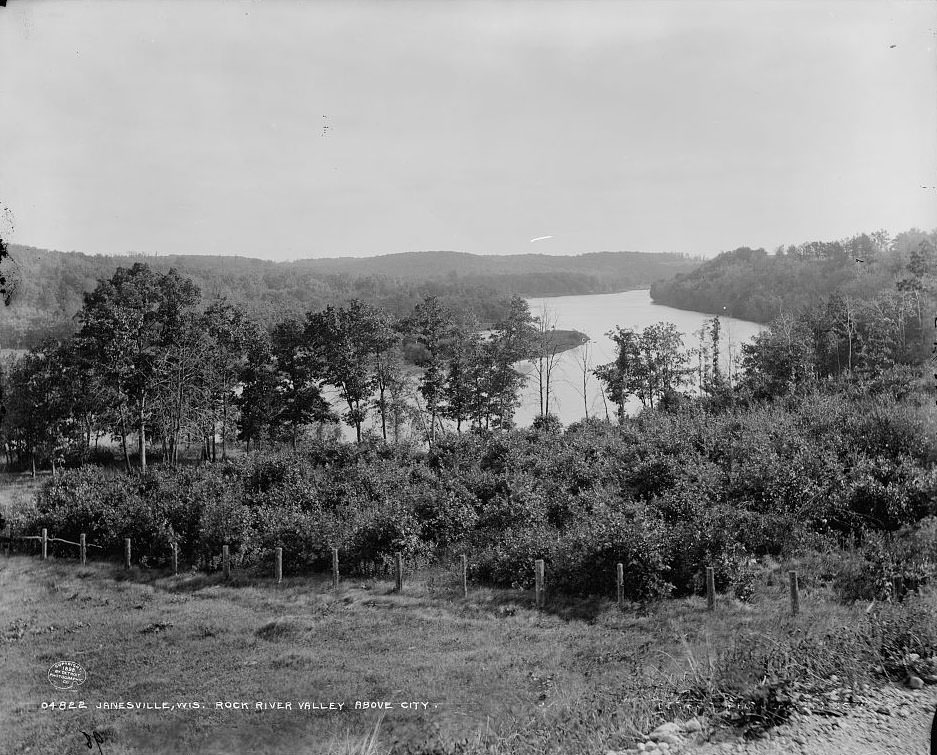
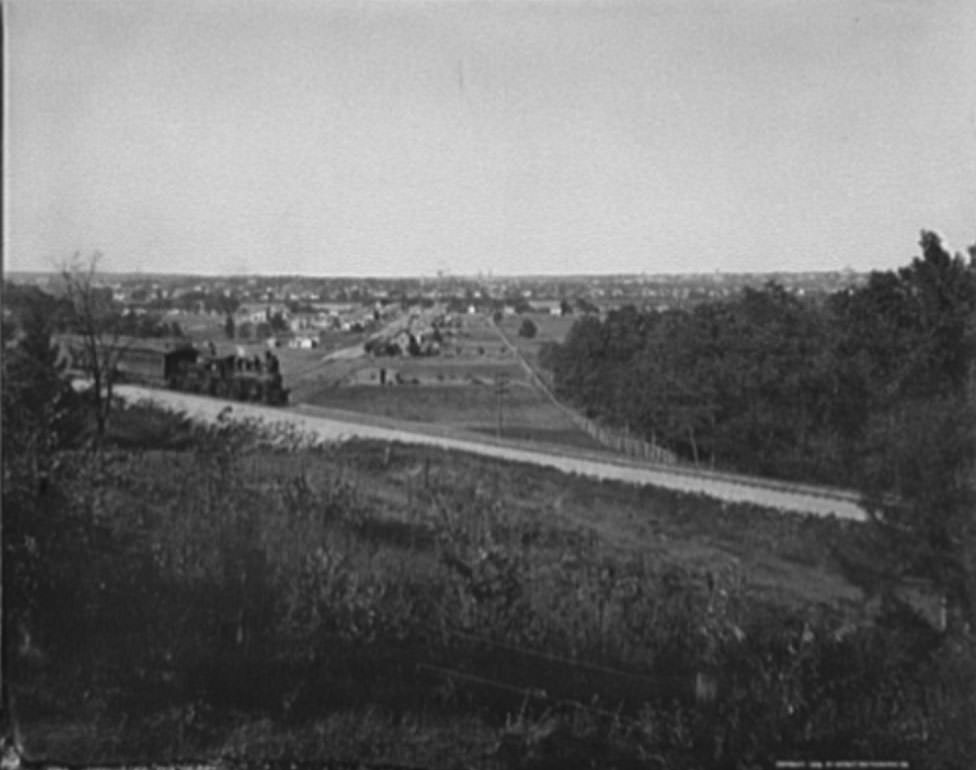
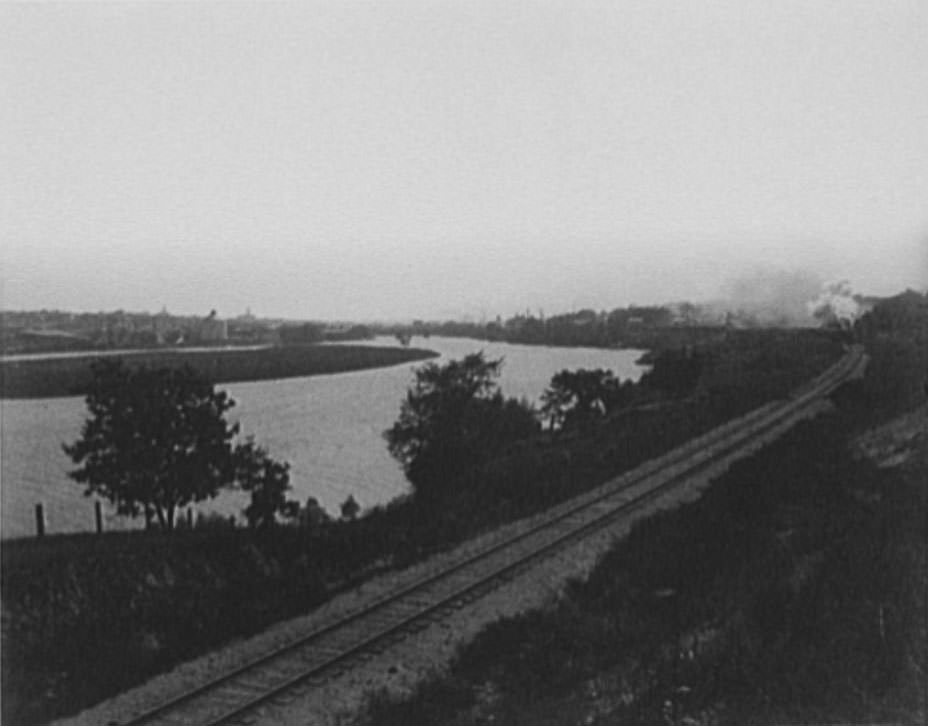
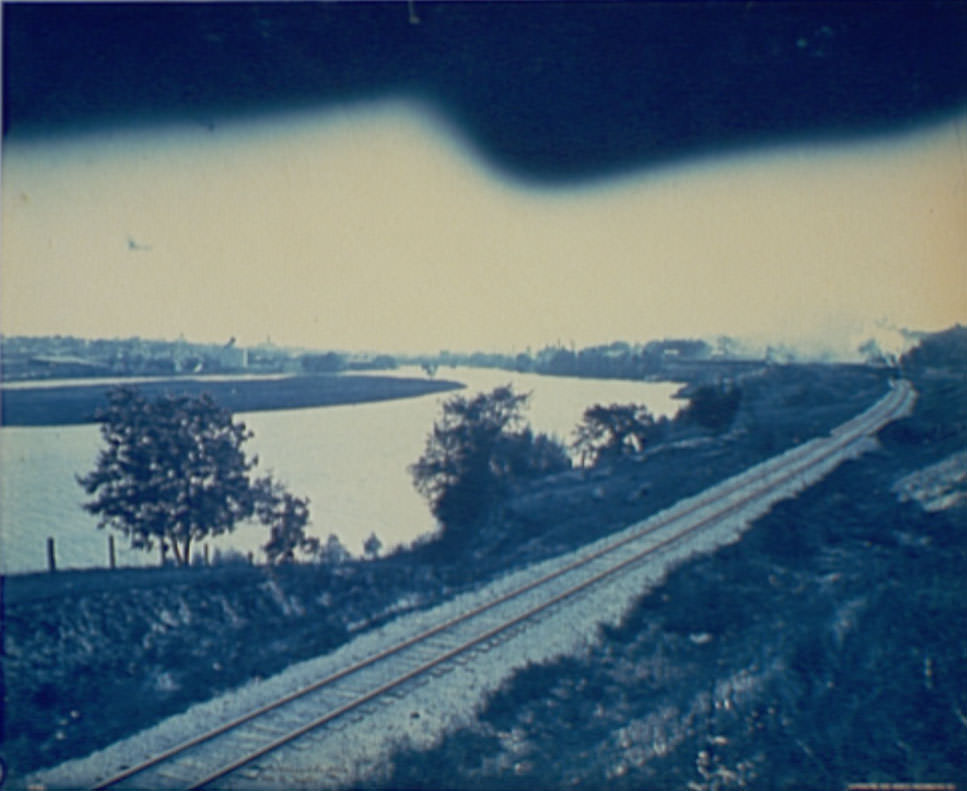
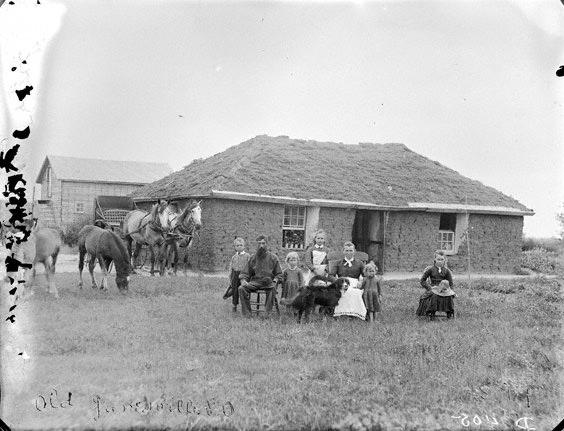
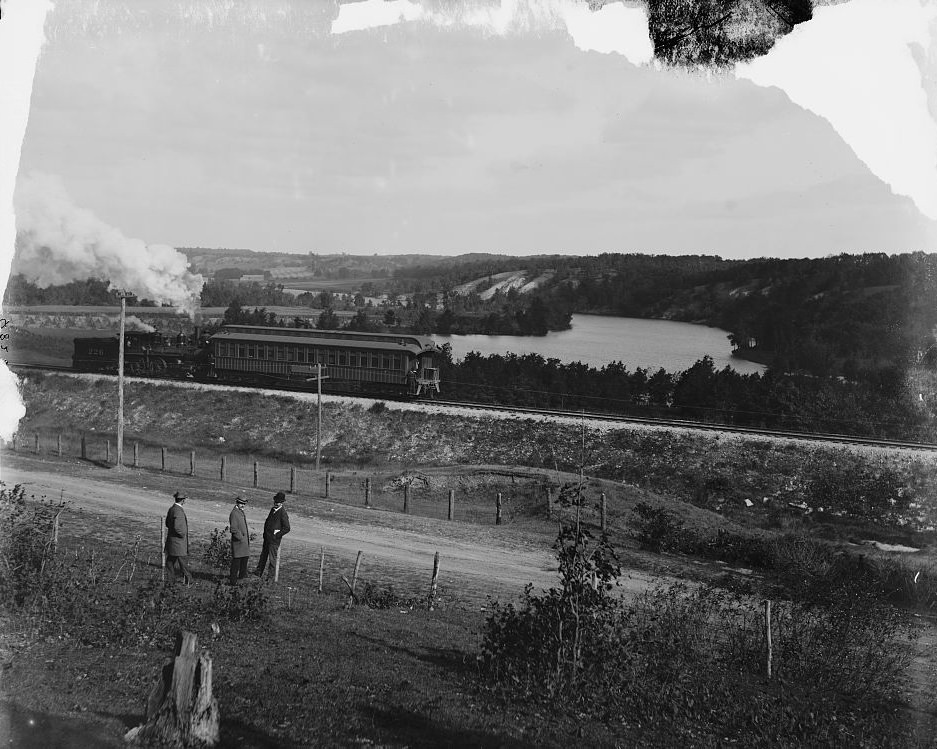
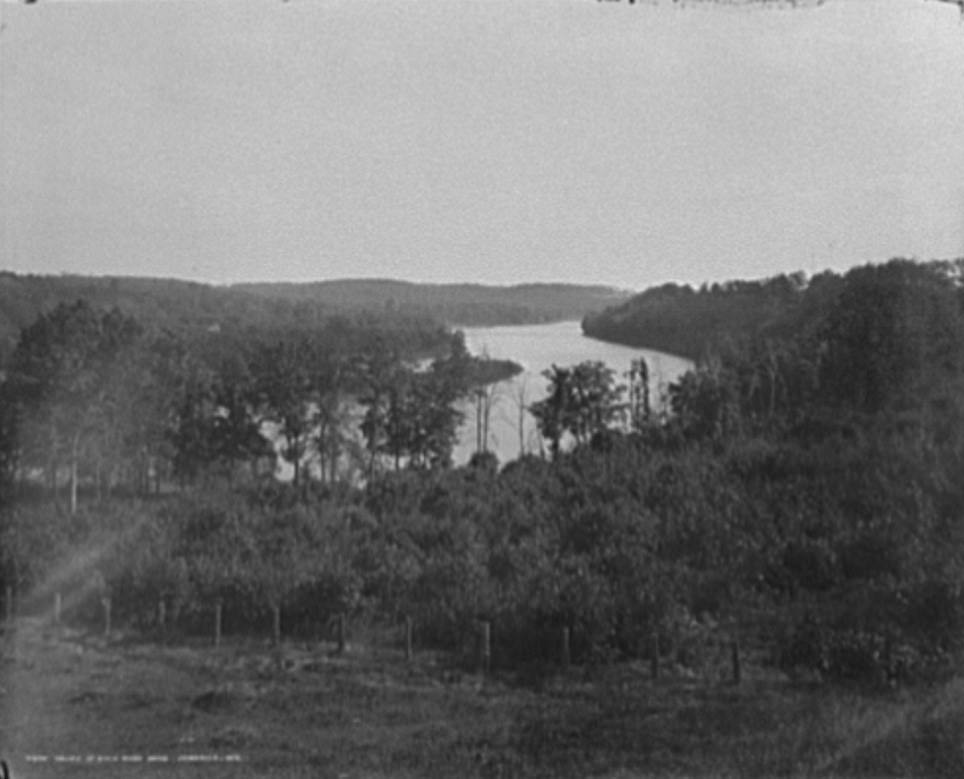
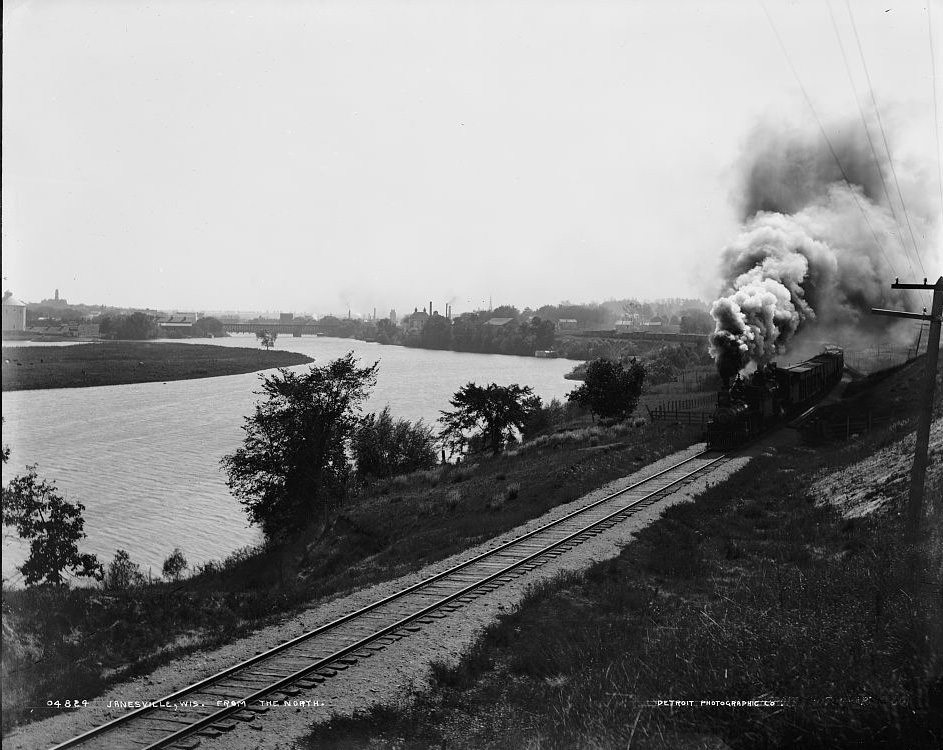
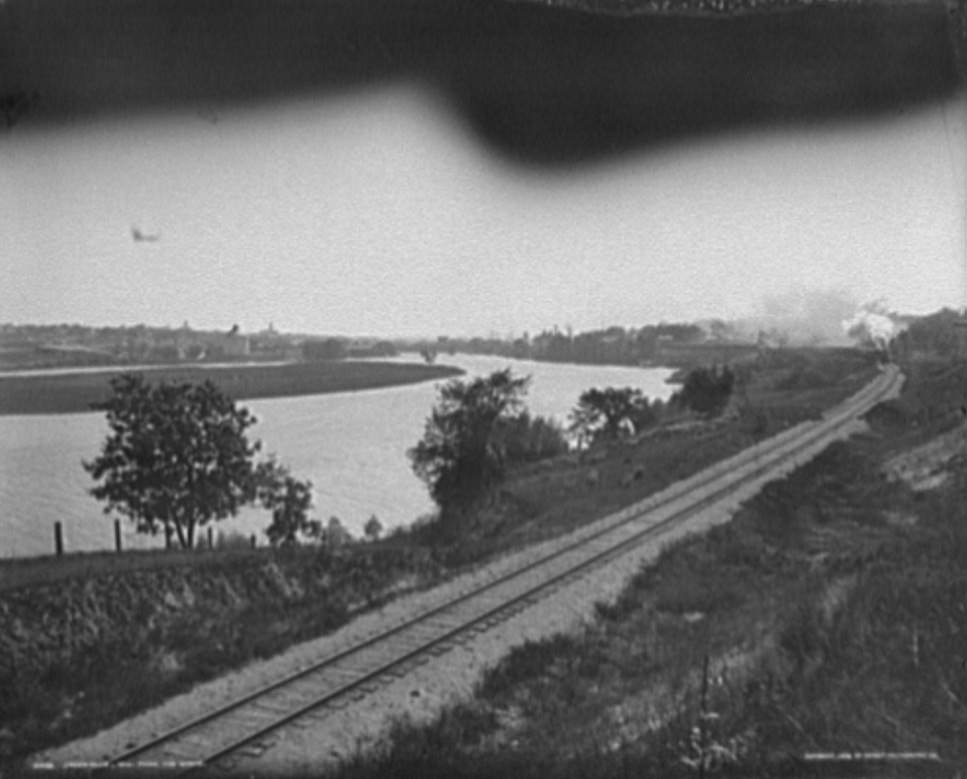
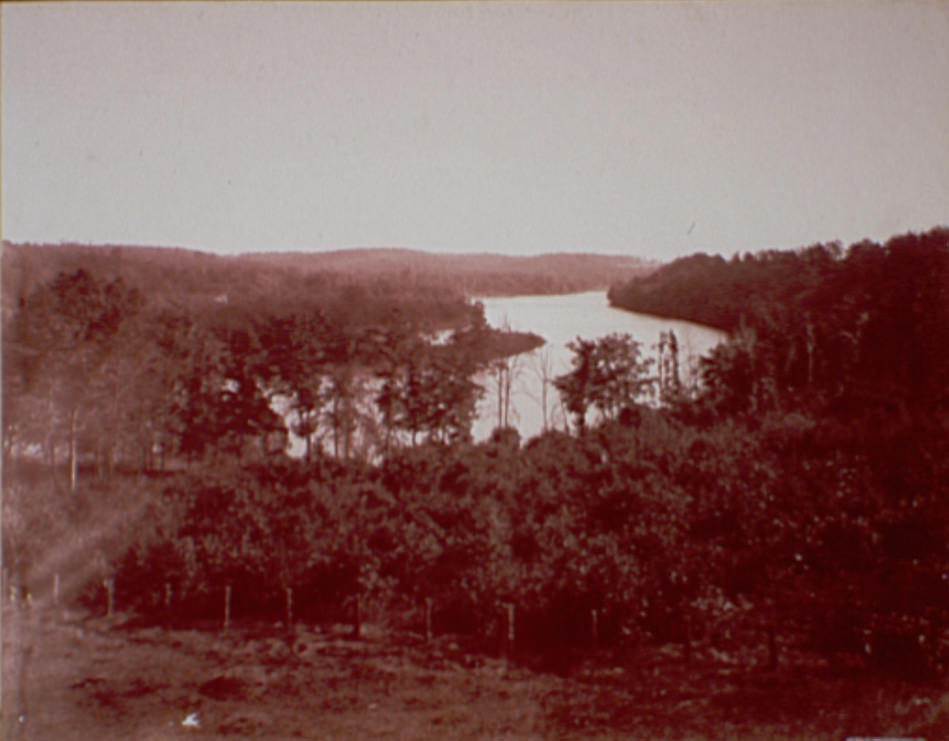
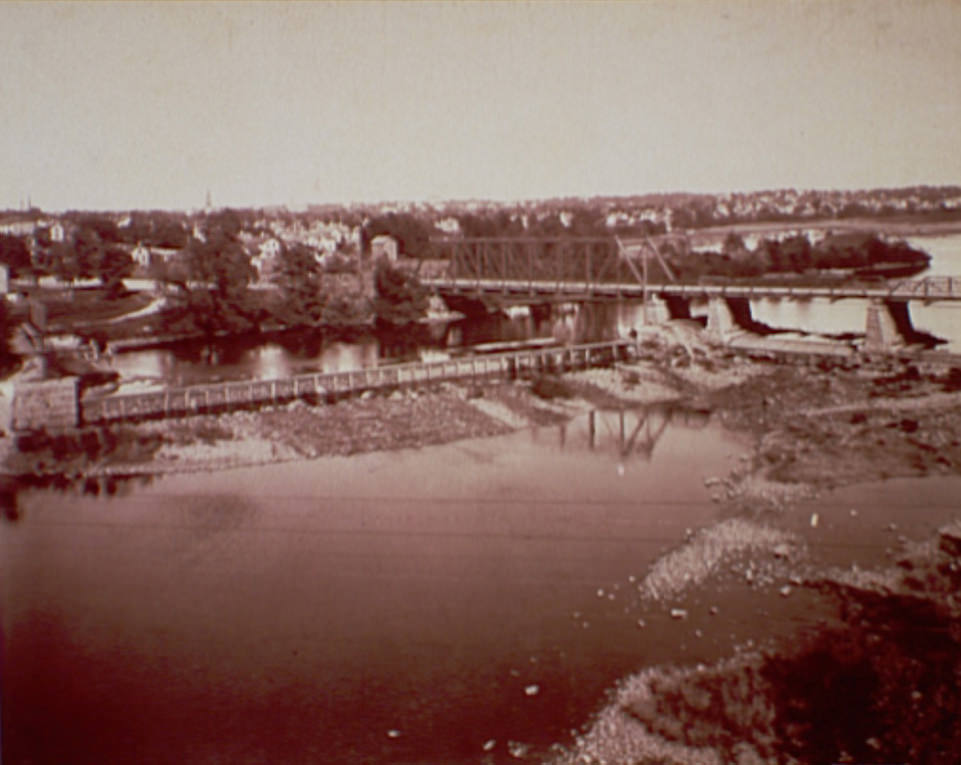
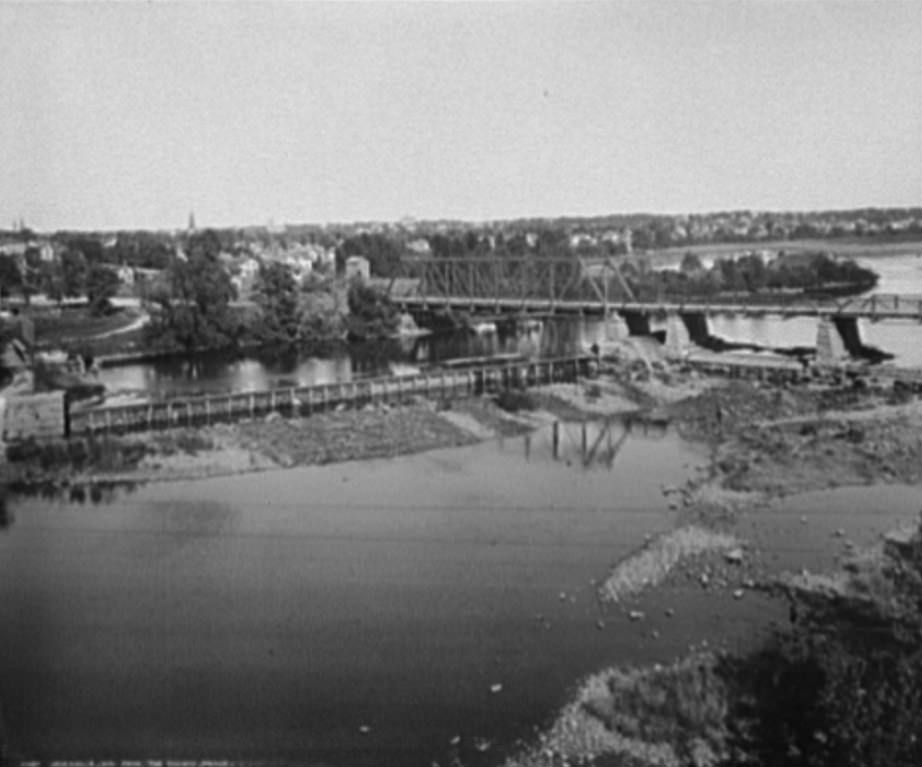
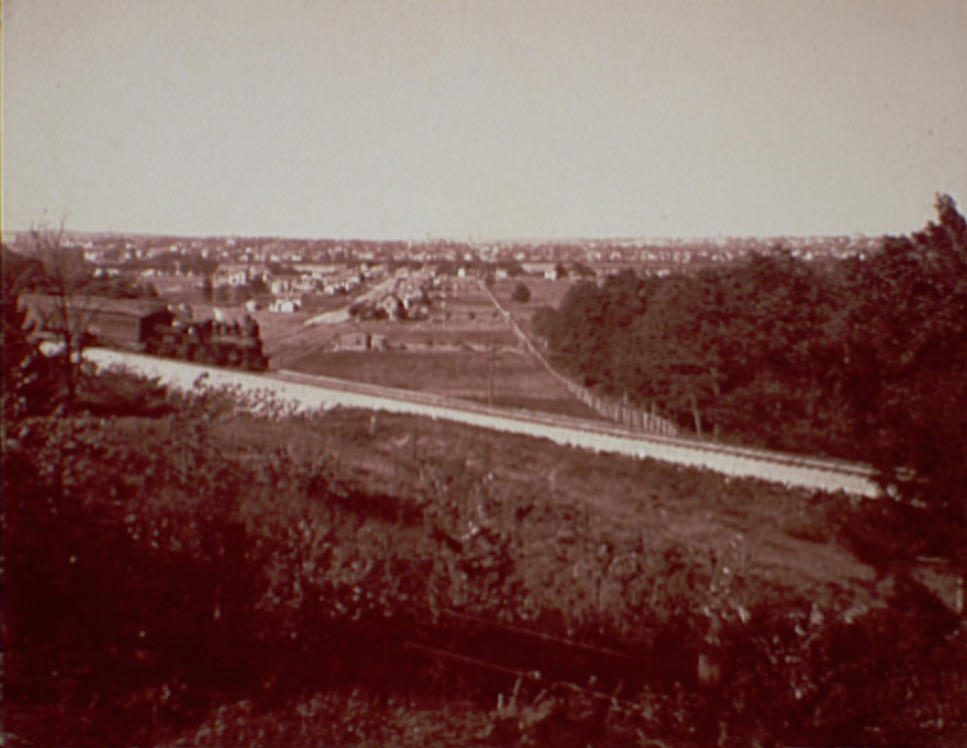
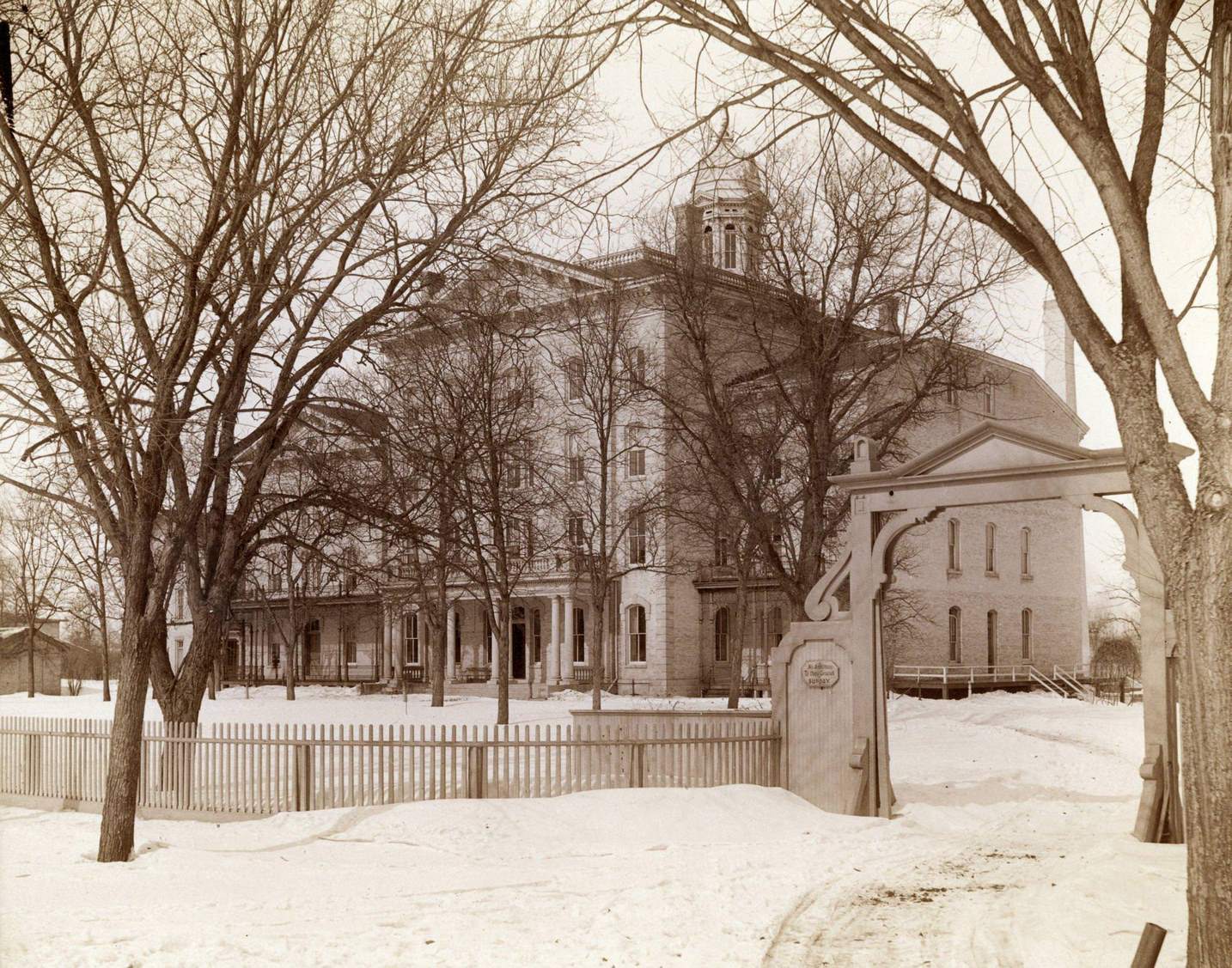

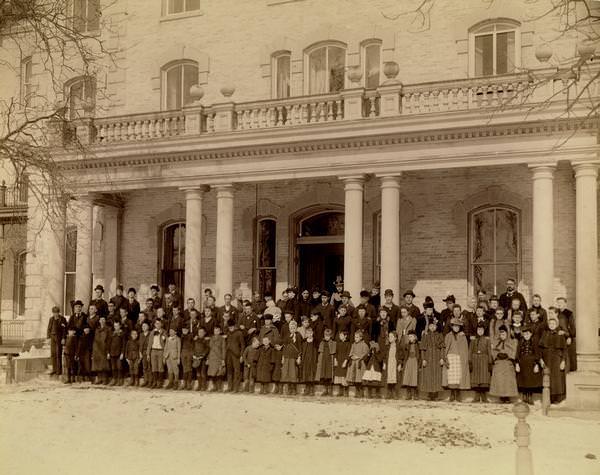
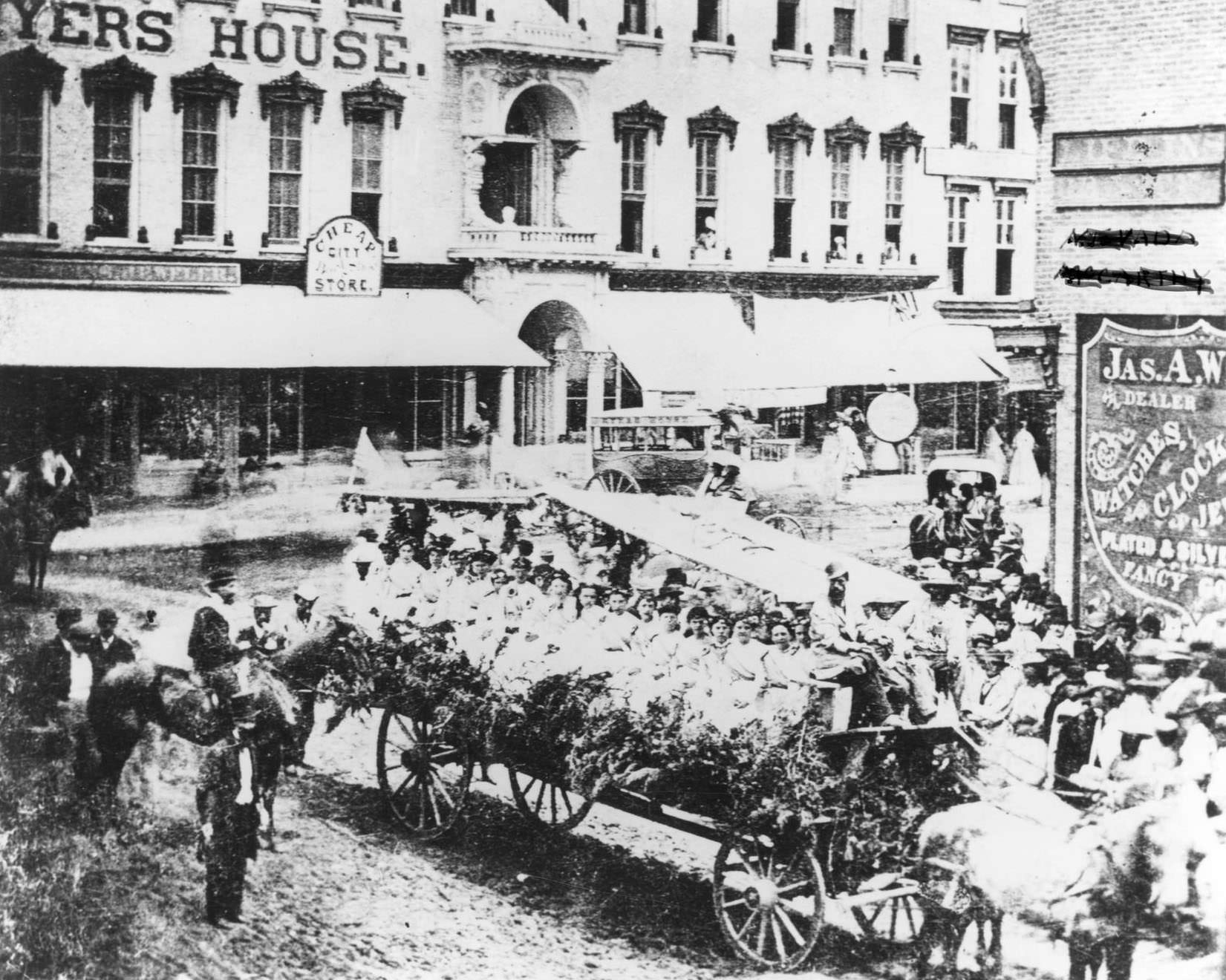

It’s remarkable how much the area has transformed over time. Unfortunately, it seems that their attitudes have remained stagnant.
Very cool. Lived in Janesville most my life and never knew the story behind it. Interesting read.